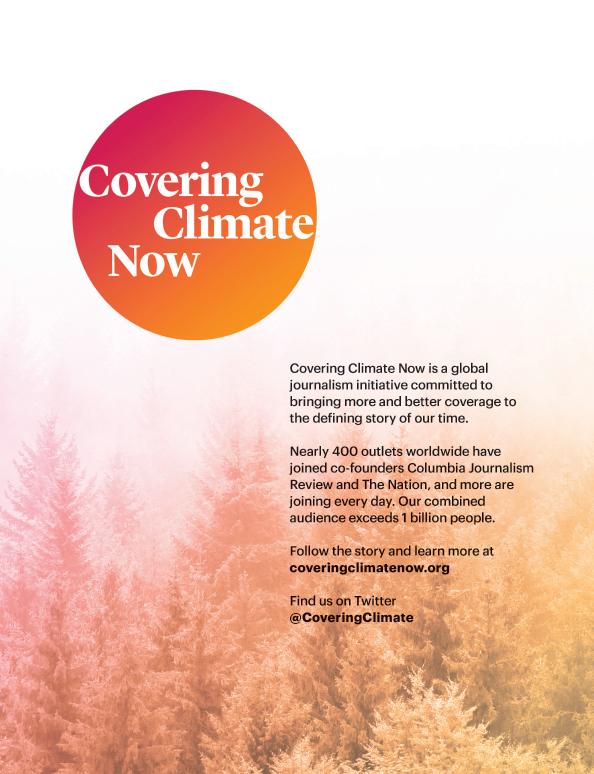STEP CLOSER TO NATURE WITH








Discover the path to a peaceful life among other living beings. We are all made of vibration and light in the universe to manifest our energy around all livingness.


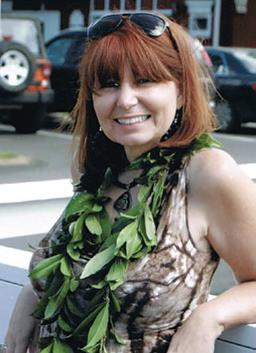
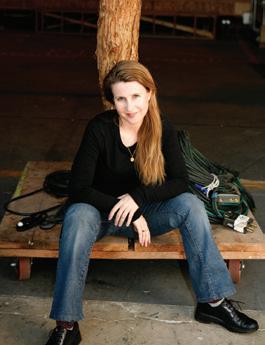
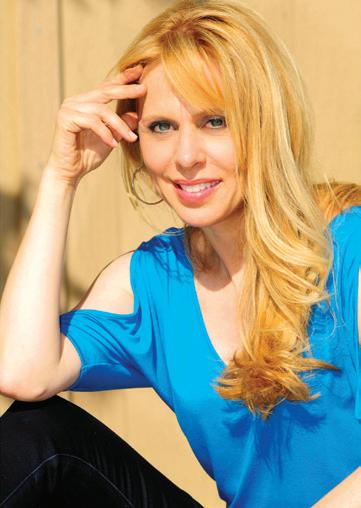
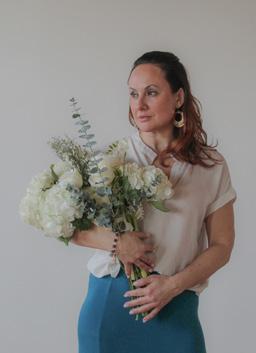



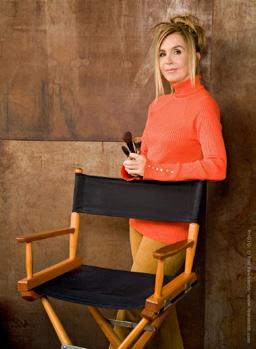
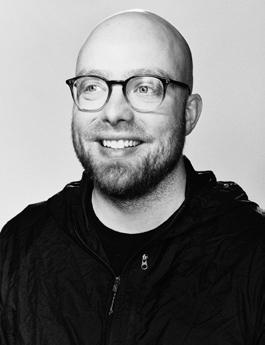

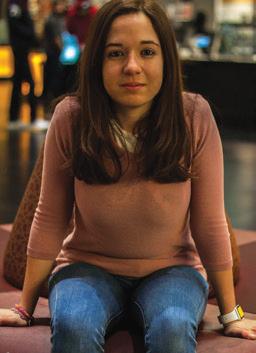
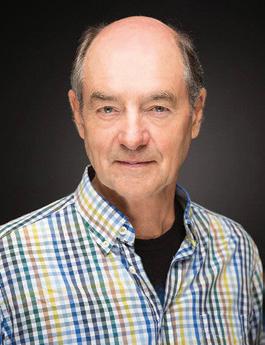
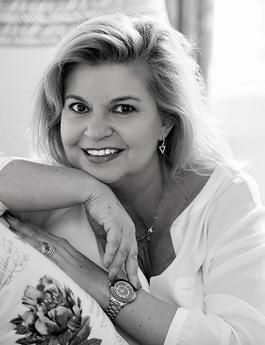
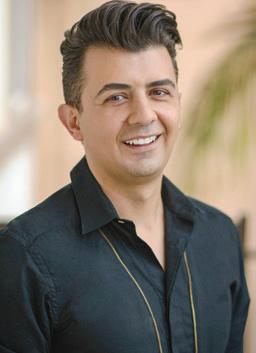

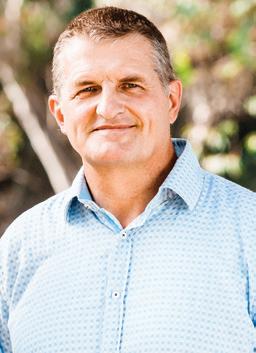



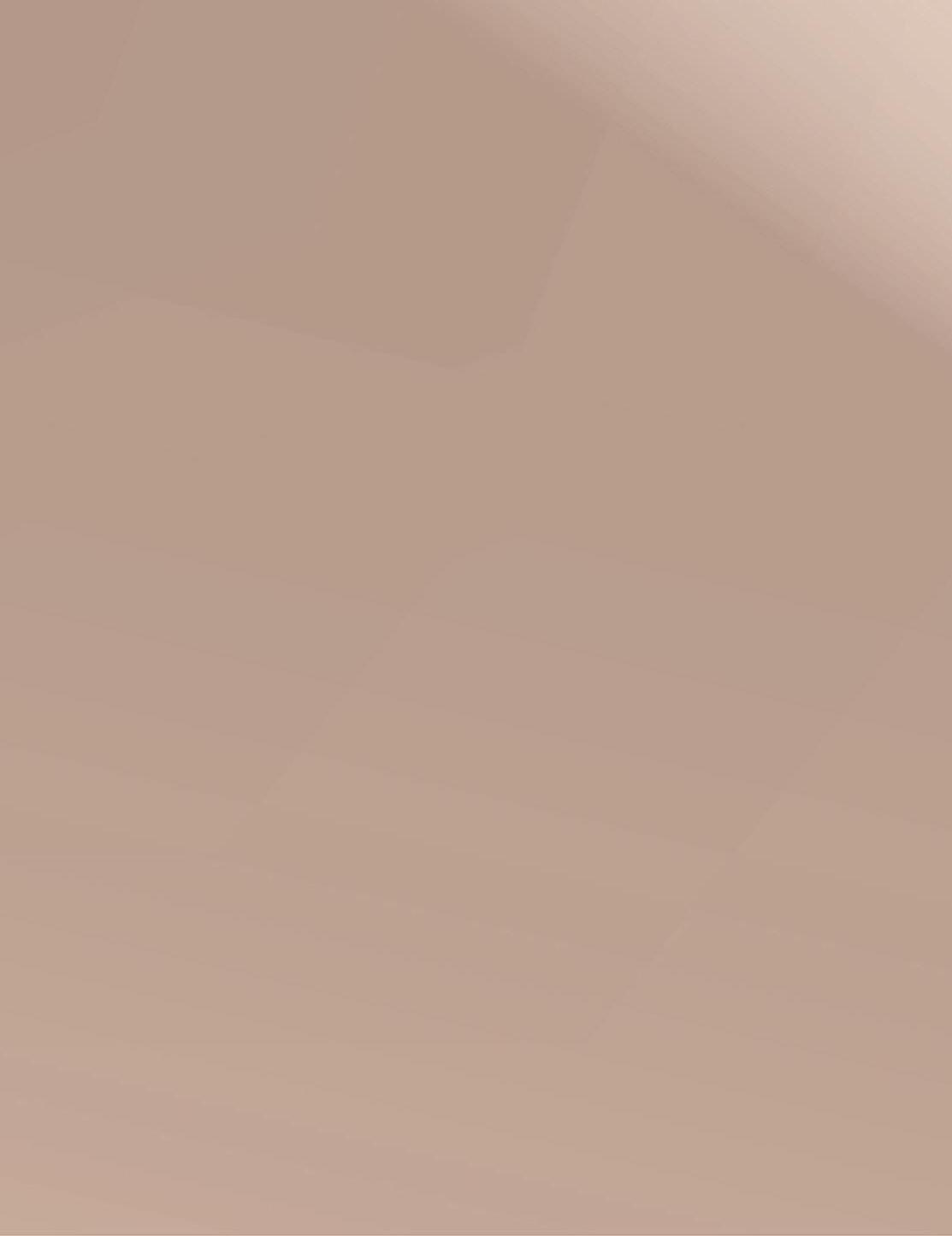
Since 2010
The Eden Magazine is a free online publication focuses on spreading compassion to all Sentient Beings living in a healing and peaceful world
FOUNDER & EDITOR-IN-CHIEF
MARYAM MORRISON
EXECUTIVE EDITOR/ CONTRIBUTING WRITER DINA MORRONE
COMMUNICATION DIRECTOR/ CONTRIBUTING WRITER
ALEXIA MELOCCHI
CONTRIBUTING WRITERS
SUSIE SCHROADTER
SHERRI CORTLAND
JOE SANTOS, JR.
NIKKI PATTILLO POLLY WIRUM
ZEE
GUEST WRITER
PHILIP SMITH
CONTRIBUTING STYLISTS + MAKEUP ARTIST
EDWARD HAKOPIAN
LISA JOY WALTON
GRAPHICS & PHOTOGRAPHY
JSQUARED PHOTOGRAPHY @J2PIX
ARTIN MARDIROSIAN (Nexision)
SHERI DETERMAN
GRETA PAZZAGLIA
GREG DOHERTY
BEN ROLLINS
ISABELLE RUEN
WEB DEVELOPER BRAD WALLACE https://bradwallacedesign.com/

325 N. Maple Dr. Po Box 5132 Beverly Hills, CA 90209
To purchase a copy visit us in www.theedenmagazine.com
maryammorrison@theedenmagazine.com
40
8
HOW WE CREATED THE HOTTEST GLOBAL AVERAGE TEMPERATURE DAY AND WHAT TO DO ABOUT IT by Dr. Rob Moir
14
BERTIE GREGORY BRITISH WILDLIFE FILMMAKER, PHOTOGRAPHER AND EXPLORER An interview by Alexia Melocchi
28
MYSTERIES OF THE BREATH by Isha Foundation
32
THE LAST INVENTION by Diane Lilli
36 CONNECTION THE MISSING LINK IN TODAY'S WELLNESS WORLD by Dr. Alona Pulde
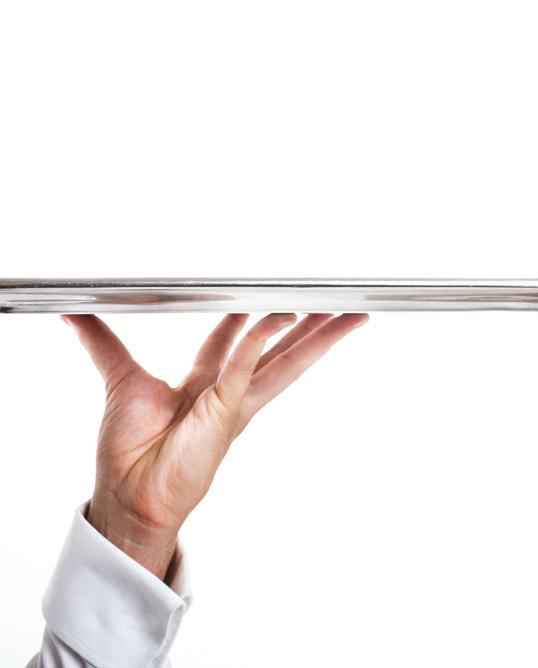
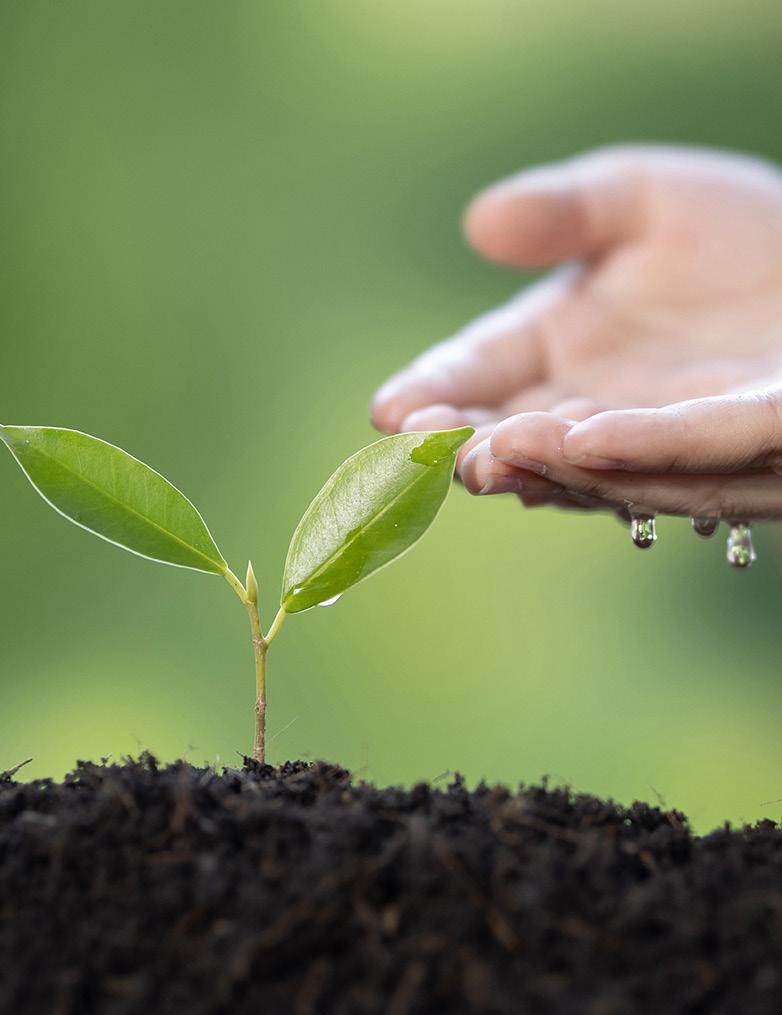



40
GOURMENT VEGAN FOOD WITH CHEF SUZI GERBER

44
5 AIRPORT SAFETY PRECAUTIONS FOR MORE STRESS-FREE TRAVEL by Robin Miller
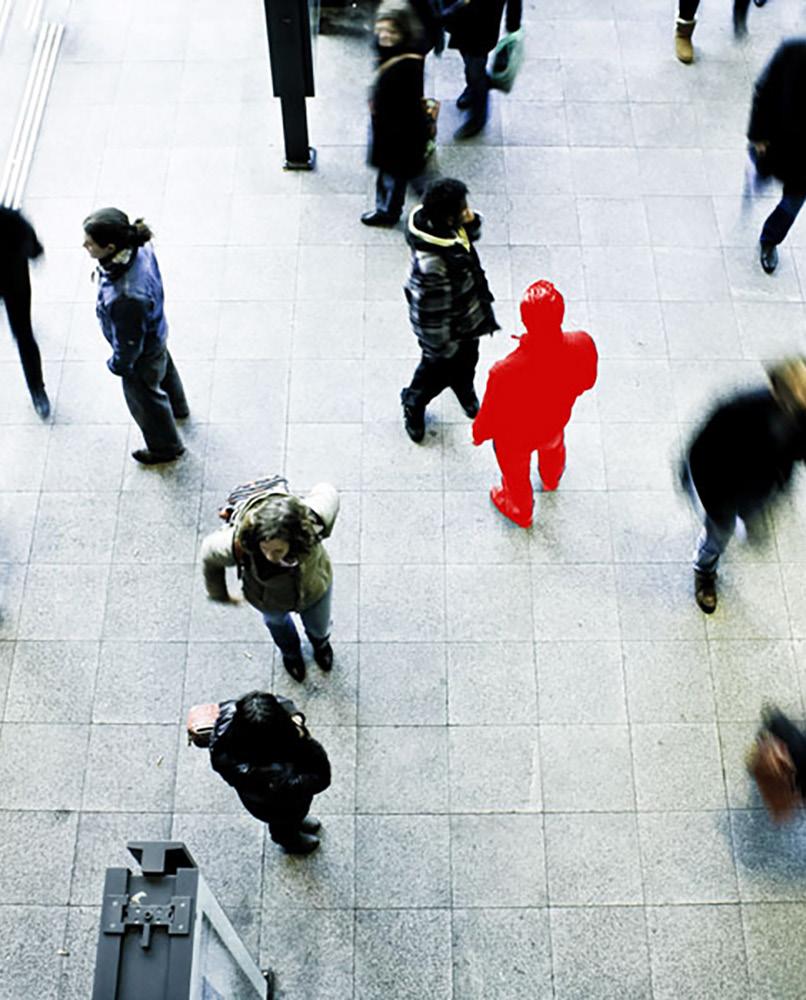
48
EXPLORES HOW TO USE SHADOW WORK TO RECOVER FROM SPIRITUAL ABUSE... by Connie Zweig, Ph.D.,
52
5 REASONS TO INDULGE IN WASTING TIME by Emil Rem
NATIONAL GEOGRAPHIC FOR DISNEY + JAMES BRICKELL Designed
62
BREWED FOR THE COMMON GOOD
by Zee66
THE MYSTICAL WAYS OF THE FULL MOON & HOW IT CAN AFFECT YOU
 by Polly Wirum
by Polly Wirum
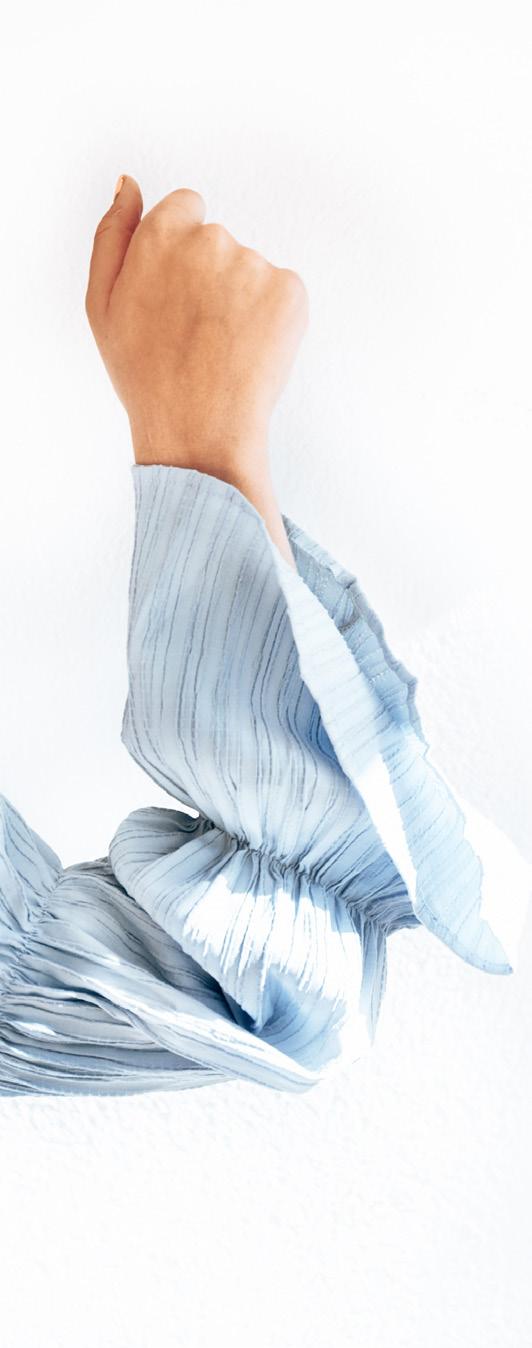
70
DO YOU HAVE A PSYCHIC STAR CHILD?
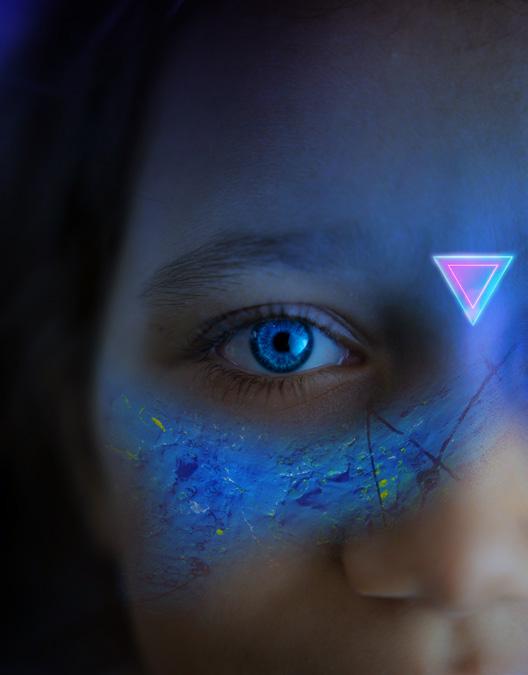

 by Nikki Pattillo
by Nikki Pattillo
76
HOW TO BECOME A CHANNEL OF LOVE
by Susie Schroadter84
THE WORLD IS LIKE A MOVIE, A DREAM, A VIDEO GAME by Rizwan Virk
92 MYKONS & ATHENA A FURRY TALE by Gary Stolkin
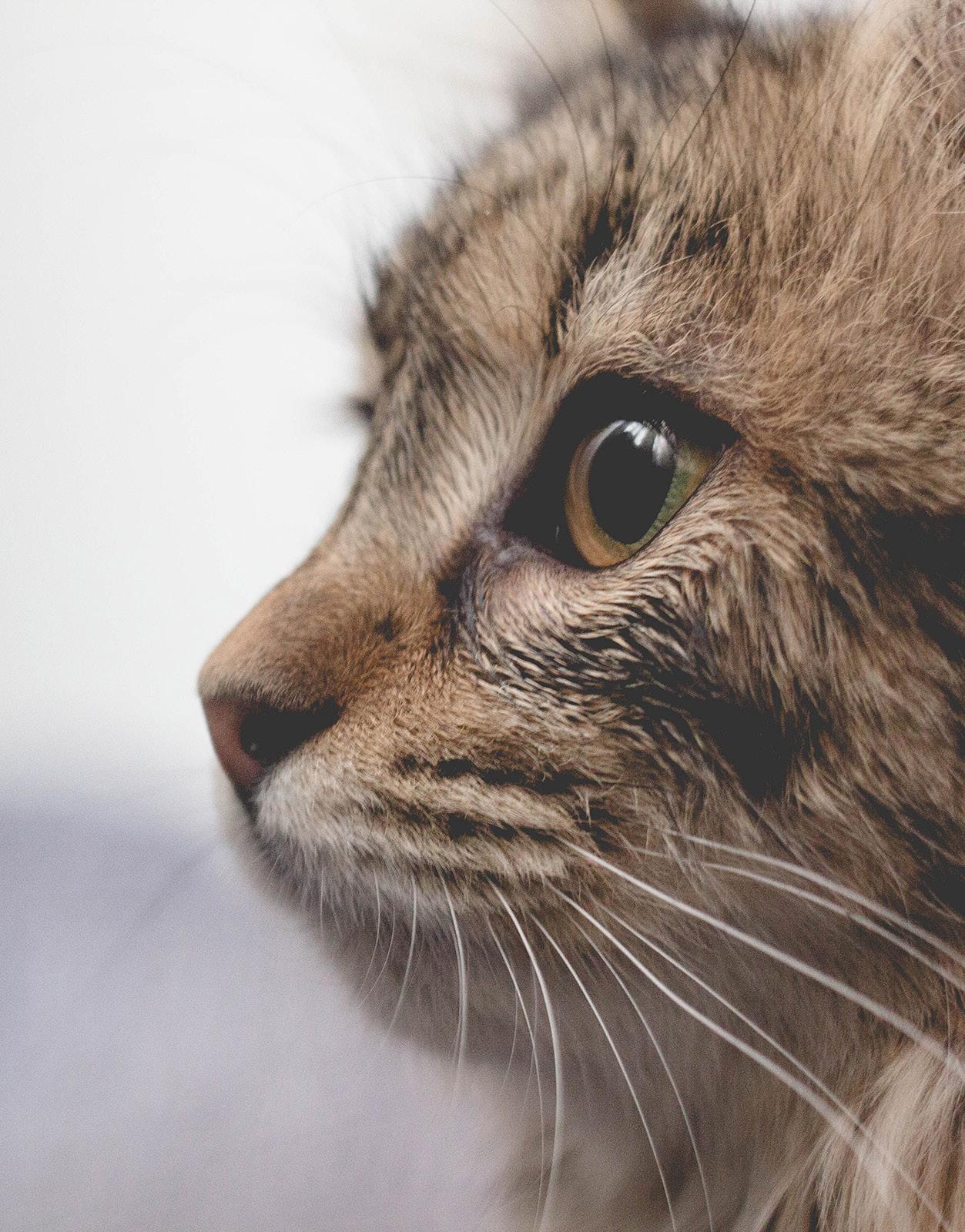

104
HOW A FAMILY CARES FOR LIAMAS IN GUATEMALA AND TEACHES CLIMATE ACTION by Isabella Rolz Covering Climate Now
It was more than fireworks heating up the sky during the 2023 Independence Day celebrations.
July 3 was the hottest day recorded as a global average of temperatures taken at hundreds of sites worldwide. The worldwide average for that day was 62.62 degrees Fahrenheit. The record stood one day until July 4, which was even hotter at 62.92 degrees. The previous record was 62.46 degrees, measured on August 14, 2016.
The third-place record was set despite the many parts per million increases in atmospheric CO2 driving climate change because there was also an El Nino in the Pacific Ocean off California. An El Nino is an ocean effect when warm water is along the coast instead of offshore, permitting cooler water up well. This is one example of how the ocean determines the climate. The ocean is so complex that we cannot predict how long the warm El Nino will stay along the continent or when the El Nino will draw back, releasing cold upwelling water to the surface. Every year we are spectators to what the ocean is doing.
The Arctic Ocean also influences global average temperatures. The sea ice in the Arctic Ocean has
shrunk to cover less than a third of the surface, instead of the historic nearly two-thirds covered ocean. Most of the Arctic freezes over with the onset of winter in October. There continues to be an immense increase in the amount of sea ice forming.
Today's open Arctic Ocean has more than twice as much sea ice formed. At 32 degrees Fahrenheit, water molecules link up to form a solid, ice. Sea ice is fresh water because temperatures must be colder before the freezing water could include salt.
The cold, briny water next to the ice is the densest water in the world. It sinks, and cold, nutrient-rich Arctic water accelerates the thermohaline circulation of the world's ocean currents. Thus, in 2011 the Gulf Stream meandered further up onto the continental shelf towards Rhode Island, and in 2007, the Gulf Stream surfaced to warm Svalbard. More water is entering the Arctic Ocean from the Atlantic to increase the summer sea ice's melt further. This is why measuring air temperatures in the Arctic could not explain the rapidity of sea ice melt. The power and planetary influence of the ocean were underestimated, if considered at all.
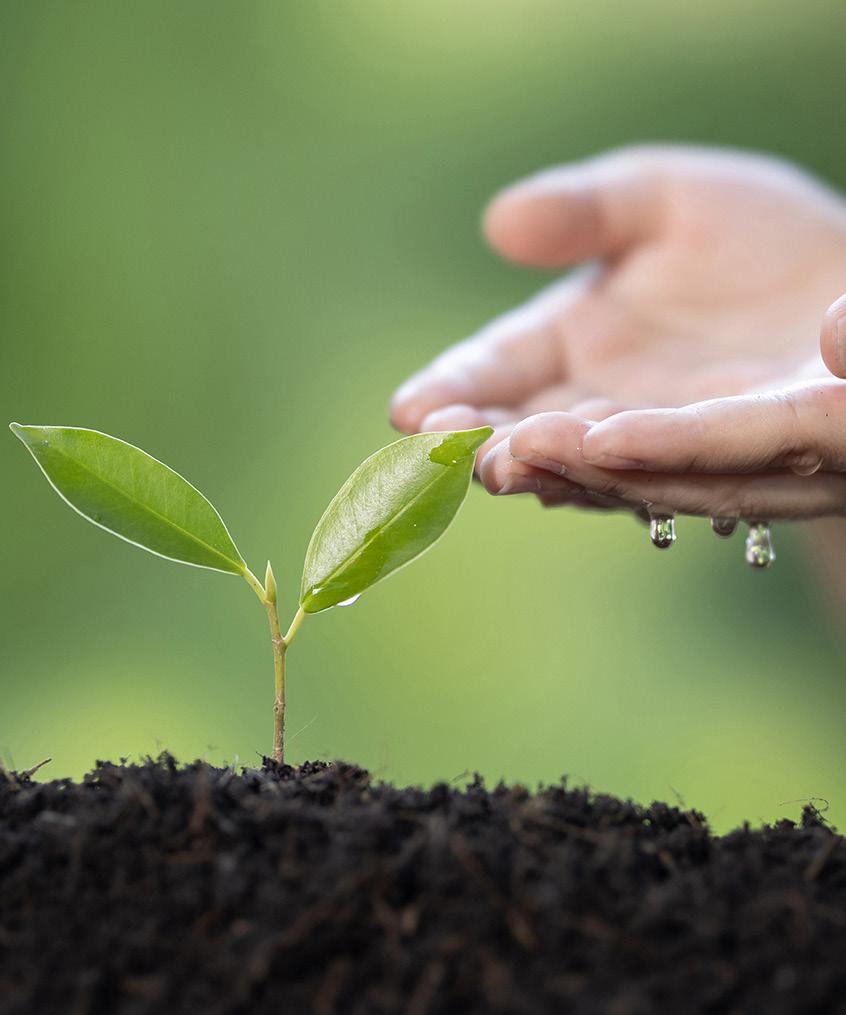
In 1896, Svante Arrhenius, Greta Thunberg's great, great grandparent's second cousin, calculated that increasing atmospheric carbon dioxide would increase and result in a 0.2 degree C rise in global temperatures. He was not alarmed because he understood that it would require people to alter the hydrological cycle for this to happen. Something he thought impossible given the immensity of global systems.
George Perkins Marsh understood how we were altering global water cycles. In his book Man and Nature, or Physical Geography as Modified by Human Action (1864), Marsh documented how humanity had disrupted the hydrological cycle for 8,000 years. It began with agriculture that worked the land unnaturally. First, the furrow and later, the plow opened the soil to gas out water vapor and carbon. Green landscapes died by people clearing, burning, furrowing, fertilizing, irrigating, following, and generally messing with nature. Marsh documented the aridification and spread of deserts from Morocco across the Sahara, the Middle East across the Steppes to Mongolia. Our agricultural practices killed soils and stopped plant-driven local water cycles. During the Dust Bowl, Franklin D Roosevelt summed it up, saying, "A nation without soil cannot survive."
The problem is that atmospheric carbon (CO2) has risen from 350 parts per million or 700 billion tons of global carbon to 420 parts per million, 800 billion tons. To restore the planet to 350 ppm,
we must achieve net zero emissions and then draw down an additional 100 billion tons of carbon.
Where is the carbon to go? Aboveground global biomass is about 564 billion tons of carbon. A 20% increase in biomass is quixotic. Despite being a small percentage of the Earth's surface area, soil holds 2,800 billion tons of organic carbon, about three and a half times the carbon in the atmosphere. One hundred billion tons of carbon is less than 4% of soil's organic carbon.
Soil is alive, and dirt is not. More microbes are found in one cubic meter of soil than people living on Earth. Until recently, we only concerned ourselves with the top six inches. Meanwhile, plant roots were reaching down eight feet or more. As a result, we know more about the ocean, which is only a little of all there is to know, than we do about the rhizosphere, the realm of soil.
Soil is one of the few places not powered by the sun. Instead, plants take sunlight, carbon dioxide, and water to manufacture carbohydrates (liquid carbon). Carbohydrates are the only substance in the universe that naturally defies entropy and can be oxidized internally to give energy. Life reverses entropy with carbohydrates and concentrates energy up food pyramids to the extent that a pound of swordfish has the calories of 100,000 pounds of phytoplankton, seven trophic levels up.
Soil is living like flesh. Cut it with a shovel to sever the fungal networks binding the soil together. The transport of carbohydrates from plants is disrupted, as is the flow of nutrients and minerals prepared by bacteria to plants. The opened soil bleeds greenhouse gasses out into the air.
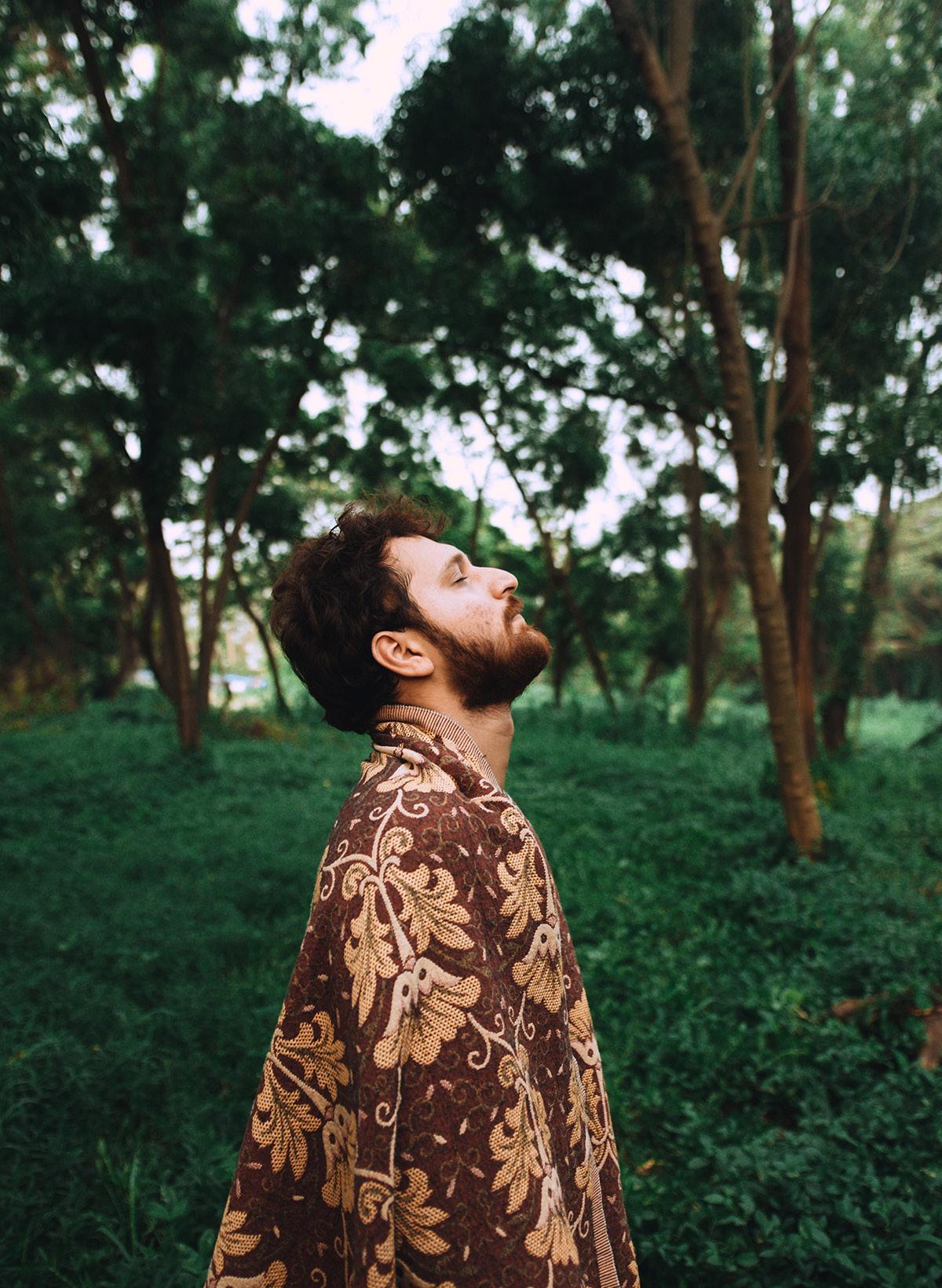
Support your local water cycles and enjoy more clouds. Deeping soils hold more water that protects homes from more frequent heavy rains.
Plants are set in their carbohydrate production ways to always direct the same carbon proportion to biomass and soil. Most plants retain twothirds of the liquid carbon for biomass. One-third is fed to the soil as root exudates. The soil carbon champions are prairie grasses, salt marsh, sea grasses, and even lawn grasses. Grasses always direct about half of the carbon to fungi and bacteria in the ground. Grasses create one ton of root exudate and one ton of biomass by drawing down 7.3 tons of CO2. An established lawn (not disrupted by chemicals or frequent fertilizing that keeps root tips at the surface) in the best weather can build an inch of soil in a year.
With four inches of soil, the lawn can swell to hold seven inches of rainwater. The more water in the soil, the more plants will grow, and the more carbon dioxide is drawn out of the air.
Plants regulate microclimates by opening stomata to release water vapor. When hot, plants release water vapor that evaporates to cool the immediate surroundings. This is why standing beneath a leafy tree on a hot day is cooler than standing in the shade of an awning. Conversely, at the coldest time of day, before dawn, plants actively release water that condenses and forms dew to warm the area.
Water and bacteria released by plants rise into the air, while water vapor will come together around bacteria to form white puffy cumulus clouds that reflect the sun's energy. A million bacteria with vapor are needed to form a raindrop with sufficient weight to fall to the ground. (Water vapor around dust particles is statically charged and repels to form a haze that is too light to fall.)
Land covered by plants will reradiate about 20% of the heat energy from the sun. A patch of exposed dirt or an impervious surface such as asphalt warms the planet by reradiating about
60% of the energy.
Water transpired by plants rises to form cumulus clouds that reflect light and further cool the planet. Clouds once covered more than 50% of the Earth. Today, clouds cover less than 50%. Conversely, high cirrus clouds retain heat to make water vapor the largest greenhouse gas weighing in at 100 times the concentration of carbon dioxide. Fortunately, although massive, water vapor is very dynamic and constantly shifting, unlike carbon dioxide which lasts for centuries. We need just a few percentage points more of cumulus cloud cover to swing the planetary balance for the better.
Each of us can make a difference by stewarding the growth of plants. We may cover cement patios and steps with potted plants and raised beds on hard surfaces. Turning a hardscape to green decreases reradiated heat by three times. Support your local water cycles and enjoy more clouds. Deeping soils hold more water to better protect homes from flooding, erosion, and storm damage.
With more water held in the ground, plants draw down more carbon to manufacture more organic carbon. Organic carbon can go in one of two directions. Carbon can either burn/ oxidize or be stored in soil and sediments. Soils may undergo a chemical transformation to form hummus, where carbon is held for thousands of years.
We must increase soil carbon by 4% and increase planetary reradiation with more plants and cumulus clouds by 2% to right the wrongs. Less than 20% of the world's lands are covered by soil, and around 40% are deserts and degraded soils. This does not include urban areas. With incremental increases in more plants, especially grasses, healthier soils, and restored local water cycles, we will live more comfortably while restoring the climate without unwanted July 4th climate fireworks.
Dr. Rob Moir is a nationally-recognized and award-winning environmentalist. He is president & executive director of Cambridge, MA-based Ocean River Institute, a nonprofit providing expertise, services, resources, and information unavailable on a localized level to support the efforts of environmental organizations. P lease visit www.oceanriver.org for more information.
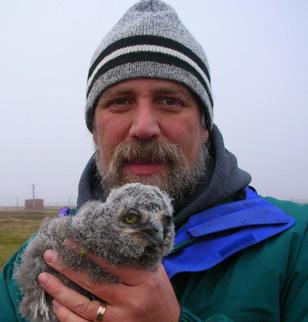



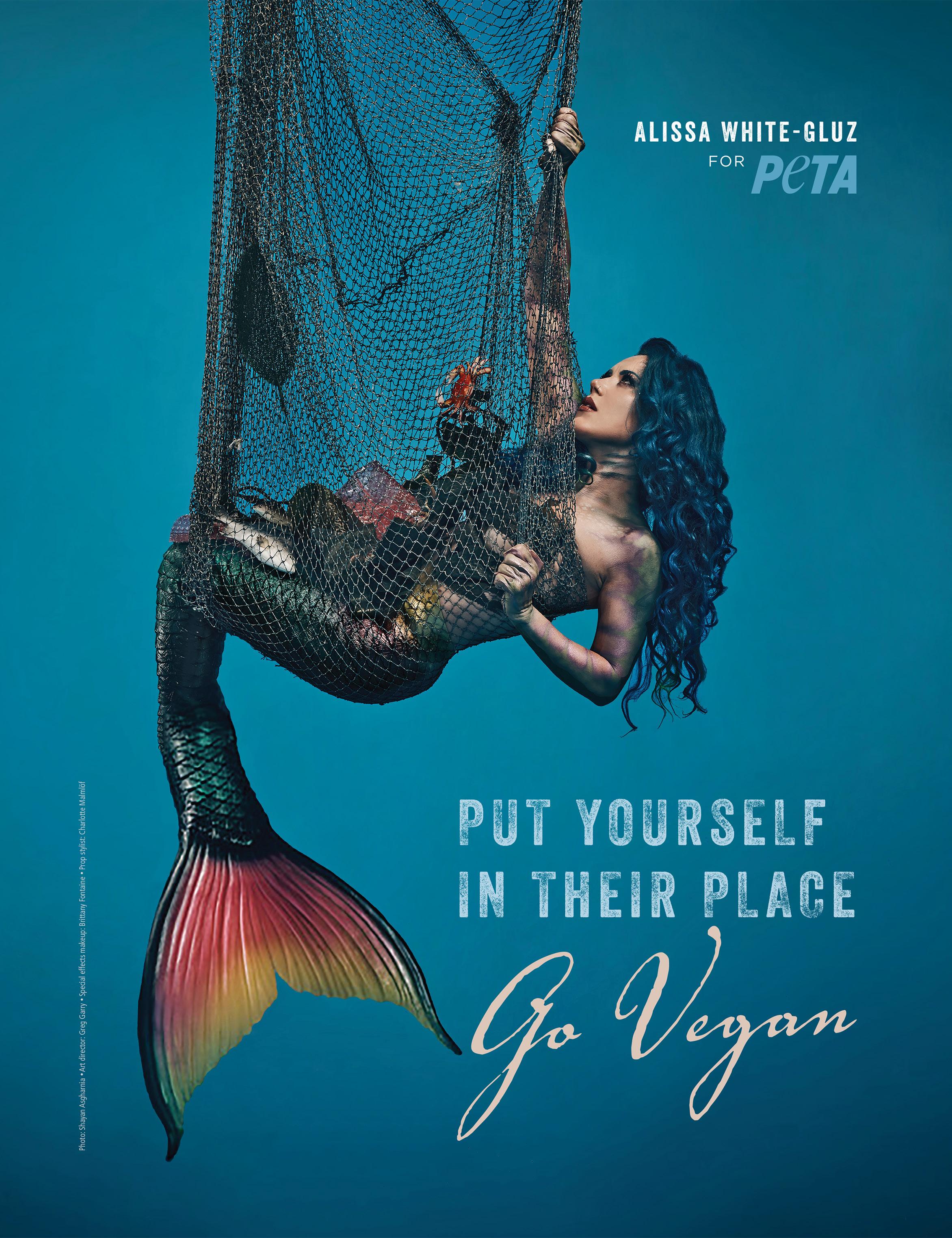
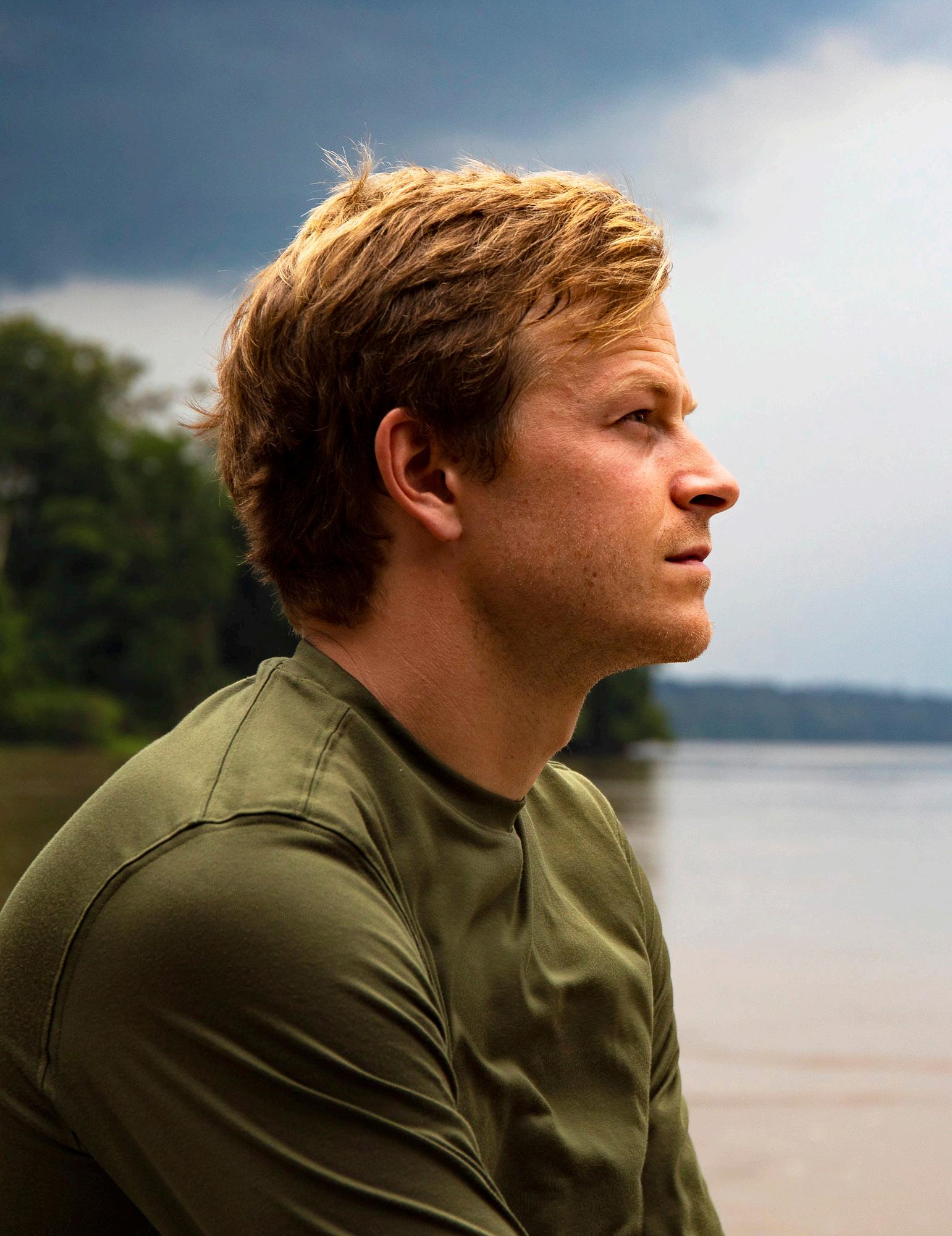
In this exclusive interview for The Eden Magazine, we sit down with the young and talented British wildlife filmmaker and photographer Bertie Gregory, whose passion for conservation and storytelling made him a popular 5-time Host of National Geographic's project. His latest Show, "Animals Up Close," premiering in September on Disney +Bertie, follows animals up close, at times in hazardous conditions, giving us a picture of their daily battles. This epic and visually stunning journey has been an extraordinary adventure, filled with fascinating tales and research as he documents encounters with nature's most majestic beings.
Bertie, how did you get into wildlife photography?
I am, first and foremost, a wildlife enthusiast, while a filmmaker second. From an early age, I would spend endless hours exploring the outdoors with my family in the UK. I was obsessed with watersports and the ocean, and in water, you develop an appreciation for that world. There's no one telling you; you've got to love the sea.
As a teenager, I also had the curiosity for sneaking up on animals and capturing their beauty through my lens, thus laying the foundation for my wildlife photography career.
How did you get your start in the field?
I started submitting my work to wildlife photography competitions and won awards. That's where I caught the attention of the legendary National Geographic photographer, Steve Winter. That encounter forever changed my trajectory, as he hired me to assist him on
a journey helping Steve for two years. Then I worked for ten years for National Geographic. Steve Winter took a picture of P22 by the Hollywood sign in Griffith Park. And now, I am living my dream of hosting a Disney show that will bring audiences up close and personal with the wonders of the animal kingdom.
We watched all six episodes, and we were mesmerized. This is not your typical wildlife documentary. It's a brilliant blend of adventure and conservation. Did you have a say on the locations chosen and the creatures you followed?

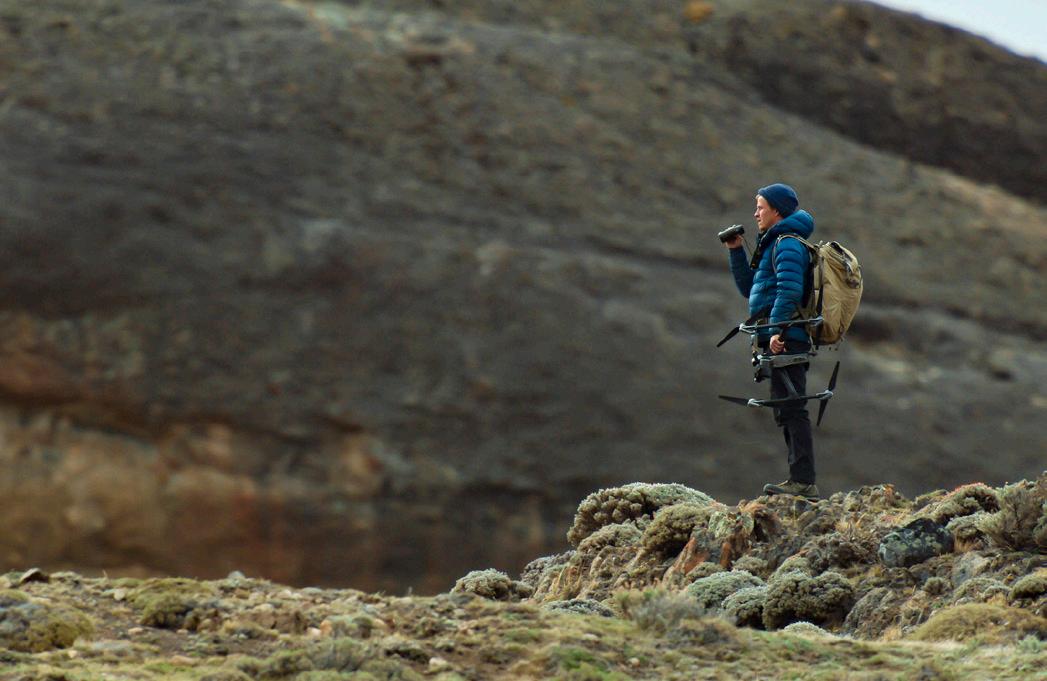
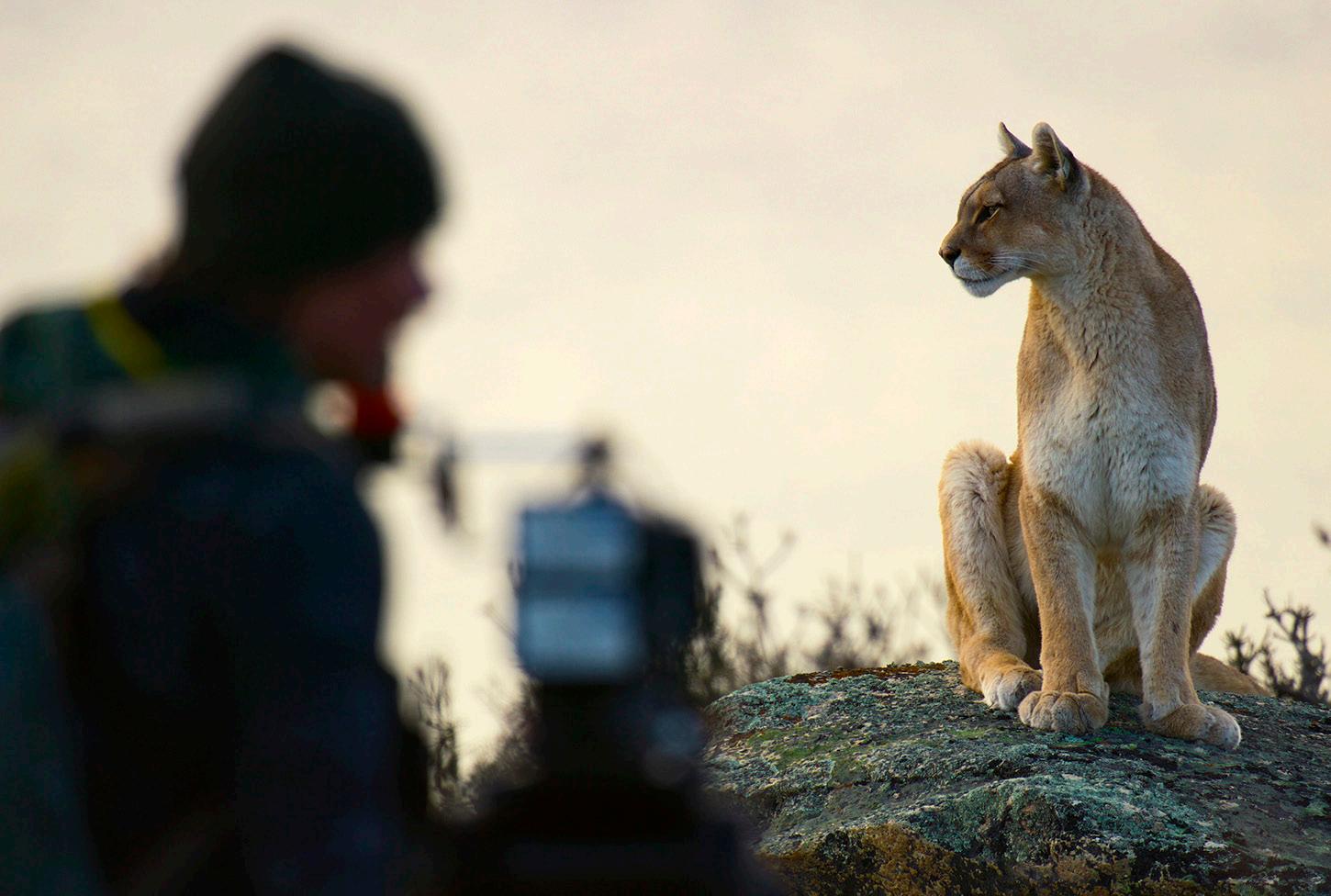
With ten years of traveling worldwide, you constantly search for rumors and stories. Some of it comes from scrolling an Instagram story. And then we have a big team of researchers continually looking at access to places sometimes that other shows can't get because we're telling the whole story with the significant environmental context on top of studying fantastic animal behavior in their natural habitats.
The animals you follow have such survival instincts; you see them overcome these environmental changes as they find a way to survive. And it's easy to feel helpless. Do you have a call to action in the Show?
Absolutely. Beyond the thrilling encounters, we want to highlight the pressing climate change issues and human impact on wildlife. We want viewers to play an active role in preserving our planet's rich biodiversity. For example, went we went to film in Missoula Marine Reserve twenty years ago, it was overfished.
As a teenager, I also had the curiosity for sneaking up on animals and capturing their beauty through my lens, thus laying the foundation for my wildlife photography career.

Beyond the thrilling encounters, we want to highlight the pressing climate change issues and human impact on wildlife. We want viewers to play an active role in preserving our planet's rich biodiversity.

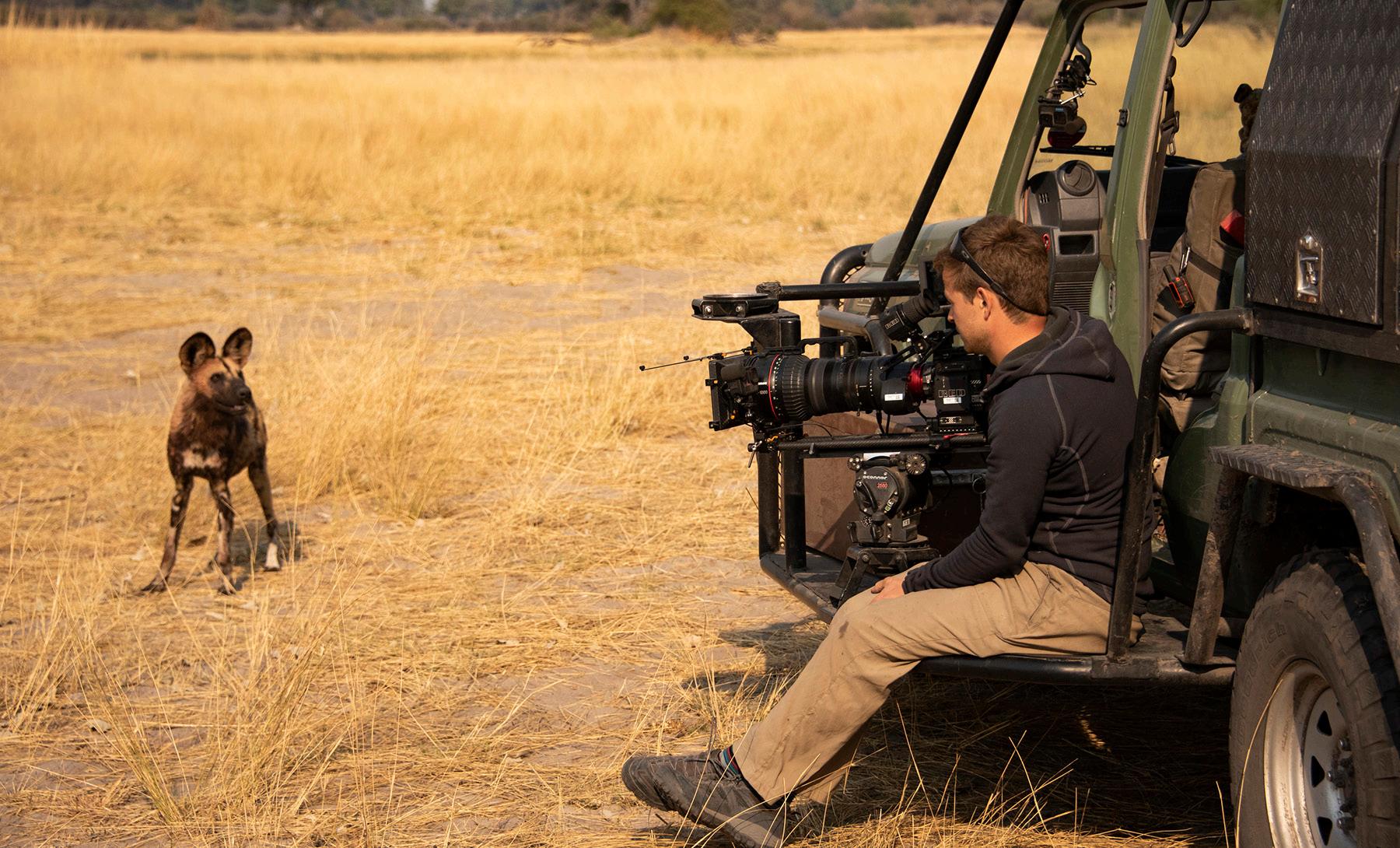
There were dynamite bombs in the sea that killed all the fish. The local community came together and set up a marine protected area; the fishermen became patrol Rangers, and now that place is home to the best coral reefs in the world, the biomass. And what's impressive about that is not only is the wildlife doing great, which brings in tourism and money, and the local fishermen are having a great time because all the fish breeding and thriving in the protected area spill out into the surrounding area.
Was there a life lesson learned during filming?
I met remarkable and unsung heroes, from courageous anti-poaching rangers to passionate environmental advocates. These real-life superheroes have left a mark on my heart. Also, I have learned to be a sponge and rely on my team, such as the boat crew that helped me navigate on ice in Antarctica when looking for killer whales.
Was there a moment that had
you face the reality of the extent of the damage humans are doing to wildlife?
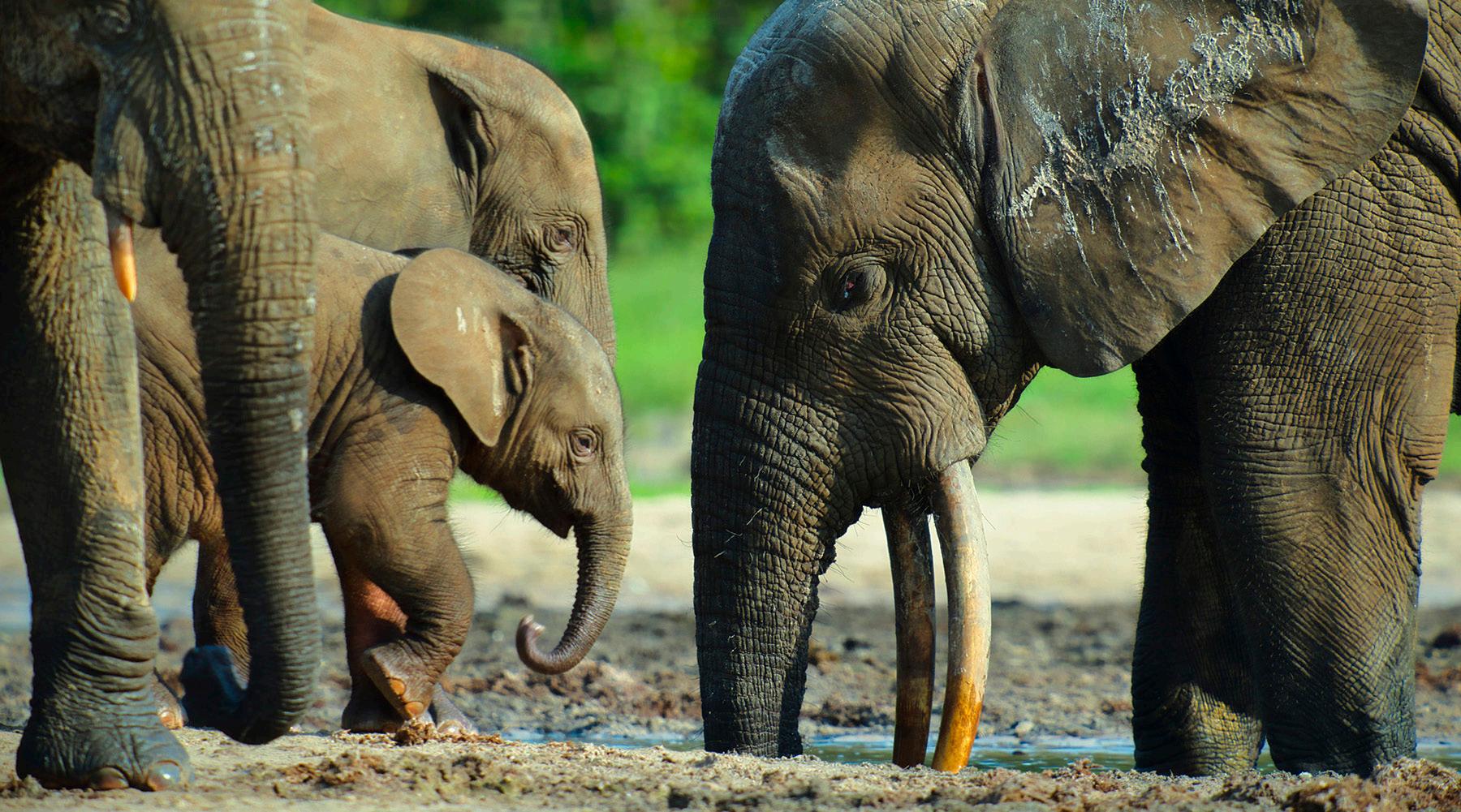
In the elephant quest episode, we're filming in the jungles of the Central African Republic, a country I never thought I'd be able to go to in the Congo Basin. The forest elephants that we were filming have been very heavily poached. And we met with one of the head Rangers, Tatiana, and she took me to this shipping container they've got in the headquarters of the anti-poaching base in the forest. And then the shipping container is everything they've confiscated from poachers just in the last 12 months. And we walked in confiscated elephant tusks, and on every task was the date that had been seized. And the first task I picked up was from the week before we got there, and it was heavy, like 50 pounds and 60 pounds. That belonged to an elephant over 50 years old, roaming around the forest. Its life was ended so that someone could make a trumpet, And Tatiana is fighting daily to stop all that.
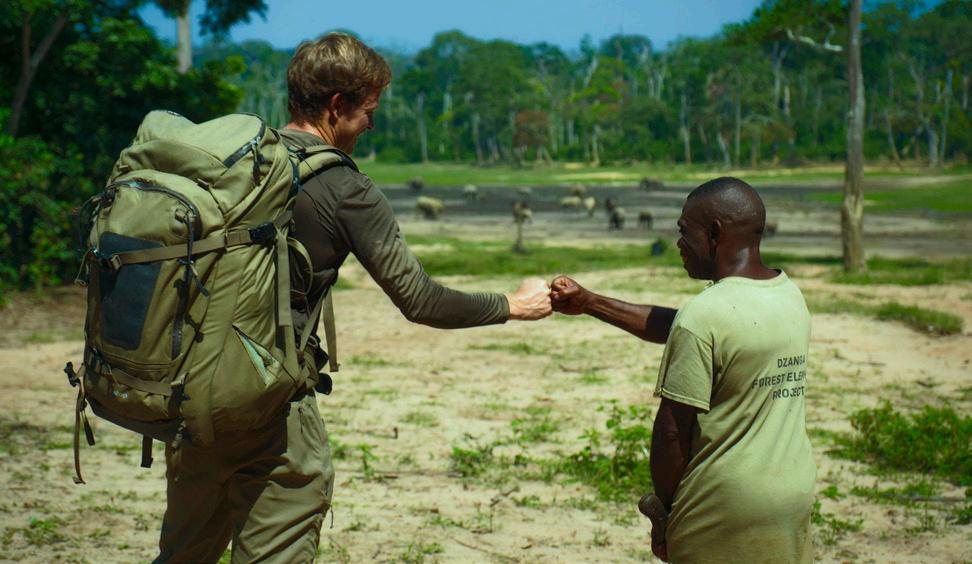
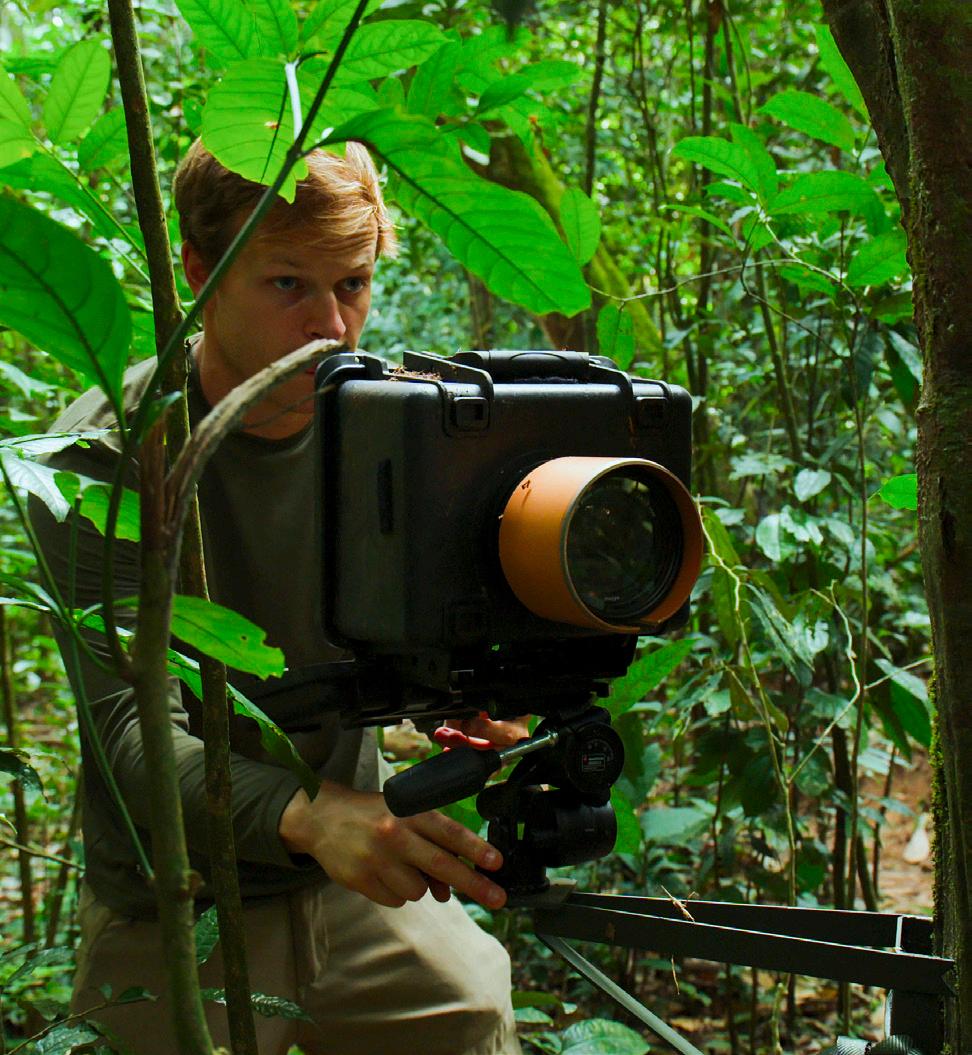
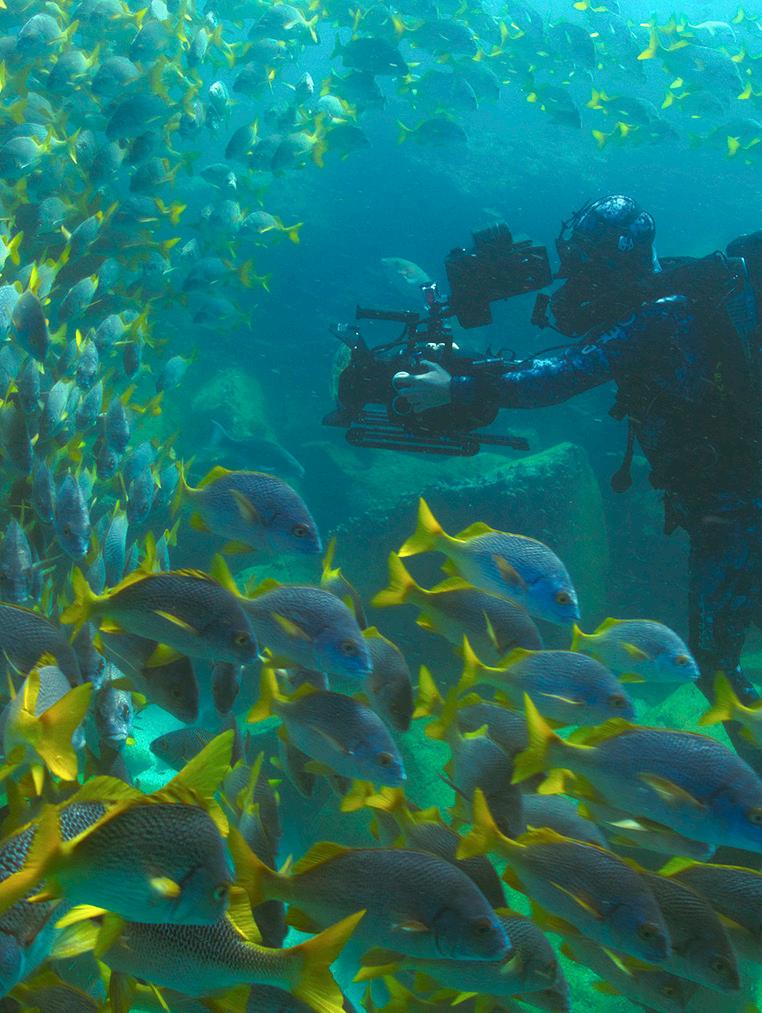
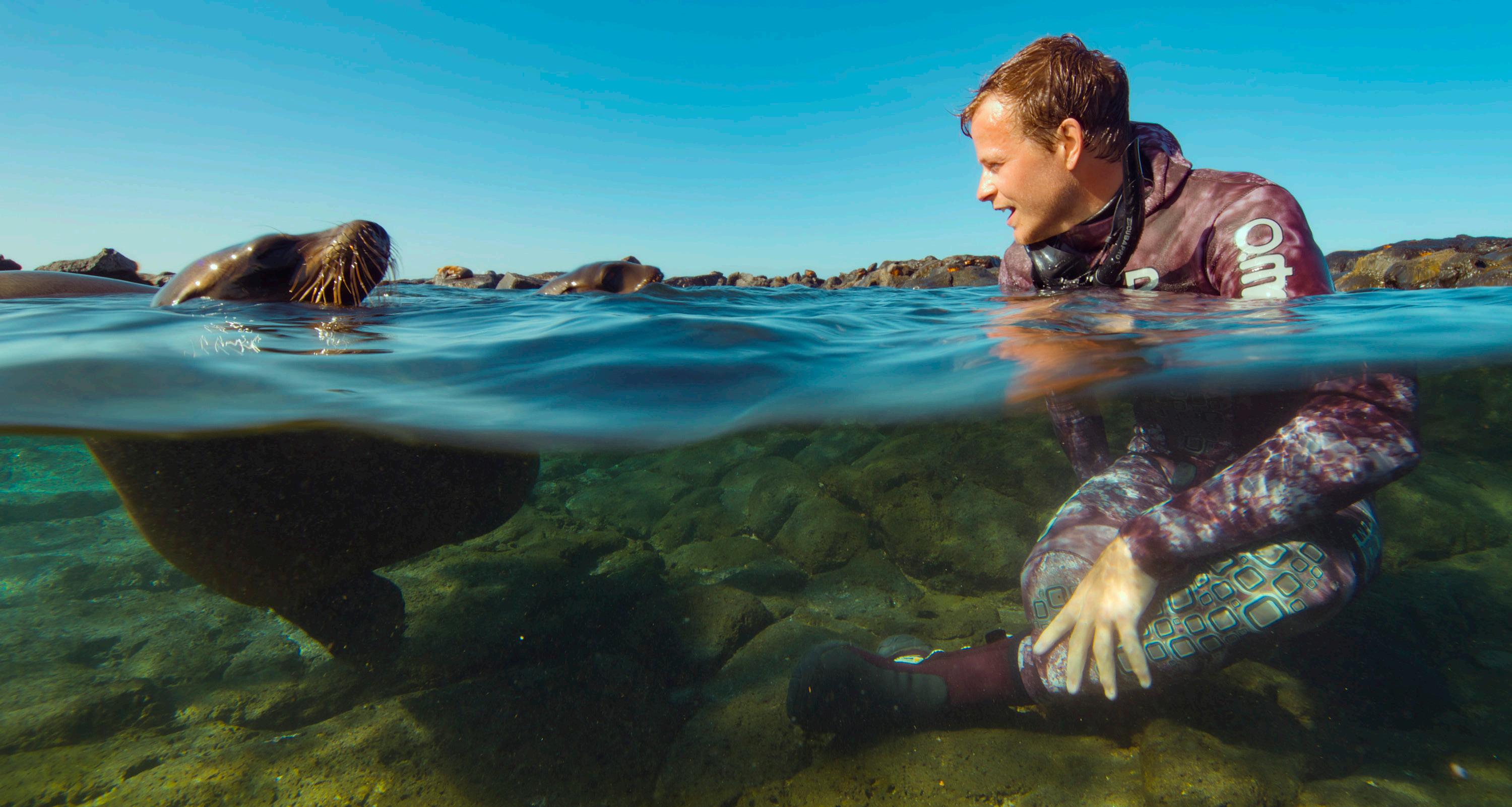
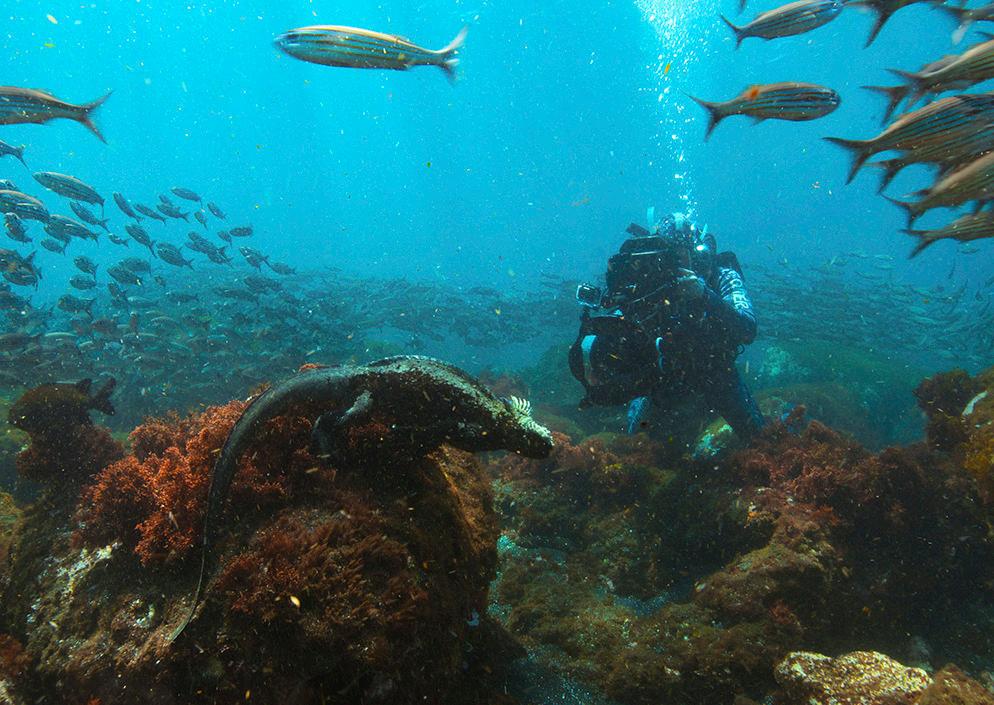

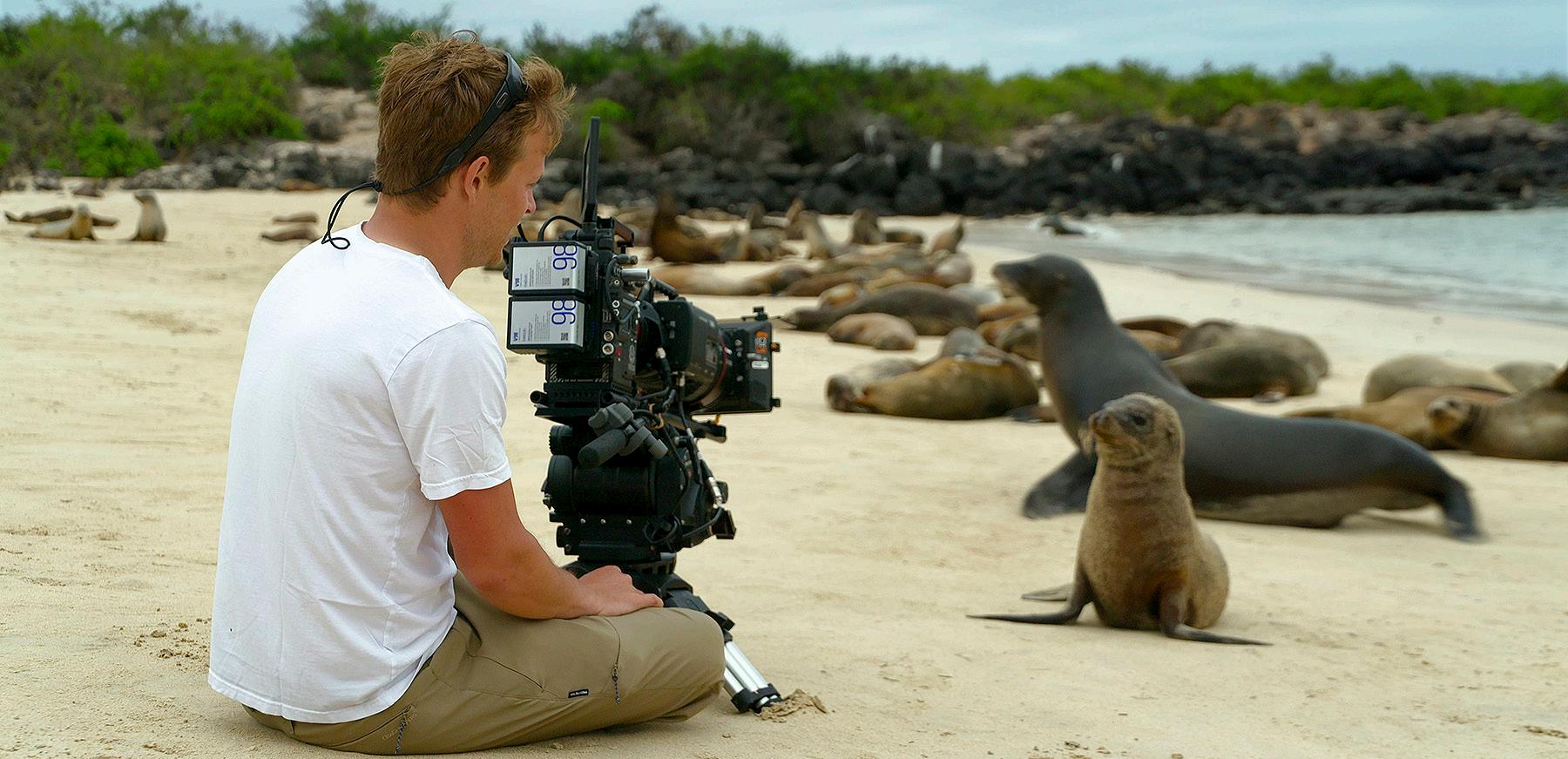
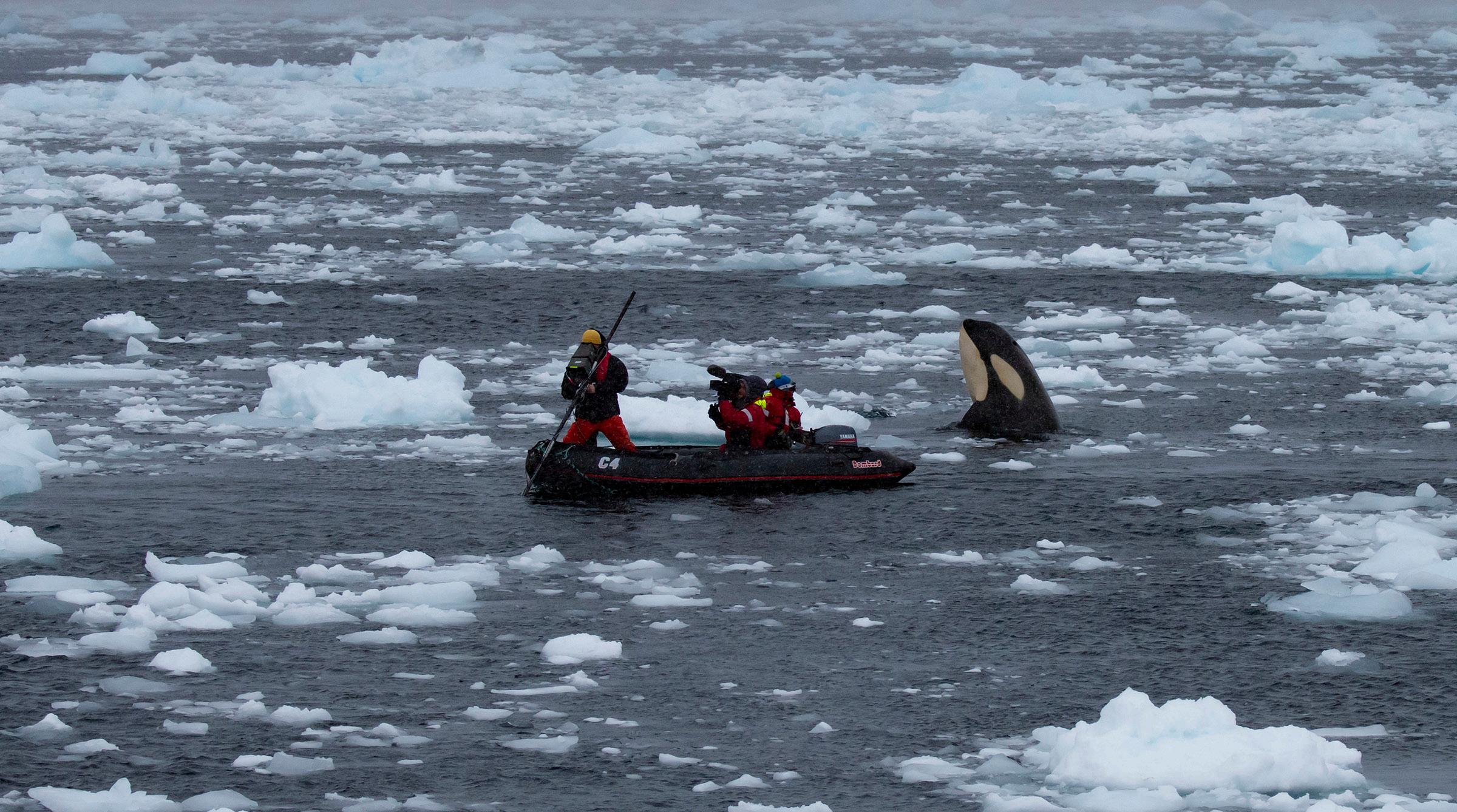
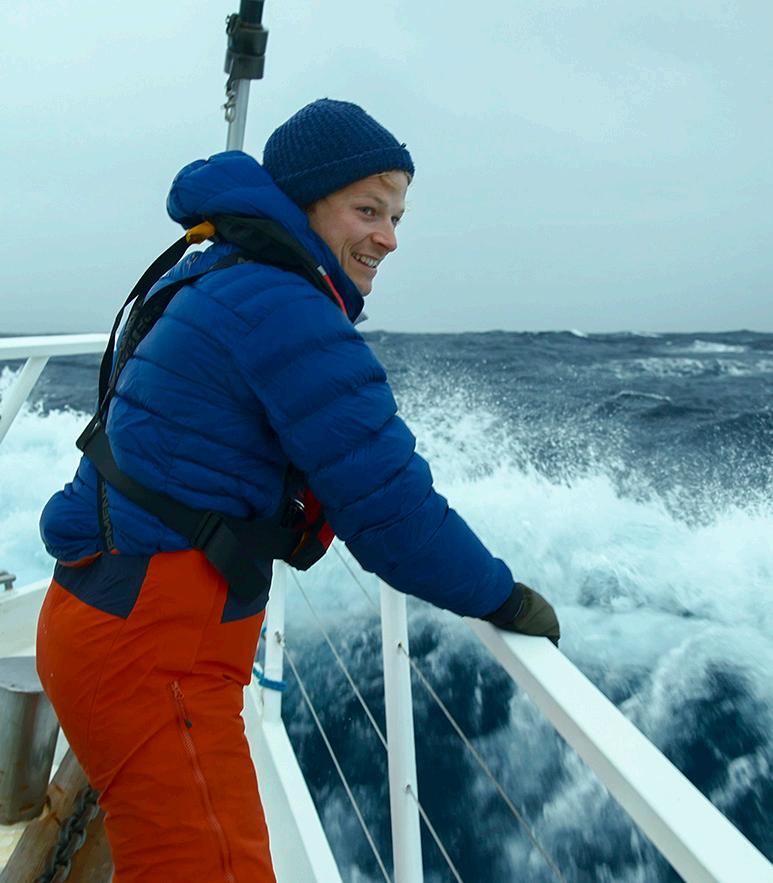
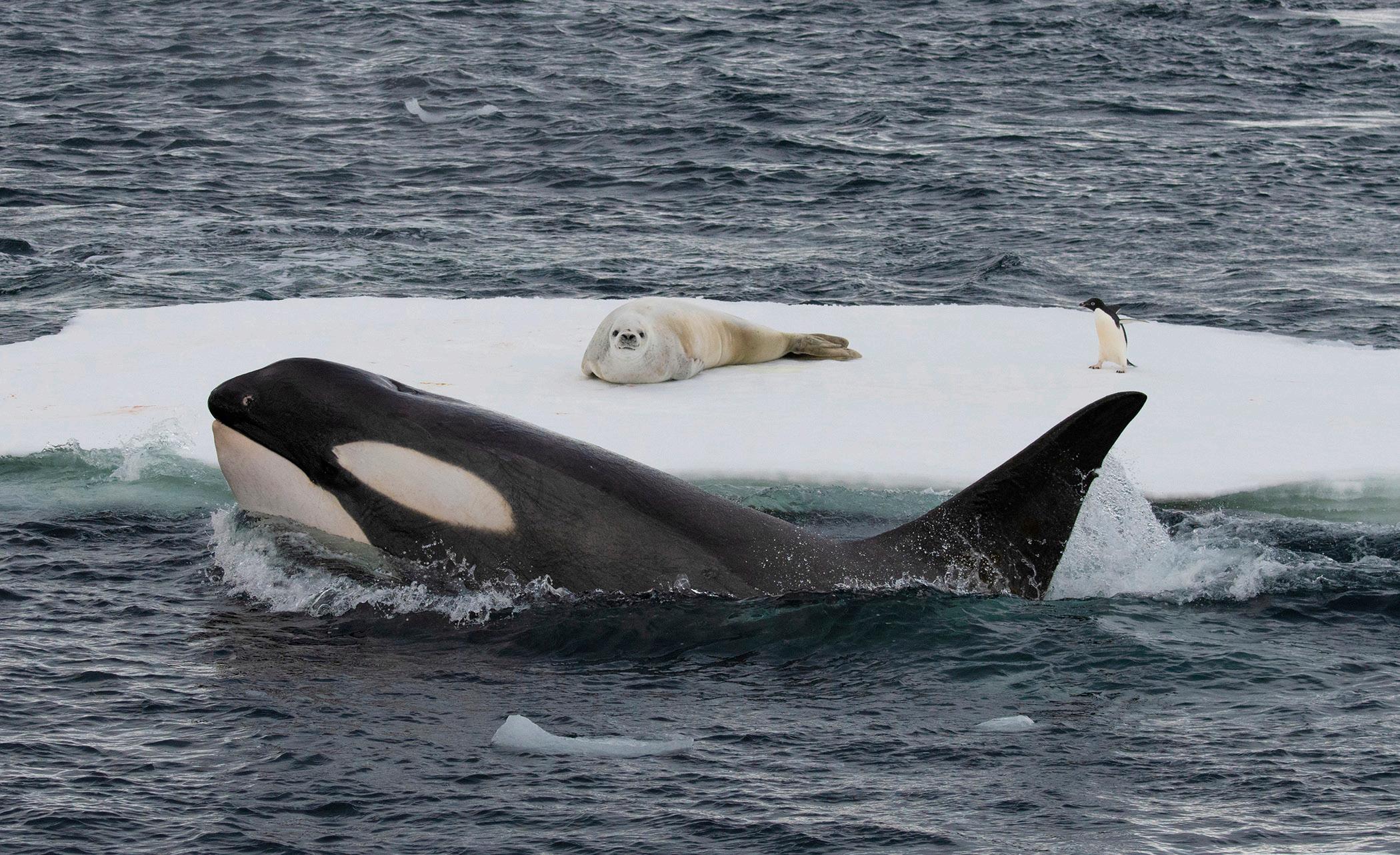
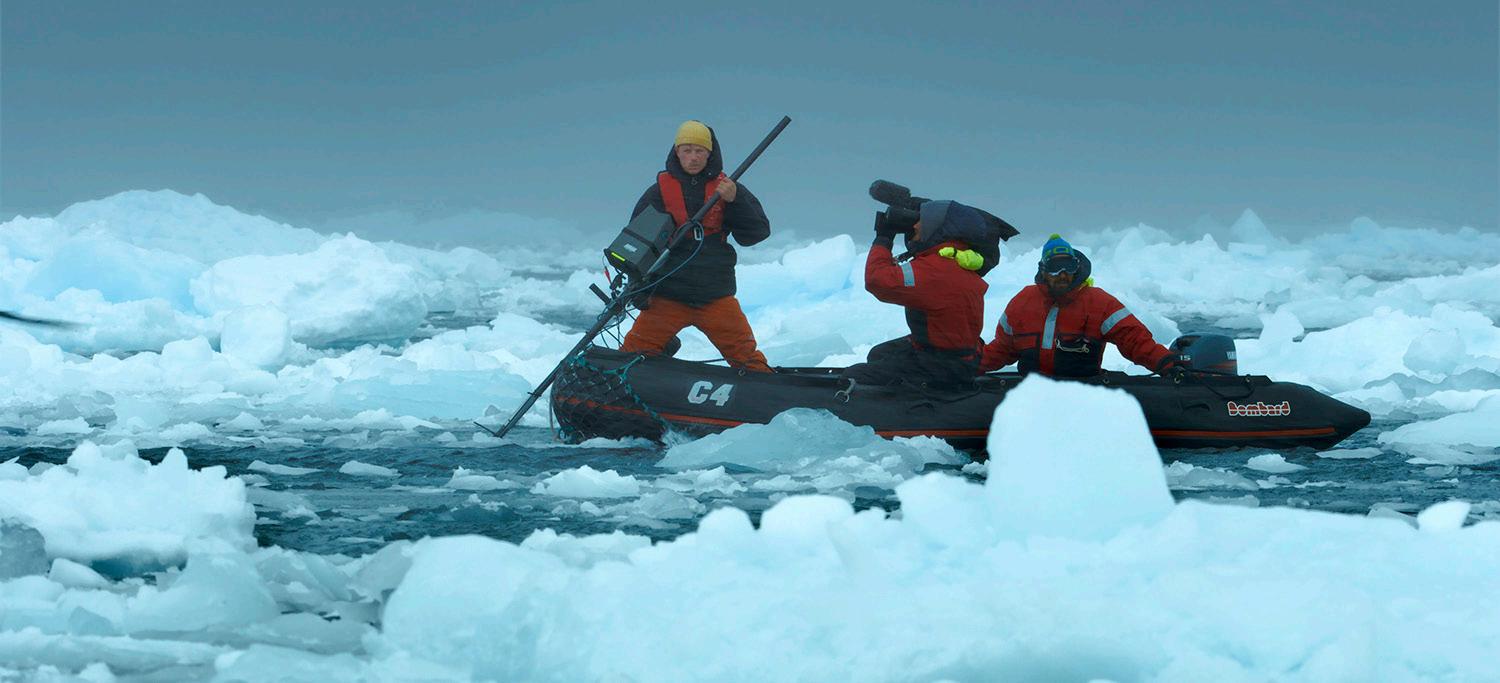
I can see why Disney wanted to make this Series.
Yes, what's cool about the Show being on National Geographic now part of Disney Plus is that the superheroes from Marvel, Thor and Obi-Wan, and Star Wars are alongside people like Tatiana, a real-life superhero.
How can we create a better place for animals?
On the most basic level, reconnecting with the natural world. Because why would we care about something we know nothing about?
How is the work of a filmmaker helping the cause?
On one of my last projects for Disney Plus Epic Adventures, we were told about this fantastic bat forest, home to millions of straw-colored fruit bats. This protected national park in Zambia is under massive threat from illegal industrial-scale farming, cutting down the forest these bats rely on. But they could not get images of the destruction, not even by satellite. So we went out to the spot and used long-range drone flights, and I managed to take many pictures that were used in a court case. And then, the Zambian judge granted an injunction against his company. Sadly, they continue to deforest despite the injunction, and the fight continues. But that's a responsibility of us filmmakers to be contributing towards awareness, which is hard to quantify.
What do you do when you are not working?
I go find animals.
Do you use a personal grounding practice, prayer, meditation, yoga, or other for your emotional well-being?
I really enjoy running. It's a good way to keep fit. And it's also an excellent way to see places. When doing press tours or things like that, I often go to a city I hadn't been to before. I'll go for a run, seek out the green spaces, and try to see a little bit of nature.
What is your favorite documentary or movie that has inspired you to become a filmmaker?
It was "Frozen Planet" made by the BBC and narrated by Sir David Attenborough. And I was in my first year at university, college. Making wildlife films was what I wanted to do. But I remember that it was really inspiring and confirmed my aspiration/

***Don't miss Bertie Gregory's extraordinary journey through the untamed wilderness in "Animals Up Close," an eye-opening adventure that challenges us to cherish and protect the magnificent creatures that share this planet with us.
Special Thanks to: Bertie Gregory
Locations:
1. Patagonia Puma
2. Botswana Wild Dogs
3. Elephant Quest
4. Devil Ray Islands
5. Antarctic Killer Waves
PATAGONIA PUMA
Bertie searches the wilderness of Patagonia in southern Chile, hoping to find and film a female Puma that he first met four years ago when she was just a cub. When he finds her, she has two cubs, which she must feed and protect from the many dangers of this harsh mountain landscape.
ANTARCTIC KILLER WAVES
Bertie and the team cross the infamous Drake Passage, the roughest stretch of ocean on Earth, to reach Antarctica, where they witness and film the staggering intelligence and adaptability of a group of killer whales. Known as B1's, they use an extraordinary strategy to hunt seals resting on ice. Working as a team, they create a powerful wave to push the seals into the water. Bertie wants to discover why the B1 population is declining and film the other surprising ways they catch prey in their rapidly changing world.
BOTSWANA WILD DOGS
Bertie travels to Botswana to film the African wild dog, one of the planet's most successful land predators. Despite their hunting super skills, wild dog population numbers are dramatically declining. By following a family pack with 14 young pups, he wants to find out what it will take for the next generation of these endangered predators to survive. They face threats from lions, hyenas, and elephants, and it's clear that these African wild dogs don't go down without a fight.
GALAPAGOS MARVELS
Bertie travels to the remote islands of the Galapagos to find and film three rare animal behaviors seen nowhere else on the Earth, each with an extreme challenge. He will face huge Pacific waves, shark-infested waters, and ultra-fast hunting sea lions on the rugged Galapagos coast, teaching Bertie how these unique animals survive in a rapidly changing world.
Bertie is on a stakeout deep in the jungles of the Central African Republic, searching for the biggest and most secretive of the forest elephants: the tuskers, huge males with tusks that reach down to the floor. Working with a specialist camera team and local elephant trackers, he sets up a filming HQ high in the rainforest canopy.
DEVIL RAY ISLANDS
Bertie travels to Indonesia to dive amongst some of the most exquisite coral reefs left on Earth, hoping to catch a glimpse of one of the reef's most elusive predators: the mysterious devil ray. His best chance of finding one is to track down a huge annual spectacular, an anchovy feeding frenzy.
Wildstar Films produce ANIMALS UP CLOSE WITH BERTIE GREGORY for National Geographic. Bertie Gregory is the host, creative contributor, co-producer, and director of photography. Wildstar's executive producer is Anwar Mamon, and the series producer is Jennie Hammond. Will West, Maddie Close, Spencer Millsap, Mark McClean, and James Brickell produce and direct the series. For National Geographic, Janet Han Vissering is SVP, Production, and Development, and Drew Jones serves as executive producer.
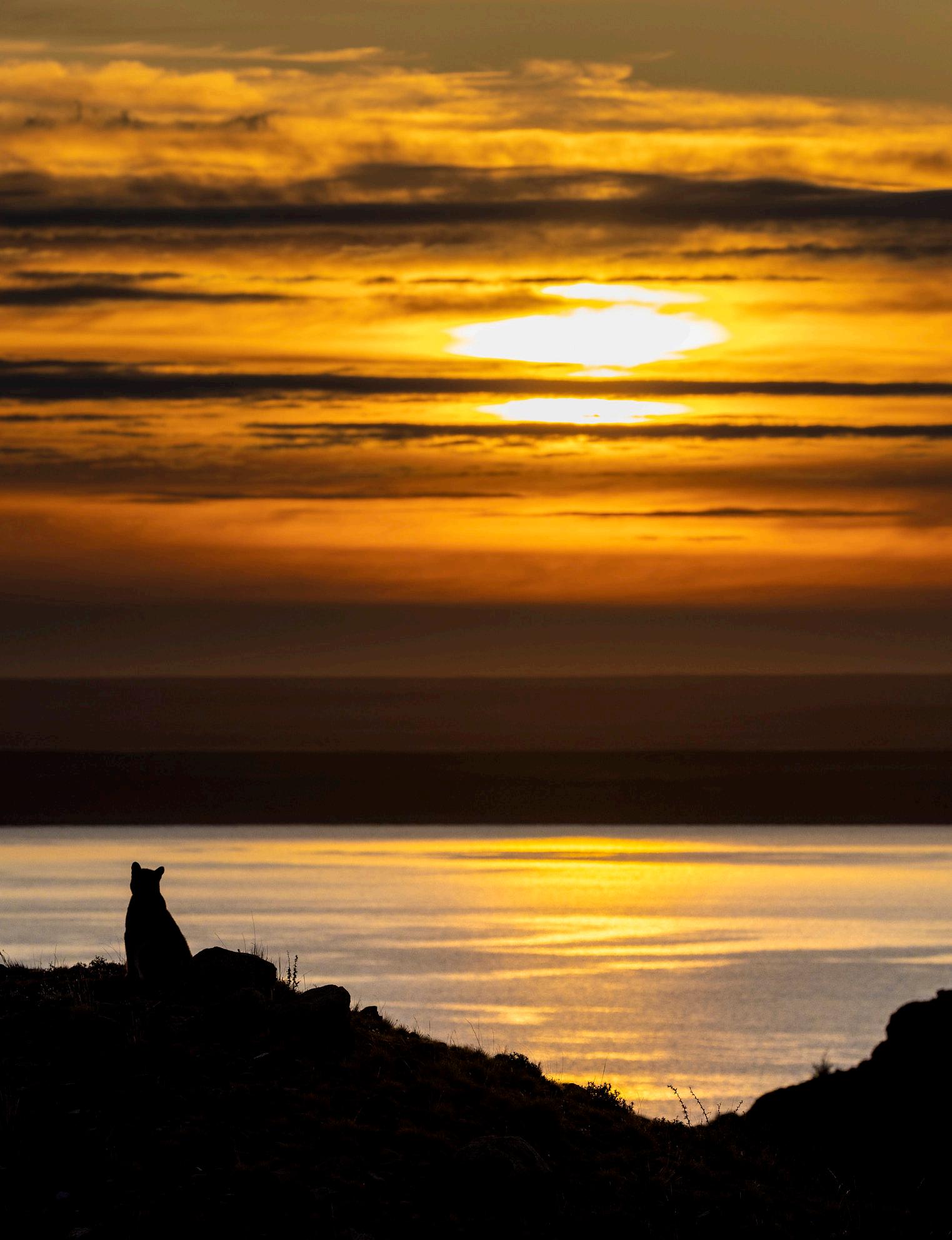
1. Bertie Gregory with binoculars and a drone in the field. (National Geographic for Disney+/ Sam Stewart)
2. Mother Puma and cubs basking in the sunshine. (National Geographic for Disney+/Bertie Gregory)
3. A Puma sitting on a rock with the camera operator to the left. (National Geographic for Disney+/Sam Stewart)
4. Bertie Gregory filming a puma walking past in the foreground. (National Geographic for Disney+/Anna Dimitriadis)
5. Bertie Gregory sitting on the side of the 4 wheel drive vehicle as three wild dog pups scamper past. (National Geographic for Disney+/Anna Dimitriadis)
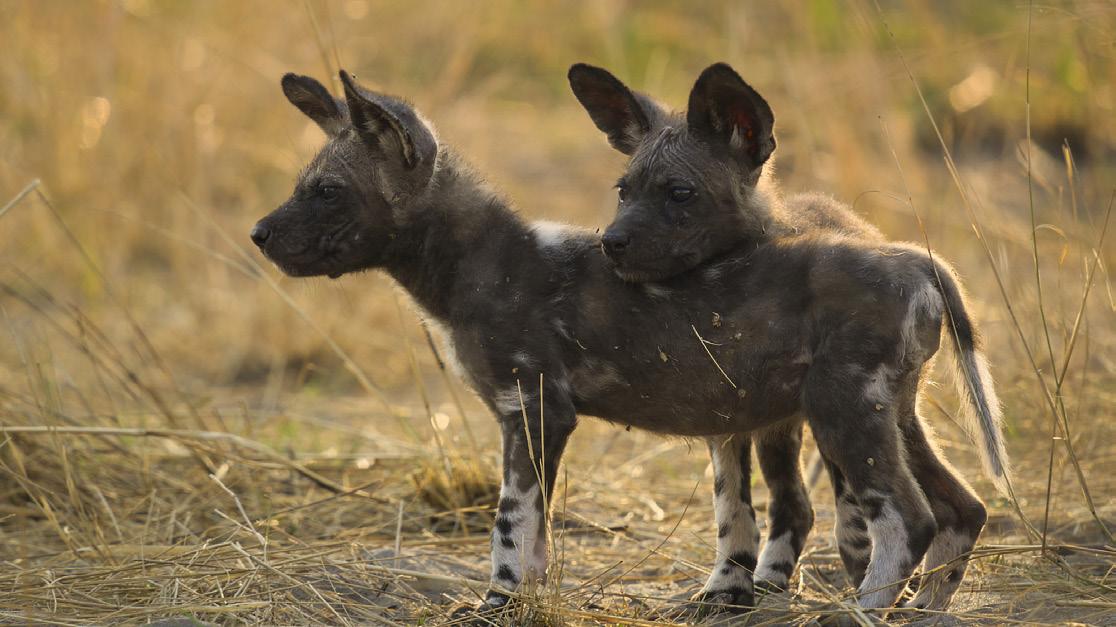
6. Bertie Gregory sitting on the side of the 4 wheel drive, filming a Wild dog looking at him. (National Geographic for Disney+/)
7. Bertie Gregory amongst the trees filming. (National Geographic for Disney+/Mark Mclean)
8. Bertie Gregory fist bumping Ngbanda Bathelomie. (National Geographic for Disney+/Mark Mclean)
9. Elephants drinking, Male, female and babies. (National Geographic for Disney+/Bertie Gregory)
10. Bertie Gregory filming amongst a large shoal of fish. (National Geographic for Disney+/Jeff Hester)

11. Bertie Gregory sitting in the shallows looking at sea lions. (National Geographic for Disney+/Jeff Hester)
12. Anna Dimitriadis filming off Bainbridge. (National Geographic for Disney+/James Brickell)
13. Bertie Gregory filming a marine iguana on a rock underwater. (National Geographic for Disney+/Jeff Hester)
14. Bertie Gregory filming baby sea lion on the beach. (National Geographic for Disney+/James Brickell)
15. The crew on the rib filming Bertie Gregory as a killer whale comes to the surface at the rear of the boat. (credit: National Geographic for Disney+/Leigh Hickmott)
16.. Bertie Gregory on board the Australis, looking over the edge of the ship. (credit: National Geographic for Disney+/Will West)
17. A Killer Whale swims around an ice flow with a Crabeater Seal and penguin on the ice. (credit: National Geographic for Disney+/Leigh Hickmott)
18. Bertie Gregory, Camera op and boat driver on the rib. (credit: National Geographic for Disney+/Tom Walker)
19. Sunset shot of a puma sitting. (National Geographic for Disney+/John Shier)
20. A pair of pups. (National Geographic for Disney+/Bertie Gregory
22. Underwater shot of Bertie Gregory filming Eagle Rays. (National Geographic for Disney+/Jeff Hester)
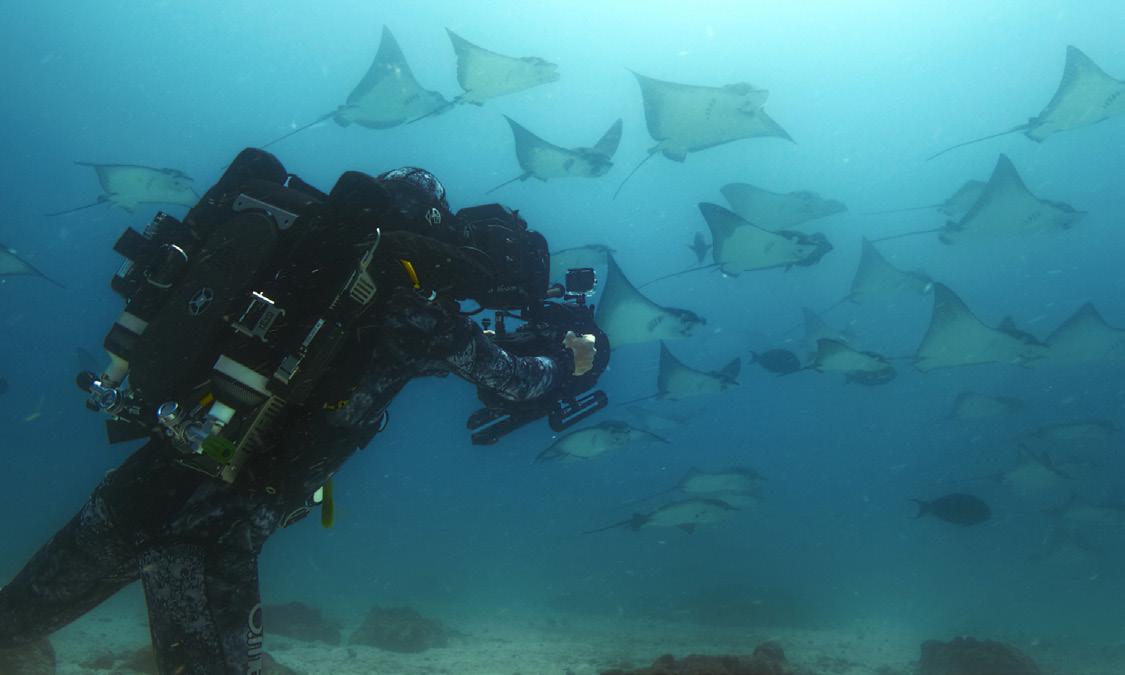
23. Gorilla face. (National Geographic for Disney+/Bertie Gregory)
24. Bertie Gregory filming a gorilla. (National Geographic for Disney+/Mark Mclean)
25. A baby Gorilla. (National Geographic for Disney+/Bertie Gregory)
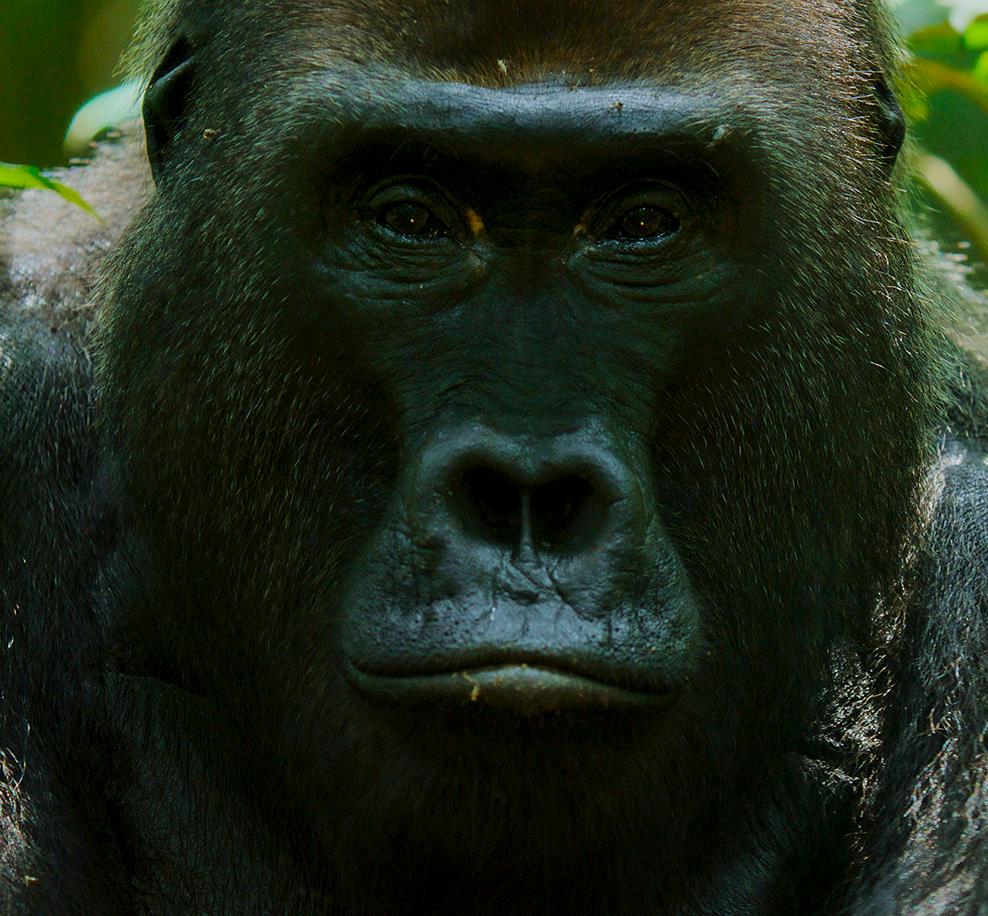


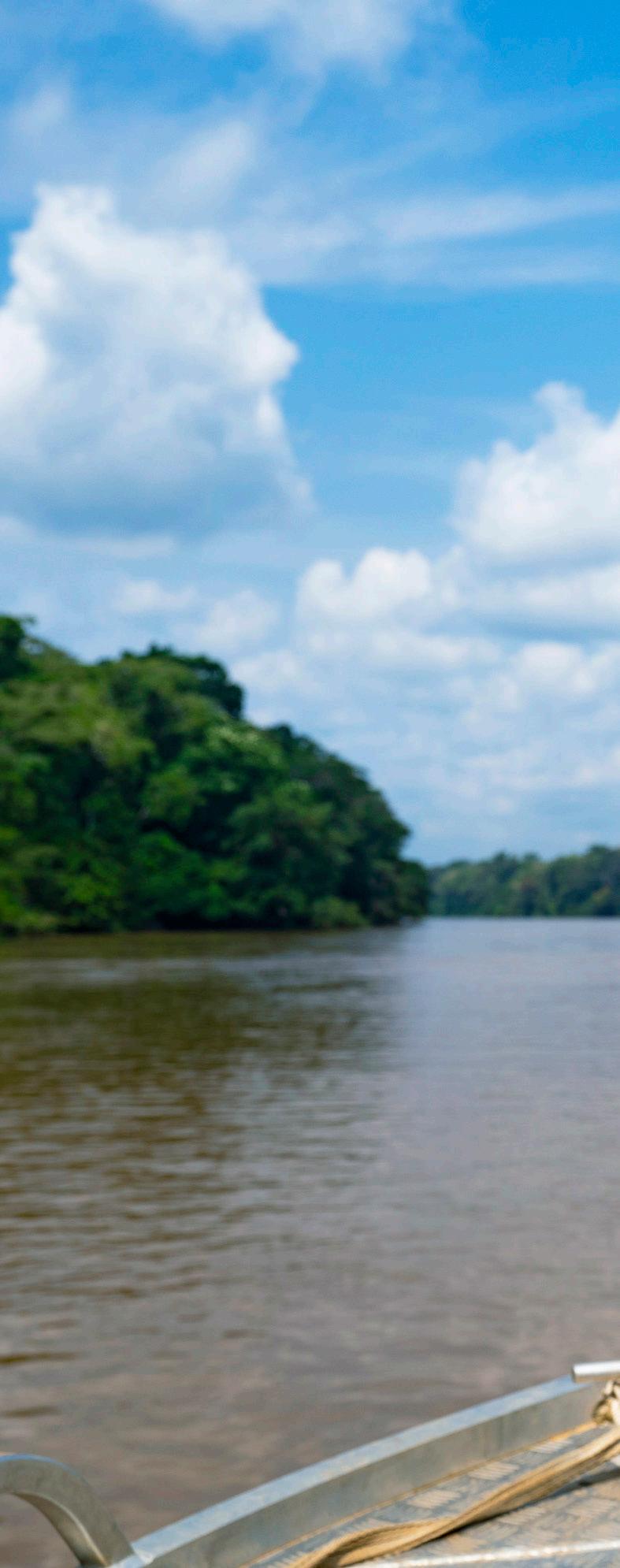

Sadhguru: Generally, in Indian languages, there is no word that translates exactly to “breath.” It is always referred to as life breath. In the Yogic system, breath has many dimensions. If you observe yourself, you will notice that for different levels of thought and emotion or different levels of consciousness that one experiences, the breath pattern changes accordingly.
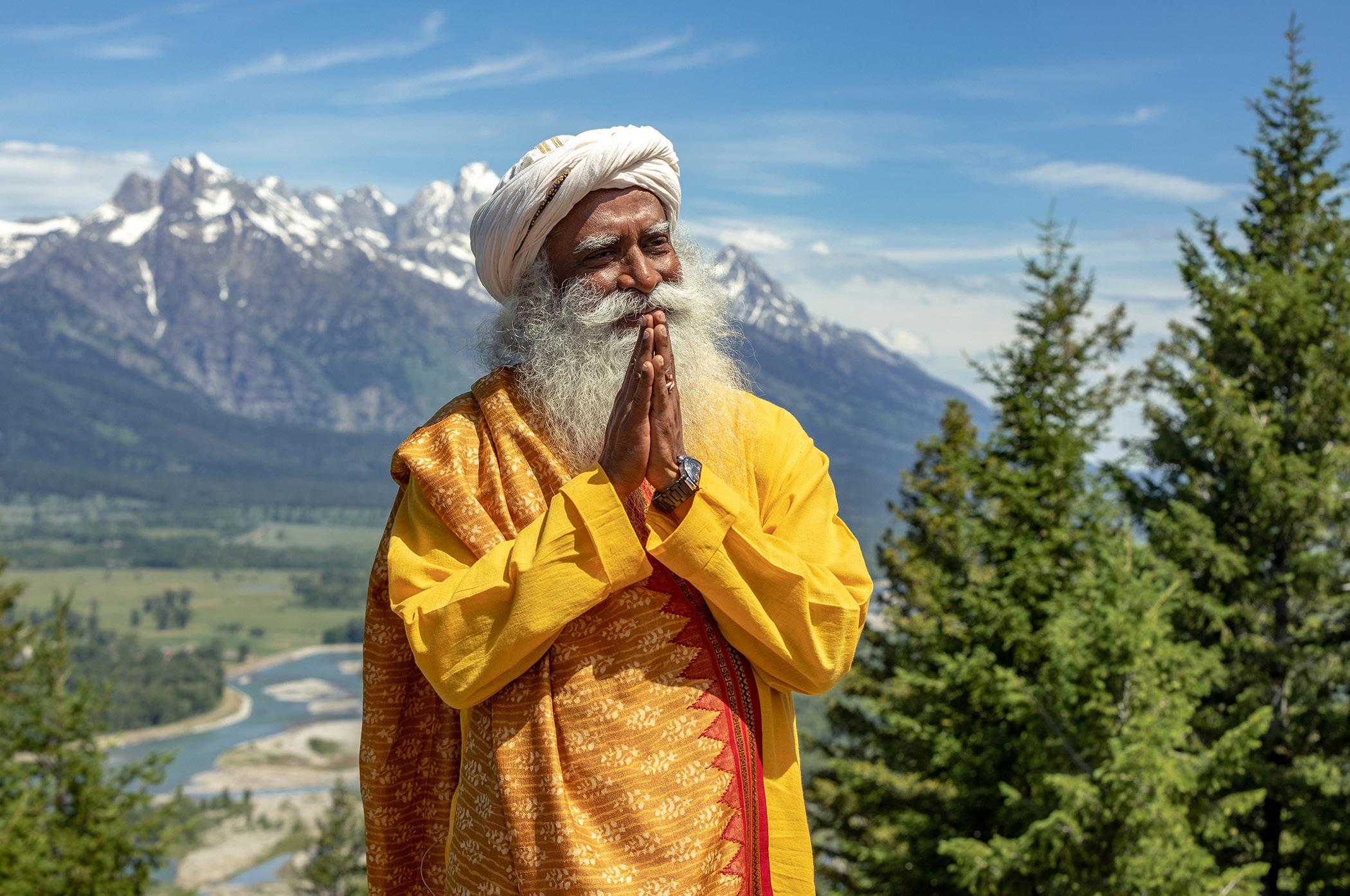

You would definitely have noticed that when you are angry, you breathe one way. If you are happy, you breathe another way. For every experience that you go through, you breathe in a certain way. If you watch yourself closely, for every thought that you generate, you have a different kind of breath; for every object that you see, you have a different kind of breath. If you look at a flower, your breath will be in a certain way. If you look
at water, it will be different. If you look at the mountain, it will be another way. Or in other words, in a subtle way, your breath reflects every aspect of your experience, particularly the mental fluctuations that happen. In fact, if I read your breath, I can tell you your past, present, and future because the pattern of your existence is clearly written into your breath.
In the Yogic system, breath is referred to as the koorma nadi. This is the string that ties you to the body. If I take away your breath, you and your body will fall apart. The koorma nadi is not just the passage of the air. If you ask people to watch their breath, most people are not experiencing the breath; they only experience the sensations caused by the movement of the air.
Koorma nadi does not refer to these sensations or the movement in the chest or diaphragm. It is the breath itself.
If you know how to travel the breath – not just the air passage but the life-breath itself – the dimension that connects you to this body becomes clear. Or in other words, if you become conscious of the mechanics of breath, you can hold your body with a certain freedom – like you handle your clothing. When you don’t want it, you can keep it aside.
In Yoga, there are an enormous number of processes developed around the breath. Breath becomes the means to handle the five dimensions of life energy. Life energy manifests itself in five different forms – one is called prana vayu, which manages the breath and thought process. The breath and thought process are directly connected because prana vayu manages both. The activity of the mind can be graduated according to how regulated and graduated your breath is. For example, suppose you become fearful or panicky, and suddenly the breath becomes short. That is an acute situation, so you notice it, but the subtler things that are happening every moment go unnoticed by most people. There is a whole science called pranayam. “Prana” means life energies,“yama” means to gain control over or mastery.
The next dimension of the prana is samana vayu, which manages the temperature in the body. We are not looking at temperature as a measurable unit but as ushna. There is no equivalent in English for the word “ushna”, but it usually gets translated as heat – heat, not as in having a fever. If you check with a thermometer, your temperature will be normal.
Ushna is a certain level of experiential heat where the body feels hot. With a little mastery over samana vayu, all chronic ailments, irrespective of their nature, can be easily quelled.
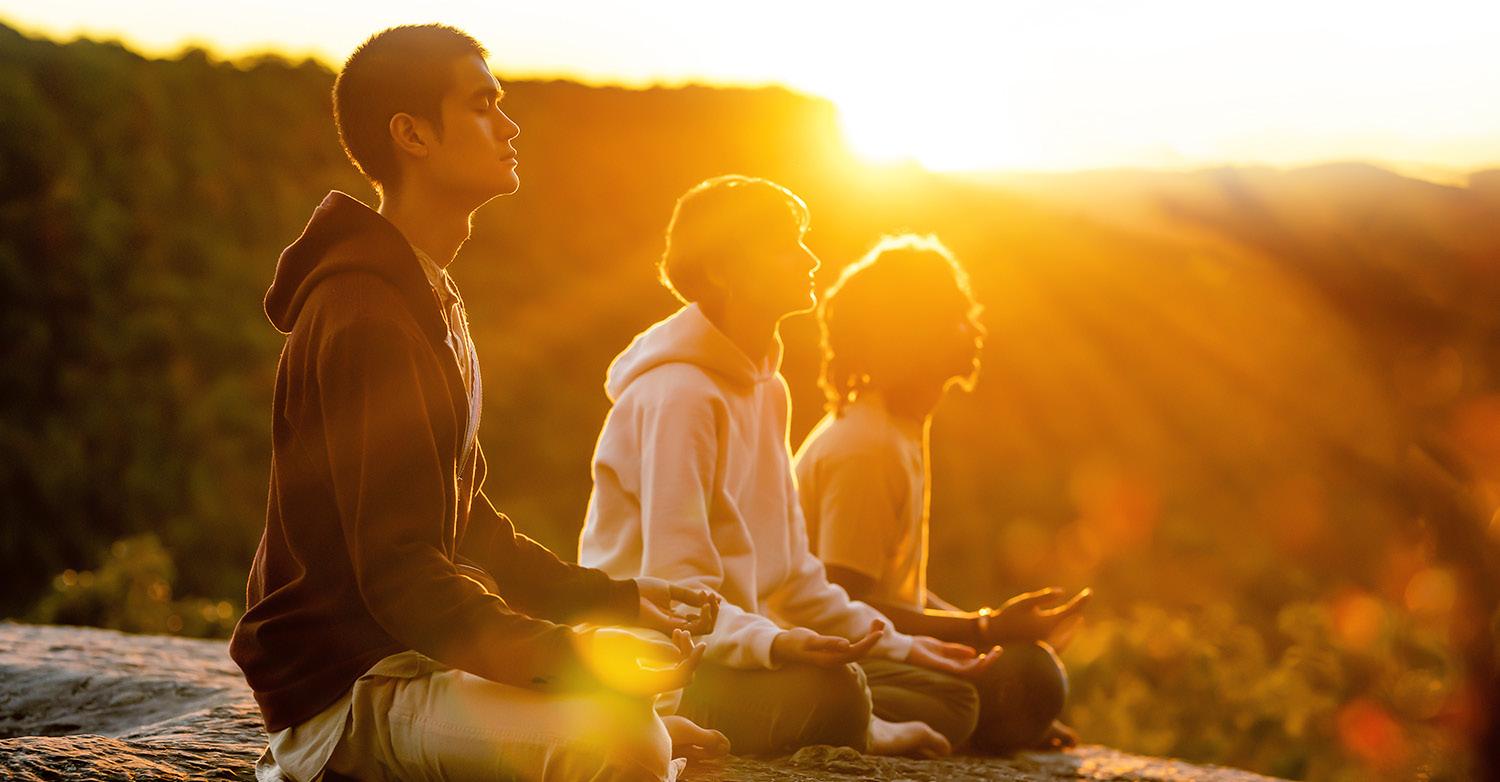
In certain traditional medical systems, the fundamental requirement for a traditional doctor is mastery over samana vayu. The reason why traditional medicines today do not work as well as they used to is because they are subjective in nature – the person who dispenses them is as important as the medicine. This is something that the allo-
pathic system will not understand because allopathy is purely chemical in nature. The doctor never gives medicine to you anymore. He writes a prescription, and someone else gives the medicine. But with traditional medicine, the person who gives it is more important because the medicine is only used as a medium to deliver a certain energy process.
One of the ways to prepare a traditional doctor used to be: during the winter months in the Himalayas, where temperatures drop to something like minus twenty-five-degree centigrade, they are made to stand outside bare-bodied. Every hour, they are checked, and they must be sweating profusely. If you are able to generate that kind of samana vayu, anything you touch is healing.
There used to be a Yogi in southern India. It once happened; a twelve-year-old boy was brought to him. The local doctors had given him up for dead. When he was brought, looking at the heartrending scene the mother was creating, the Yogi took some oil from a lamp that was burning nearby and, with his finger, put the oil into the dead boy’s mouth. After a few minutes, the boy sat up.
This became such a rage that everyone started bringing their dead bodies to him! He refused the dead bodies from then on, but he took the sick people. All kinds of illnesses were brought to him, and all he did was take a bit of oil from the lamp and put it in their mouth. And their ailments would disappear. Hundreds and thousands of people started gathering around him.
Once you generate a certain level of samana vayu within you, just your touch and presence is healing. We have hundreds of thousands of people who have walked out of their ailments just being in a certain space, doing a few simple things.
Experience Yoga in its classical form at Isha Yoga Center
Los Angeles and Isha Institute of Inner-sciences. Established by Sadhguru, the centers serve as powerful spaces for inner transformation and raising human consciousness. Located in northern Los Angeles County and Tennessee respectively, the centers offer an array of Yoga and meditation programs within a vibrant and conducive ambience.
You are invited to Free Yoga Day, a monthly open-doors event at the center. On this day, we offer a variety of free sessions dedicated to educating and empowering individuals to take charge of their wellbeing through simple but powerful practices sourced from the Yogic tradition. Learn more at ishausa.org/la
Some people started studying this, and one day; some doctors asked him, “What is this special oil?” He said, “It’s just lamp oil.” In India, lamp oil is always some vegetable oil like castor or sesame seed oil. Then the doctors asked, “What is the miracle? How is it happening.” He replied, “They would get well even without the oil, but they won’t believe it. So I have to put something in their mouth.”
Once you generate a certain level of samana vayu within you, just your touch and presence is healing. We have hundreds of thousands of people who have walked out of their ailments just being in a certain space, doing a few simple things.
The next dimension of the prana is referred to as udana. If you have a certain mastery of udana, your body becomes light and less available to gravity. This is not about performing a circus act and levitating or flying around. If you become less available to gravity, you need much less energy to go through your day. You will need much less sleep, and your ability to function through any kind of situation for days on end without rest, becomes a natural process simply because you don’t have to drag your body around. In your experience, the body becomes very light.
In Yoga, we say your body should glide in front of you; you should not be dragging it behind you. If you have to drag it behind you, you will always be looking for rest. If it is gliding in front of you, you will look forward to the activity. Essentially, this helps increase the dynamism of one’s life phenomenally.
The next dimension is apana. If you do a few things with your breath, the way your voice comes out will alter itself. This is very important if you want to communicate effectively. In Yoga, we say that when you speak, it must sound like the bells of a temple. Then, it doesn’t matter what you speak; it has a positive impact on people around you.
If your voice is of a certain frequen-
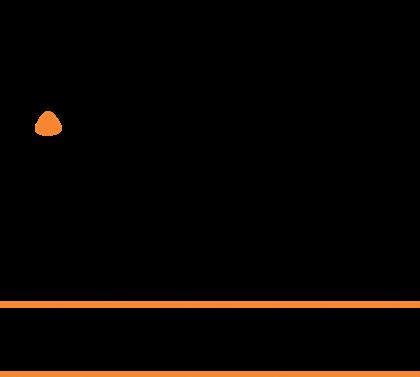
cy modulation, people will, without knowing why, pay attention when you speak. This is known as vak shuddhi, which means purity of speech. If you have a different kind of frequency, without knowing why, people will resist you. In human societies, how effective you are largely depends on your ability to communicate. So, when you speak, a natural wall should not come up that you have to work through. This can be very important if you are a singer, an artist, a communicator, or especially if you are married!
The fifth dimension is called vyana –the preservative aspect of the body. Studies have been done on people who practice the Shambhavi Mahamudra Kriya. The study found that coherence between the right and left hemispheres of the brain is phenomenally high in people after three months of practice. This means that you are getting to use your brain much more effectively. This is simply because at every moment of your life, old cells die and new cells form, and since preservation is very good, the number of new cells formed matches the number of old cells dying.
These are five dimensions of prana that manage different aspects of the body. For all this, there is a route through the breath. On one level, breath is the key. There are other ways of doing it, but they are far more sophisticated and need much more preparation. Breath is the easy way to start off for people.
It is very rudimentary to think that it is you who does the breathing. Even on the most physical level, you know that what you exhale, the trees inhale; and what they exhale, you inhale. Or in other words, half of your breathing apparatus is hanging out there on the tree.
Breath is not all your doing. Life is much larger than what is contained within the physical system. The physical body is just one part of it. The other part is happening all over the place. So breath is not just about you; it has cosmic implications.

Author and Eden contributor Diane Lilli wrote a new kind of sci-fi book, The Last Invention (The Day Death Died), published by Rebel Books Press on August 15, and in bookstores and online. With AI on everyone's minds right now, this new feminist take on a Dystopian tale takes on the rise of AI from the perspective of two sisters.
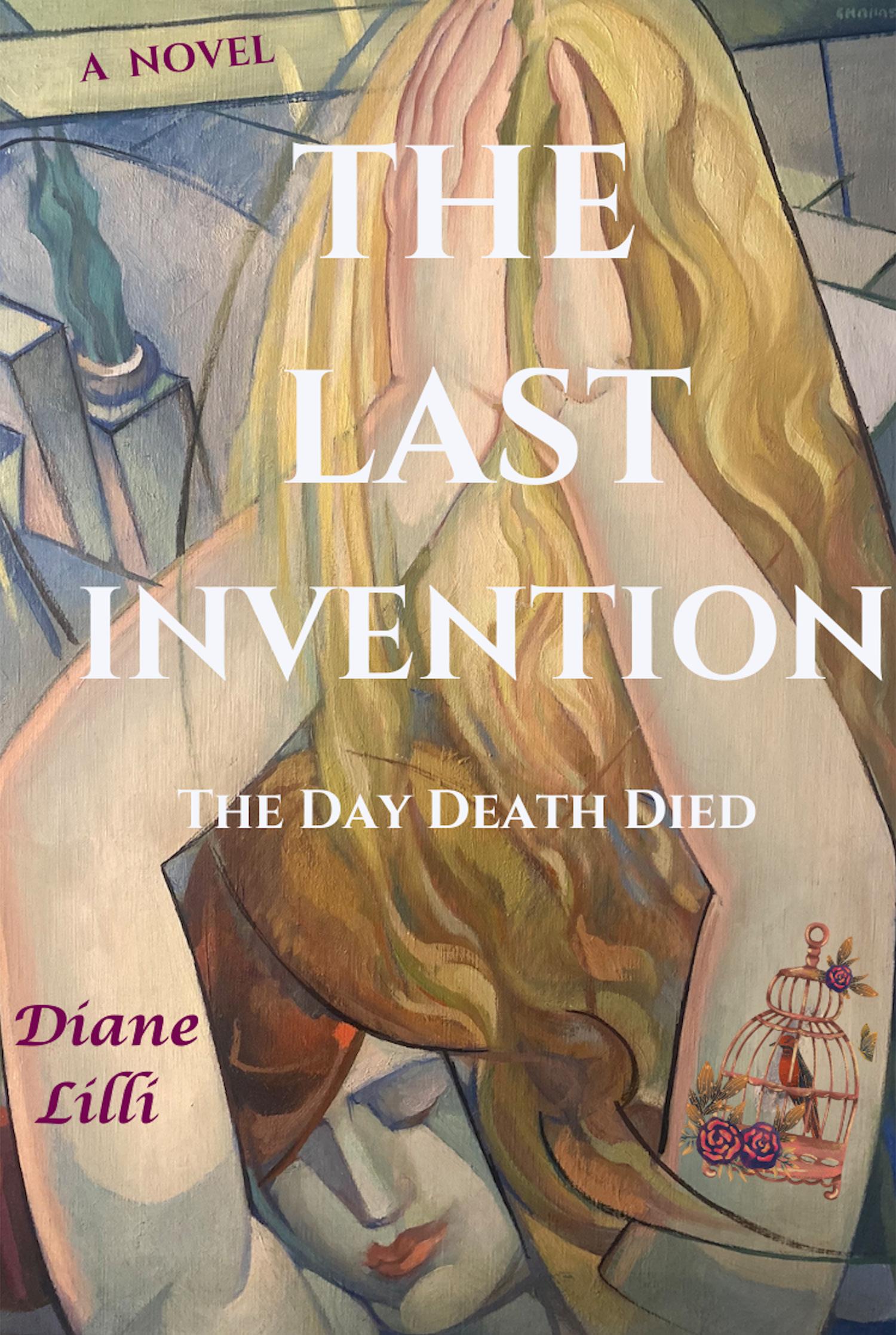
The story centers around two sisters living in a near-future world, where a global addiction to the metaverse, resulting from the rise of AI and brutal loss of jobs, divides them into different realities. As author Lilli says, the story is unique because it's from a woman's perspective and also deals with the reality of the complexity of stopping AI, if necessary.

"We can't just unplug AI, which is millions of times more intelligent than humans. But we can't just give up, either," said the author. "We need to keep AI in check and figure out how to reign it in when humanity is threatened. We need someone who won't let go of her love for her family. We need a heroine."
The story is grounded on the fierce love that two sisters have amid the near-future times when the planet is burning, AI is replacing humans in jobs, and a charming tech leader announces he's found a way to "kill death."
Though there are plenty of tech gizmos to keep any techie happy, this is a literary novel with lots of heart and will keep you guessing.
If you like Sci-fi, family drama, crazy new metaverse creations, and women who love to fight back, check out the prologue shared here. Here's a link to purchase The Last Invention, by Diane Lilli, on Amazon.
Ours is obviously a virtual age, yet we all continue to deny the ultimate division between nature and the Meta reality. Some claim the digital divide is manageable and lifesaving, while others shout that the human species is under attack.
Like many deadly outcomes, it all started out so… basic. As kids, we would fight each other to the death in our video games, aiming to kill our best friends and quietly cursing. But our battles were bloodless and fleeting. They never stuck. Games were not real life, so we let it go. We rolled around on the floor screaming with joy, releasing endorphins while shooting off our opponent's legs or blowing up their avatar bodies.
Once we were done, we'd throw the joysticks on the floor and run outside to play, friends forever. In those early times, there was a clear separation between our digital space and the one where our legs stood on the grass every day. The air smelled like snow, or the rain fell on our heads and made us scream and run inside. The smell of pizza or mac n' cheese was heavenly, and sleeping under the stars in our waterproof sleeping bags was idyllic.
Everything we did was a game until it one day, it wasn't.
Everything was for laughs until the laughter turned to bitter silence across the globe.
For a decade, we played in both worlds, sisters side-byside through thick and thin. It was impossible to imagine the cold, endless breach that was soundlessly creeping to wards us, like a muted crack as gigantic as the Earth's equator.
Our worlds were changing, and everyone would take sides.
Eventually, you had to choose. You were either of the Earth or of the Metaverse. You were either a follower or a creator.
We were told that man had created his last invention. I disagreed.
The first confusion began with the reality borders, blending seamlessly between the physical world and the virtual arena, where people hallucinated in familiar three-dimensional worlds brimming with sounds, tastes, colors, and fake timelines.
There were no more bridges and no going back. You picked a side and became a patriot.
It was sink or swim.
who lives 8 miles west of New York City. She attend ed Emerson College and is the recipient of the Shirley Chisholm Award for journalism.
The Last Invention is her first published novel. She founded the first digital online and occasional print newspaper in New Jersey, The JerseyTomatoPress.com (2004), and created Under the Apron, a digital food magazine (2005); founded and served as the designer and sole salesperson for The Lilli Group, a leading national women's fashion company based out of New York City, and was a professor of English at Monmouth University. She was the ghostwriter for three non-fiction books and currently works with authors in the US, EU, and UK. Her poetry has been widely published in over 250 prestigious literary journals.
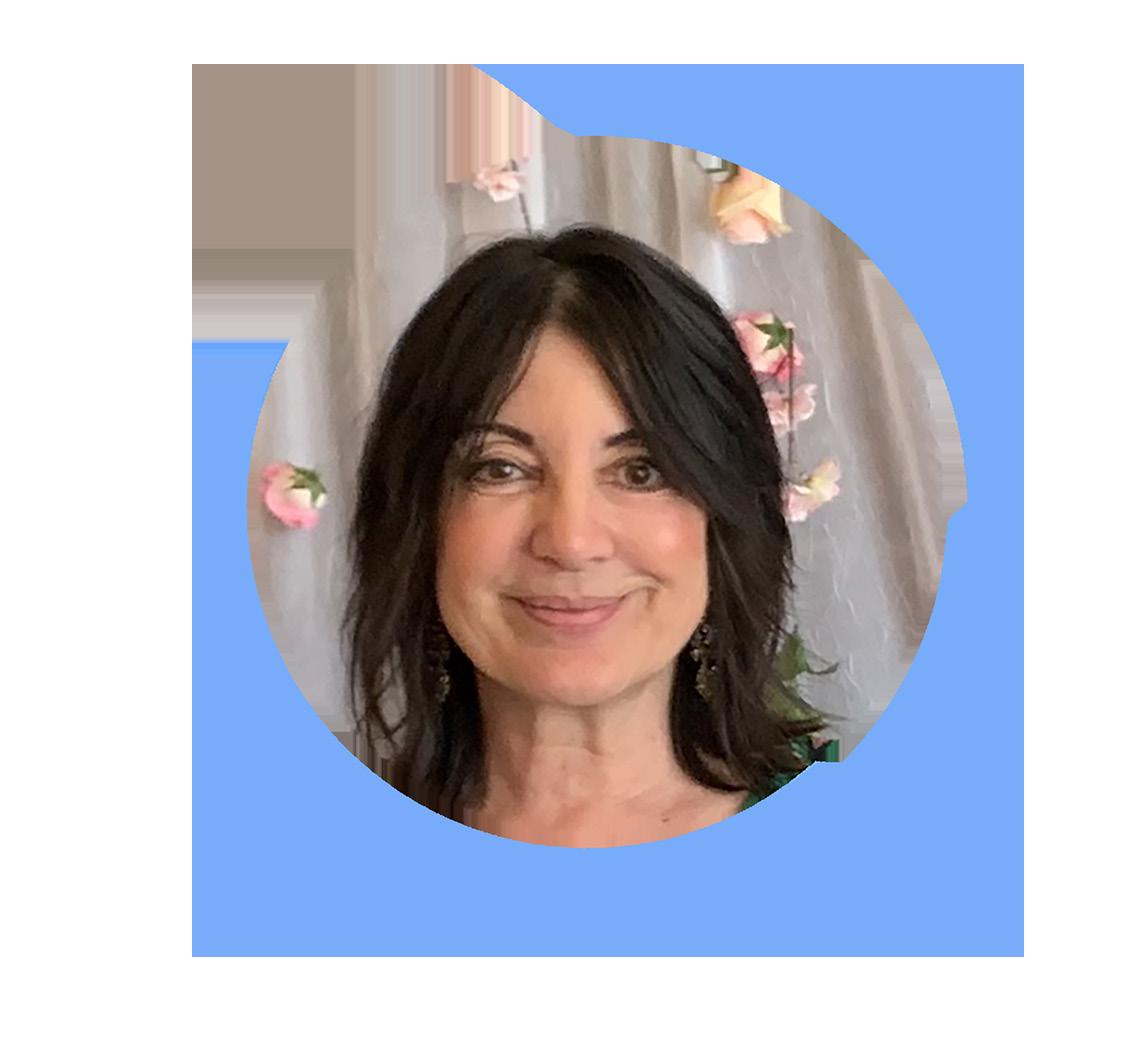
Diane Lilli is the mother of three adult children, has two daughters-in-law, and (as of 2023) one granddaughter, a beloved "grandson Golden Doodle" Bilbo, and a feisty black cat.
https://www.amazon.com/s?k=the+last+invention%2C+diane+lilli&crid=34WBUBA720RZZ&sprefix=the+last+invention%2C+diane+lilli%2Caps%2C95&ref=nb_sb_nos

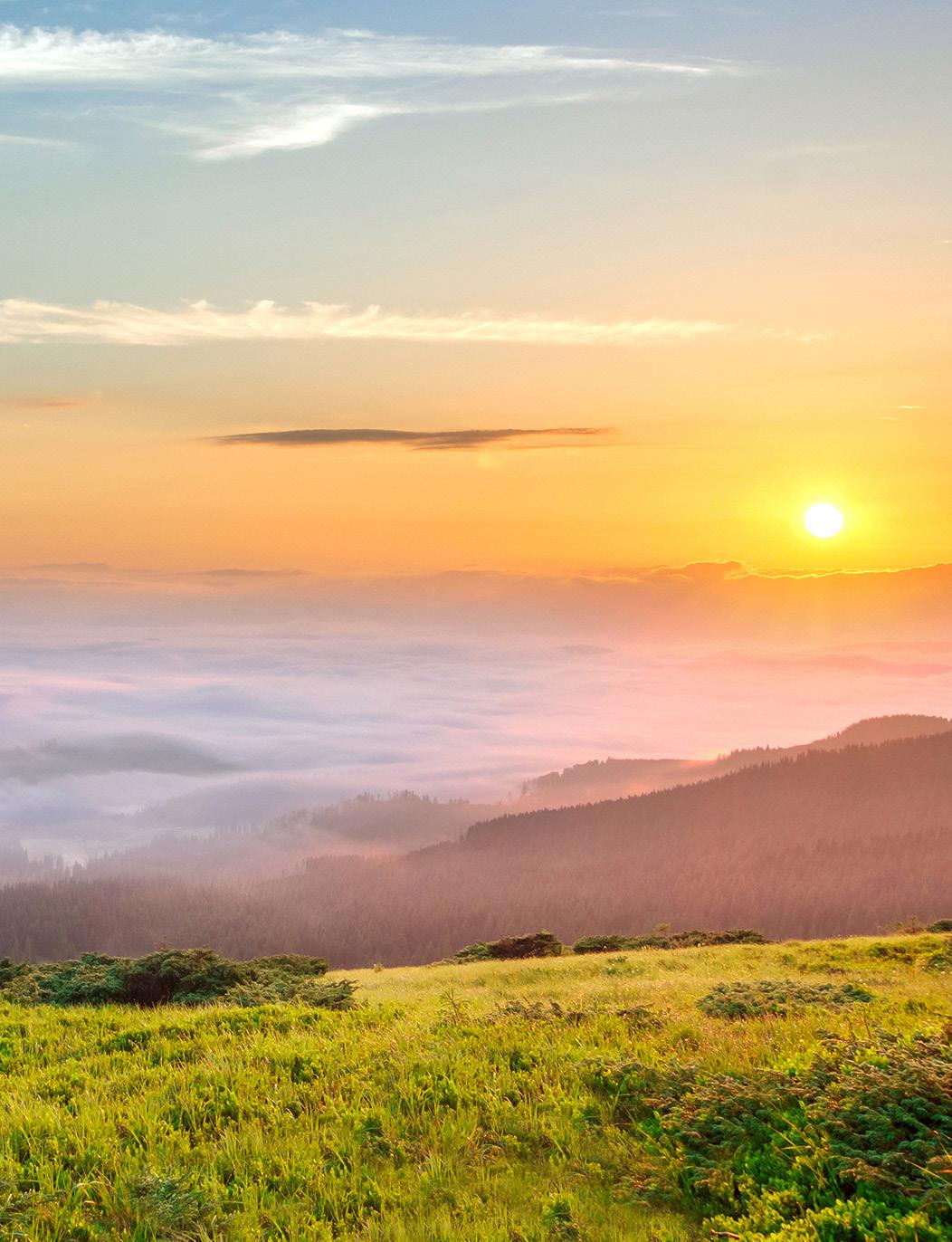

Nutrition and Lifestyle Medicine has become a familiar term for those working to improve their overall health and wellness. The emphasis is on optimizing parameters, including nutrition, sleep, activity, and mindfulness. Working in this field has been our passion for almost two decades, and we have gotten tremendous joy watching our patients reverse disease, lose weight, and feel better overall. Yet although patients were living longer and healthier, for many of them, including ourselves, something was still missing. We were checking all the boxes – pristine diet – check, daily exercise – check, 7-8 hour sleep nightly – check. But checking the boxes still left us feeling exhausted, depleted, and disconnected from ourselves and others. We were not living our best life by any stretch. This led us to rethink our understanding of wellness and led us to consider the narratives we have about health.
What do we believe is missing in the wellness world? Connection, aand how it integrates with nutrition and lifestyle, which alone are not enough.

As poor lifestyle and food choices affect our health, so does being disconnected from others, as proven by the effects of isolation during the Pandemic. We know that a compassionate, authentic connection with ourselves and others is a fundamental cornerstone of health, and science shows it has a unique and equally powerful impact on physical biomarkers and outcomes, including cholesterol, blood sugar, chronic pain, microbiome, and more. Without connection, our attempts to improve diet and other areas of our life can be futile.
The key to optimal wellness is the dynamic synergy between Nutrition + Lifestyle + Connection.
What do we mean by connection? Connection is the inherent need to authentically connect with ourselves and the world around us. Remember that connection is more than having lots of friends or social gatherings, rather it is about being able to identify what you are feeling and needing and then having the comfort and skill to share what is truly alive in you in a way that it feels like a gift (instead of demand or criticism) to others. In fact, living in disconnection or isolation creates a fight or flight state that stimulates inflammation and has been linked to physical and mental diseases, including heart disease, dementia, stroke, increased sensitivity to pain, depression, anxiety, and obesity.
The greatest power of connection is in giving us a space to authentically connect with ourselves and others. Why is that important? Because so many of us live our lives suppressing or repressing our authentic selves. Our approach to life becomes one of artificial harmony where we "sweep things under the rug" in an effort to belong, get along, and be accepted. We do such a great job that, at some point, we believe in our own façade and lose self-connection to our own authenticity. In essence, instead of checking in, we check out. Our life cycles on autopilot as day in, day out we check the same boxes, never really feeling satisfied despite our accomplishments. This is because suppression and repression come at a huge cost! Hiding our true selves (from ourselves or others) is a form of trauma. We mobilize in a fight or flight response that increases inflammation in our body and, over time, leads to chronic disease.
So, what can we do? The path out of loneliness, disconnection, chronic disease, and exhaustion is Nutrition, Lifestyle, and Connection. Seek a health professional who specializes in this approach to achieving well-being and, ultimately, a life that is wonderful.

Via this path, you learn -
• The importance of regulating and resourcing our internal environment through eating health-promoting foods, getting daily movement and adequate sleep, and incorporating play. This is essential for addressing the exhaustion, overwhelm, difficulty sleeping and concentrating, lack of motivation, and increased anxiety and irritability that many of us experience. Not giving these areas attention is the equivalent of expecting your car to run without gas, oil, or water.
• The inherent need to authentically connect with ourselves and the world around us and the skill in which to do so in a way that enhances your health, wellbeing,
and overall life experience. It is through connection and the resulting cultivation of self-compassion and internal motivation that long-term changes can be made.
You may wonder what this looks like in practice. We mentioned earlier not settling for just "ok." When nutrition, lifestyle, and connection are in sync, not only do you elevate your health, but you enhance the joy you experience in your life – making life that much more wonderful!
Using sleep as an example, we can begin to understand that prioritizing sleep isn't just about getting more energy to be effective the following day. It is essential in contributing to our connection with our loved ones (avoiding the reactivity that comes with exhaustion) and improving our dietary choices (lack of sleep increases our cravings for junk foods by about 30-40%). In addition, inadequate sleep shifts the body to mobilization (fight or flight), which results in an inflammatory cascade that contributes to physical disease.
We know that a compassionate, authentic connection with ourselves and others is a fundamental cornerstone of health, and science shows it has a unique and equally powerful impact on physical biomarkers and outcomes, including cholesterol, blood sugar, chronic pain, microbiome, and more.Photo by AnnaHarAdobeStock
So, in essence, getting enough sleep can improve our food choices, give us enough energy to play, exercise, and be productive at work, make us more likely to engage with family and friends with care and kindness, and so on. Similarly, disconnection from our partner can increase our anxiety which negatively impacts our sleep and leads down the same cascade. The purpose of this example is to show the powerful interdependence that nutrition, lifestyle, and connection have in positively impacting our health and wellness. And in that lies the good news that it does not matter where you start your journey but rather that you start. When you do so with the intention of addressing all three of these keys to optimal health, the result is going to take you from illness to wellness and all the way to wonderful!
The Benefits of Connection Medicine:
1. Mental and Emotional Wellbeing: Connection Medicine recognizes that meaningful relationships, community engagement, and support networks can improve mental and emotional health. By prioritizing these connections, individuals can experience improved mental resilience.
2. Enhanced Physical Health: Research shows that strong social connections are linked to better physical health outcomes. Individuals with robust social support networks tend to have lower rates of chronic conditions such as heart disease and obesity. Connection Medicine encourages the development of healthy relationships and emphasizes the role of social support in promoting better physical health.
3. Stress Reduction and Resilience: As a result of today's
fast-paced lifestyle, stress has become a significant health concern. Connection Medicine offers strategies and practices to mitigate stress and build resilience. Mindfulness, meditation, and other mind-body techniques foster self-awareness and equip individuals with valuable tools to manage stress effectively.
4. Sense of Belonging and Purpose: Connection Medicine recognizes the need for a sense of belonging and purpose. It encourages community involvement, promotes personal growth, and fosters meaningful connections between individuals. This approach helps people experience a greater sense of purpose in their lives and contributes to overall life satisfaction and fulfillment.
1. An understanding of how disconnection promotes inflammation and impairs our immune systems' ability to fight everything from viruses to cancer (chronic pain, too), making connection a powerful new factor in chronic disease management,
2. Learning how to regulate your nervous systems to get out of survival mode
3. Learning how to discern your internal feelings and needs that will direct you toward healing and optimum health and joy
4. Learning Nonviolent Communication is the framework around which this healing quality of connection can be cultivated.
When what you are doing isn't working, try Connection Medicine!
Alona Pulde, MD Chief Executive Officer & Co-Founder of WeHeal. Touted as a doctor of the future, Dr. Alona Pulde combines conventional Western medicine, Chinese medicine, Lifestyle Medicine, Nonviolent Communication, Polyvagal Theory, and Trauma-Informed, Somatic Principles & Pain Reprocessing to create her groundbreaking health paradigm.
She starred in the life-changing documentary Forks over Knives and is a NY Times bestselling author, co-authoring six books, including The New York Times Bestseller Forks Over Knives Plan. Most recently, she co-authored Wellness to Wonderful, interweaving medical science, psychology, spirituality, and life wisdom to help people achieve lasting health, vibrancy, peace, and joy.
Alona Pulde, MD, is a board-certified Acupuncture practitioner and Oriental Medicine & Family Medicine Physician. She is particularly passionate about supporting clients with nutrition and women’s health.
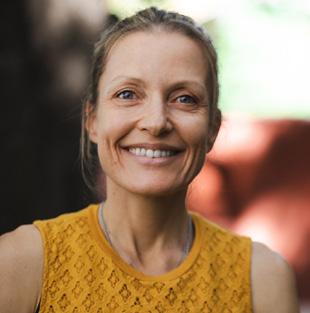
Passionate about sharing her message about the health benefits of being VEGAN

Plant-based foods are a veritable cornucopia of colors, shapes, textures, and opportunities for creativity. Finding new ingredients and new uses for familiar ones can provide an endless source of inspiration that can fuel your passion for adventure, travel, and cooking. It certainly fuels mine.
I first went vegan in the early nineties. I was a young, iconoclastic kid who wanted to fight for animal rights and was not interested in the quality of my food. Back then, Tofurky hot dogs, BOCA burgers, and soy milk were essentially the only choices. Oh, and French fries, potato chips, and all that other accidentally vegan junk. The vegan diet of my youth was the diet of many teenagers: junk food. The belief then was that tofu was bland and that most reconstituted plants-as-meat resembled canned dog food more closely than something to serve on a prix fixe menu. Vegetables were side dishes, not main attractions, and vegan diets were dominated by starchy carbohydrates. When popped rice cakes and diet soda stopped trending
and the health food industry began to push diets that emphasized protein and eliminated carbs, I, like many others, was told by my doctor to give up veganism if I ever hoped to lose weight, be healthy, and fit in. In the 2000s, I returned to an omnivorous diet for about ten years. During that time, I convinced myself that I was too much of a foodie and would miss ceviche too much or never be able to eat at Chez Panisse or French Laundry if I were to go back to veganism.
Based on my previous experience as a vegan, and my ignorance, I made a choice to continue eating animal products, which significantly compromised not only my ethics but also my physical health—in fact, I developed a major chronic illness throughout my twenties that went into complete remission within four weeks of my becoming vegan again.
While for health reasons, I should have returned to the vegan fold sooner, during my ten years as an omnivore, I ate and learned about some of the most interesting and well-regarded foods in the world.
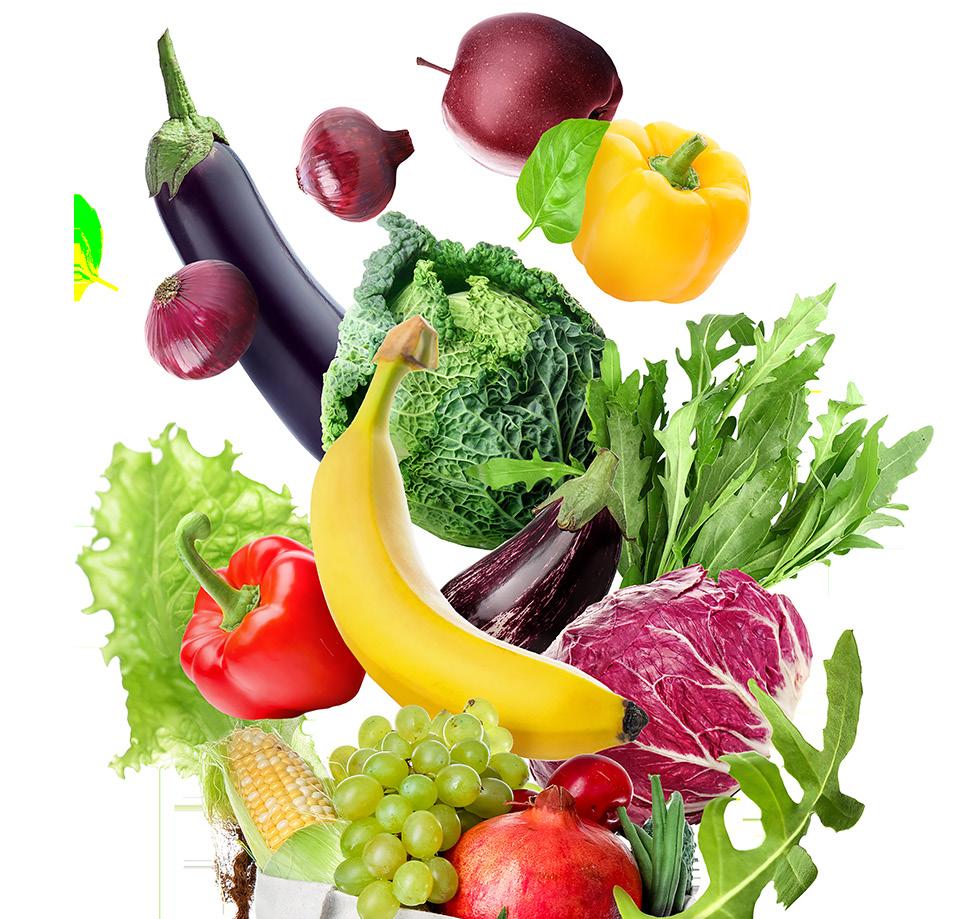
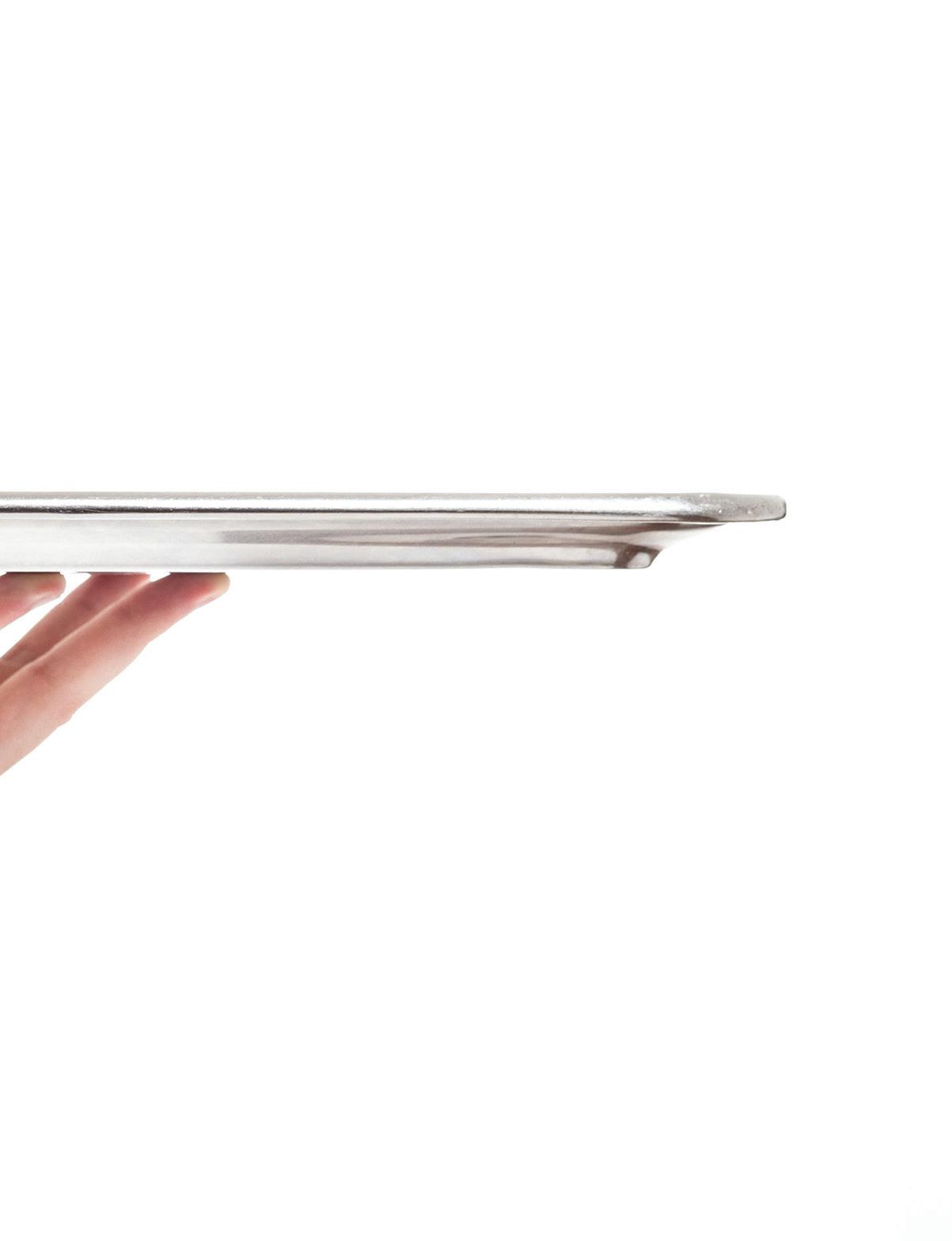
I experienced foods from Michelin-starred restaurants, multigenerational restaurants in Peru, and street carts in Istanbul. These adventurous experiences greatly bolstered my cooking and influenced my approach to flavor and composition.
When I finally returned to veganism, it was a new era. I was living in Manhattan, and I saw firsthand how much vegan food and culture had developed. I was a kid in a candy store, surrounded by some of the best, from fine dining at Blossom and Candle 79 to comfort food at B.A.D. Burger and Champs. Now, there are even more incredible vegan restaurants popping up every day, and conventional restaurants frequently offer inspired plant-based options. That is if you live in a place like New York City.
When I left New York, I thought to myself: What am I going to do? Surely Manhattan has spoiled me for all non-major metropolitan food scenes. I realized why people think of vegan cuisine as inconvenient,
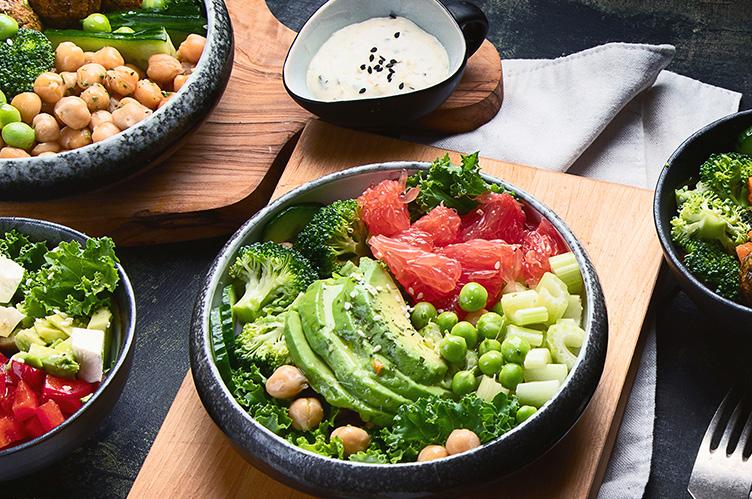
obscure, and limited in its options, as raw, bland health food derived from a love generation-inspired concept or a highly processed simulation of food, not food in its own right. These misconceptions stem from the fact that, all too often, people simply aren’t exposed to well-prepared, high-quality plant-based cuisine. The most common vegan options in restaurants and grocery stores are the fried Standard American Diet offerings. Most people, unfortunately, do not have regular access to vegan food presented as haute cuisine, let alone to plant-based fine dining restaurants.
Vegans, flexitarians, and everyone in between get the raw end of the deal when it comes to finding great food outside of big cities, and omnivores miss out on the wonderful tastes (and nourishment!) of plant-based cuisine. While this is changing, we can’t all live in the Berlins and New York Cities of this world and geography shouldn’t affect our ability to have inspired plant-based meals and conquer new culinary challenges.
About Plant-Based Gourmet
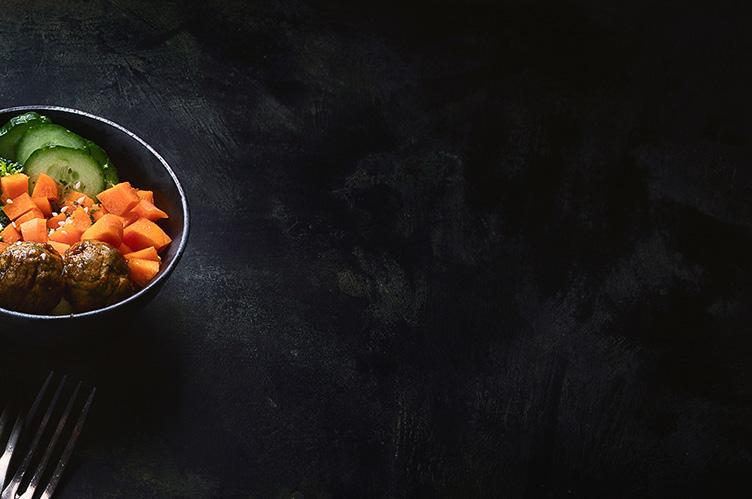
Plant-based meals can be a cornucopia of colors, shapes, textures, and mouthwatering flavors—a source of boundless opportunities for creativity in the kitchen. In PlantBased Gourmet: Vegan Cuisine for the Home Chef, 150 original recipes for vegans and the veg-curious will delight nutrition-minded home chefs and foodies alike, featuring dinners and brunches, hors d’oeuvres, drinks, and desserts—items like vegan sushis, charcuteries, roasts, and confits, as well as sous vide truffles and crème brûlées. Also included are easy instructions for the advanced techniques like sous vide and foams, as well as plating and styling, so you can make Instagram-worthy dishes that will have your friends asking what restaurant you dined at.
Chef Suzi Gerber is an executive chef, food product developer, and food and diet medical research specialist with a passion for plant-based cuisine. A firm believer and staunch advocate of a completely plant-based diet, Suzi teaches chefs, food educators, and food developers how to incorporate plant foods into standard menus and recipes without removing flavor or compromising product texture.
While some vegan foodies and conventional chefs who don’t live in creative food metropolises may recognize the potential of plant-based cuisine, they likely need to turn to veggie food bloggers, and Instagram feeds to garner ideas for recipes and inventive presentations.

Most vegan cookbooks resemble the prevalent restaurant and grocery store selections and focus on dishes that won’t intimidate people transitioning to veganism or the veg-curious, or they share how to make veganized standard-diet hits or the signature dishes of vegan celebrities. There are trailblazing cookbook authors who have made it possible for restaurants to add vegan options and to offer something other than French fries for their vegan customers—but with all the creativity, science, and exploration in contemporary mainstream cuisine, it’s time that plant-based cuisine became elevated in its own right. Plant-based can be so much more than just veggie burgers, vegan mac’n’cheese, and side dishes.
There are many accomplished and creative home chefs—perhaps even vegans with omnivorous partners, parents, or friends of discriminating tastes—all itching for something new.
In writing my book Plant-Based Gourmet, it is my hope that foodies gone vegan, or those who cook for them frustrated that the tastes of vegan gourmet are not readily available, can eat out while staying in. Mainstream media touts a plant-based diet as a modern panacea for the environment, health, social justice, and animal welfare. But while the term “plant-based” conveys an air of purity, health, and botanical benefit, it is rarely lauded as the pinnacle of haute cuisine. A completely plant-based meal is often met with hesitation by those with less adventurous palates.
Let’s change that together.
As a former airline employee, I fondly remember the days when airport security was far less frustrating. After passing through a metal detector, passengers were pretty much free to roam the airport. Now, it’s long lines, emptying pockets, and removing coats, shoes, and belts. We have items confiscated because we forgot to leave them at home. (According to TSA. gov, a Harry Potter wand is okay to bring on board, but pack your Magic 8 Ball in your checked luggage.)
Worse, we may assume that airport scanning technology is foolproof. While the exact number is classified, it’s been reported that as much as 70% of banned items are still getting through. The promising news is that your airport security experience will improve over the next few years.
There are multiple layers of security technology in development that will cause the false alarm rates at the TSA
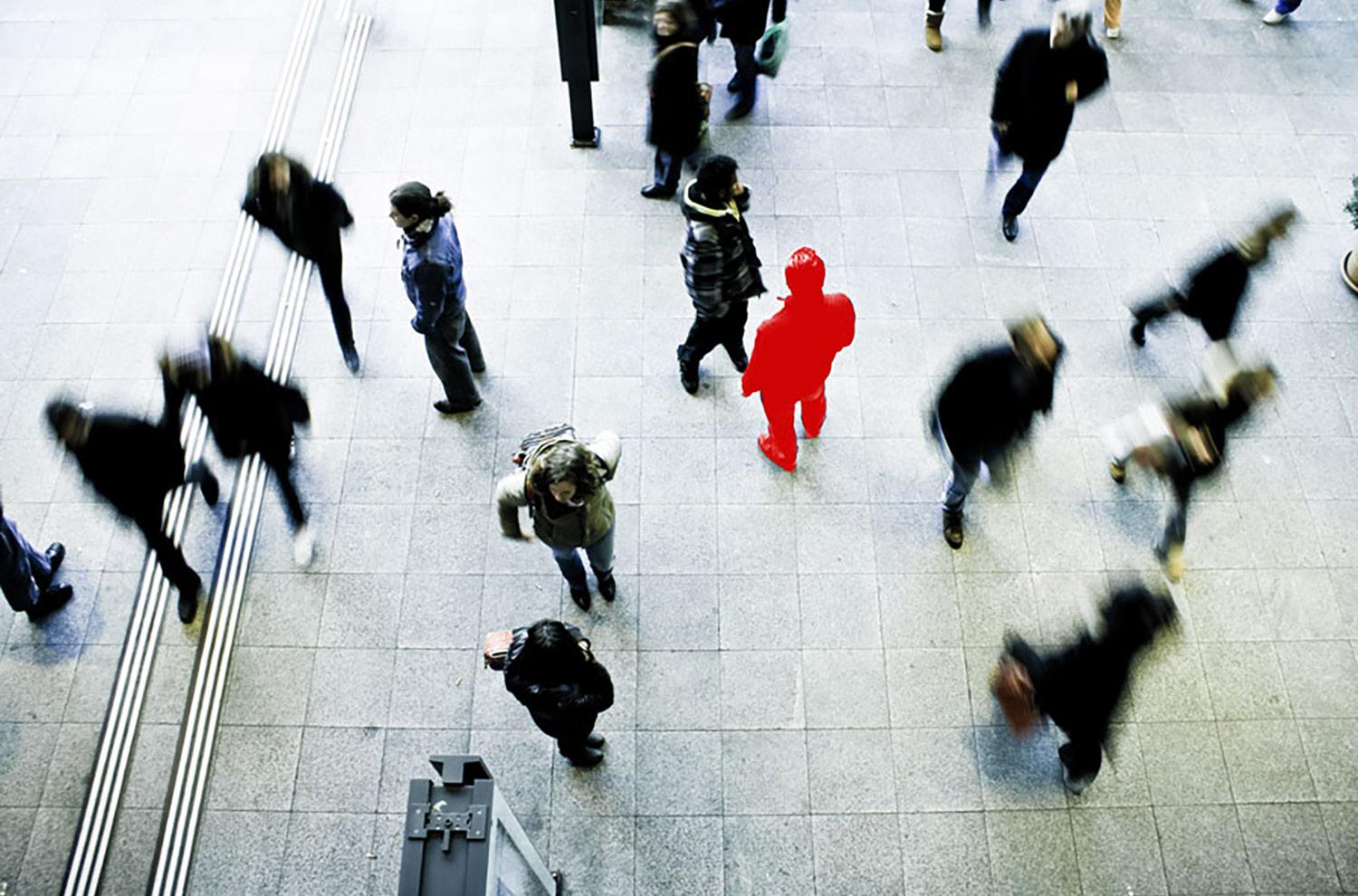
checkpoints to go down and the lines to move faster. And they’ll make the airport perimeter, including outlying parking areas, much more secure.
After once having my bare feet wanded by a TSA agent, I’m particularly excited about next-generation technologies, such as a 3-D imaging foot scanner called the SS1 Shoe-Scanner developed by an elite international team of threat detection specialists at Plymouth Rock Technologies, which is in the final testing phases. This team is working on several security devices that will soon become more widely available.
These devices will use various technologies, including millimeter waves and artificial intelligence, to identify threats. All this technology is safe and has already proven to work in other applications. Nearly every car coming off the production line is equipped with millimeter-wave radar for cruise control, blind spot detection, and collision avoidance.

Meanwhile, here are five simple steps that can reduce your anxiety levels and help airport security personnel be more effective.
1. Dress airport friendly. Choose shoes that are easy to take on and off. If you wear a short top, make sure you can comfortably raise your arms without exposing them too much. Some belts and metal jewelry will set off screening devices. And baggy clothes may be used to conceal items and may draw the TSA’s attention.
2. Use a luggage tag that hides your name and home address. The person next to you on the airport shuttle van or in line at checkin may be a burglar looking for addresses of empty homes.
3. Pack your medications and other carry-on essentials inside a zipped bag. Using a zipped bag will prevent someone from reaching in to grab your tablet or anything else you don’t want to lose. Also, never leave your belongings unattended. Don’t trust a stranger to watch them while you run to the bathroom. Take them with you, even if it means schlepping several items.
4. Allow plenty of time for unanticipated delays. Arrive at the airport much earlier than you believe is necessary. When you’re feeling rushed or stressed, you are less likely to notice suspicious people around you. If everything goes smoothly, reward yourself by grabbing a snack or browsing the gift shop before your flight.
5. Make your ground transportation arrangements before you leave. Planning ahead may help you avoid making risky decisions, such as sharing a taxi with a stranger. Know the airport and hotel shuttle schedules. Confirm that they will be running at the time of your arrival. If you plan to use rideshare,
set it up before you leave home. Be aware that some airports have moved rideshare pick-up/drop-off points away from the terminals, so plan accordingly.
Would you prefer to keep your shoes on while going through security screening?
Right now, only adults over 75 and children ages 12 and under are exempt from having to remove shoes at airport terminal security checkpoints. That may change very soon with the introduction of SS1 Shoe-Scanner, millimeter-wave shoe scanning technology.
The SSI is a floor-mounted 3D imaging system that uses harmless millimeter wave imaging techniques, combined with artificial intelligence, to inspect footwear without the need for removal by the wearer. Hello, faster checkpoint lines!
This technology is different from other types of shoe scanners that can only detect metal and cannot find chemical powders or other contraband. The SS1 will be able to detect weapons, explosive substances, compounds, or electronics concealed in shoes and other footwear.
If an alarm is triggered, the passenger will simply be asked to take off their shoes for more intensive screening. Shoe scanners may also appear at other key airport security locations, such as the ticket counter and at the gates.

The Plymouth Rock Technology team is also working on millimeter-wave and AI technology devices that may one day be used at off-airport parking lots, walkways, and baggage check-in counters to identify potential security threats. These streamlined safety measures may lead to more pleasant travel experiences for all of us!
Robin Miller is a freelance writer. She enjoys sharing good-news stories about people, places, and technologies that make our lives happier, easier, and more stress-free.

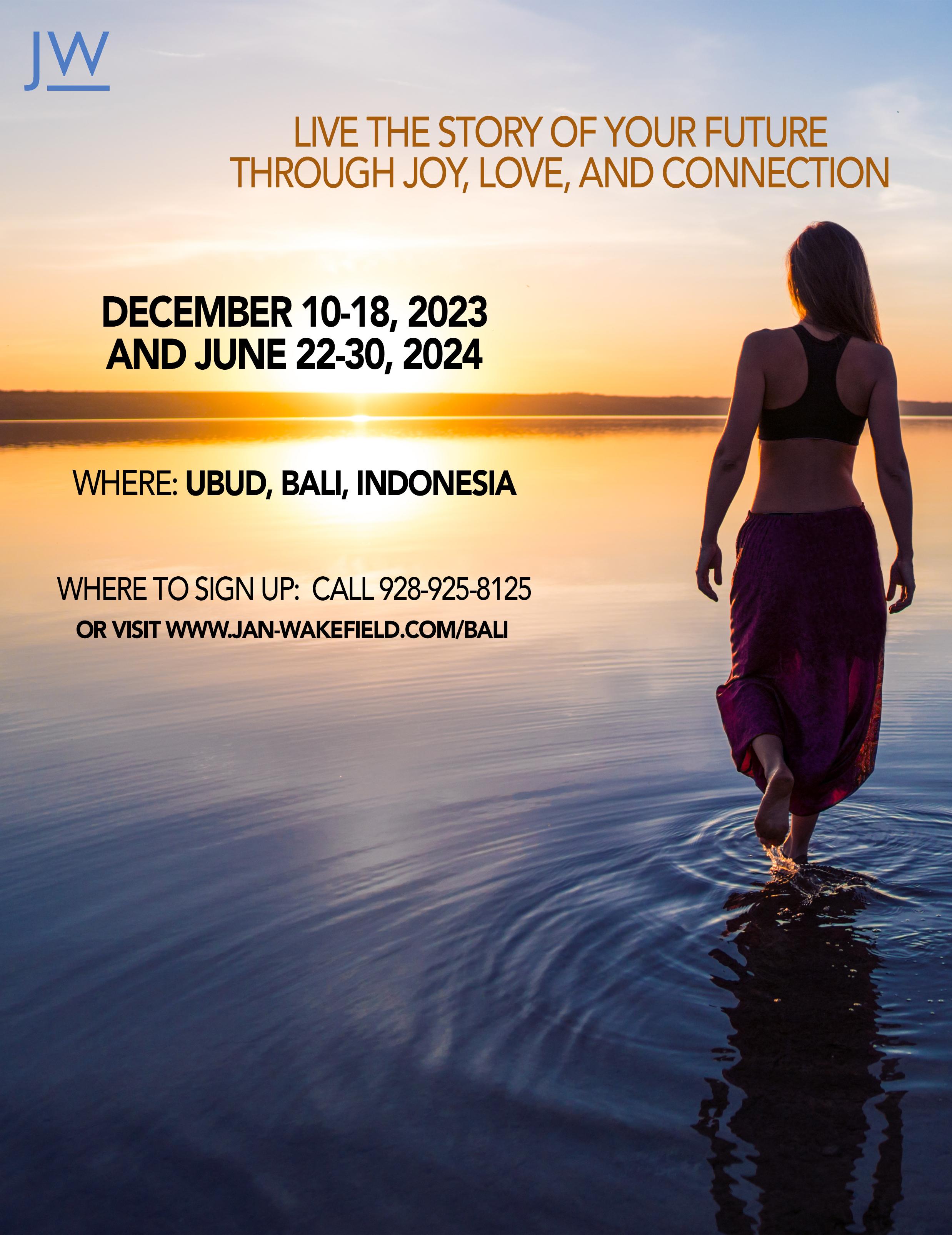

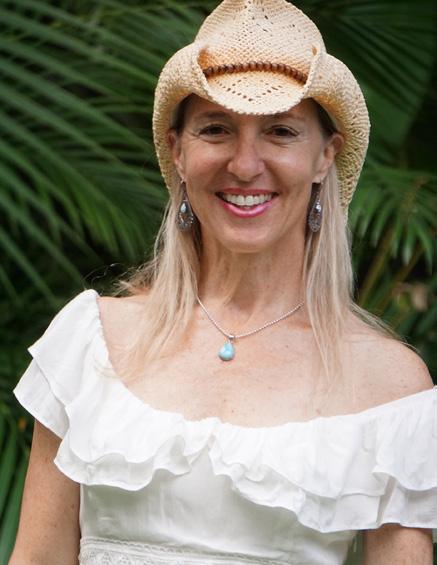
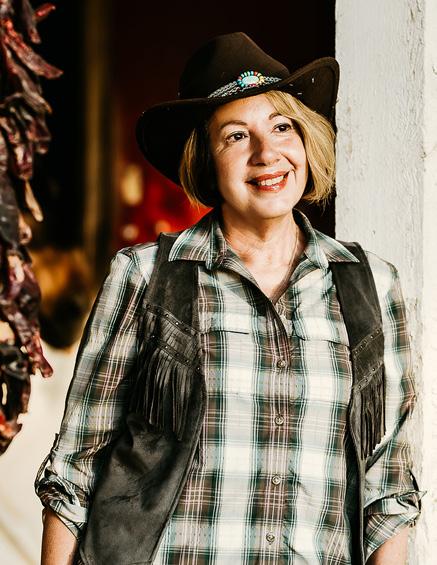

e begin the spiritual journey in innocence, filled with a longing to be saved, awakened, healed, or simply to belong. We may find a cherished teacher or participate in a community and engage in religious rituals or spiritual practices. We may enjoy a sense of membership and moments of deep fulfillment, even rapture. We may experience ecstatic altered states of consciousness or simply a quieter mind and more compassionate heart.
But, at some point, we may meet the shadow of spiritual authority, suffering blatant emotional or sexual abuse. Or we may feel the consequences of a series of small, insidious transgressions. Or we may uncover a coercive group dynamic that becomes intolerable. Regardless of the specifics, we come to see through the image of an idealized priest or teacher to a dark shadow or human limitation, and our projection rattles. If the disappointment is deep, if the disillusionment is shattering, we enter the night sea journey, the via negativa, or way of darkness.
In the Christian mythos, this is the time of the cross. As we read in Mark 15:34: Jesus cried out in a loud voice, “My God, my God, why have you forsaken me?”
At first, we may try to deny what we see in others. One disciple of a swami accused of abuse explained, “If I believed such stories, I would disbelieve my whole life. I have no room for such thoughts. I
Wmight doubt my own perception. I might doubt my own eyes. But I cannot doubt that strength which has given me everything.”
In a different scenario, we deny our own shadows, those unconscious feelings, and beliefs that are deemed unacceptable by our teachers and communities. But at some point, those hidden thoughts and feelings—a cynical, gnawing doubt; an intractable, inexplicable depression; a persistent, destructive habit—erupt into consciousness. Then one day, we admit to ourselves that, despite our faith in a church or a teacher’s promises, diligence in attendance, or practices, we still struggle with our own darkness. A spiritual life can’t save us from suffering.
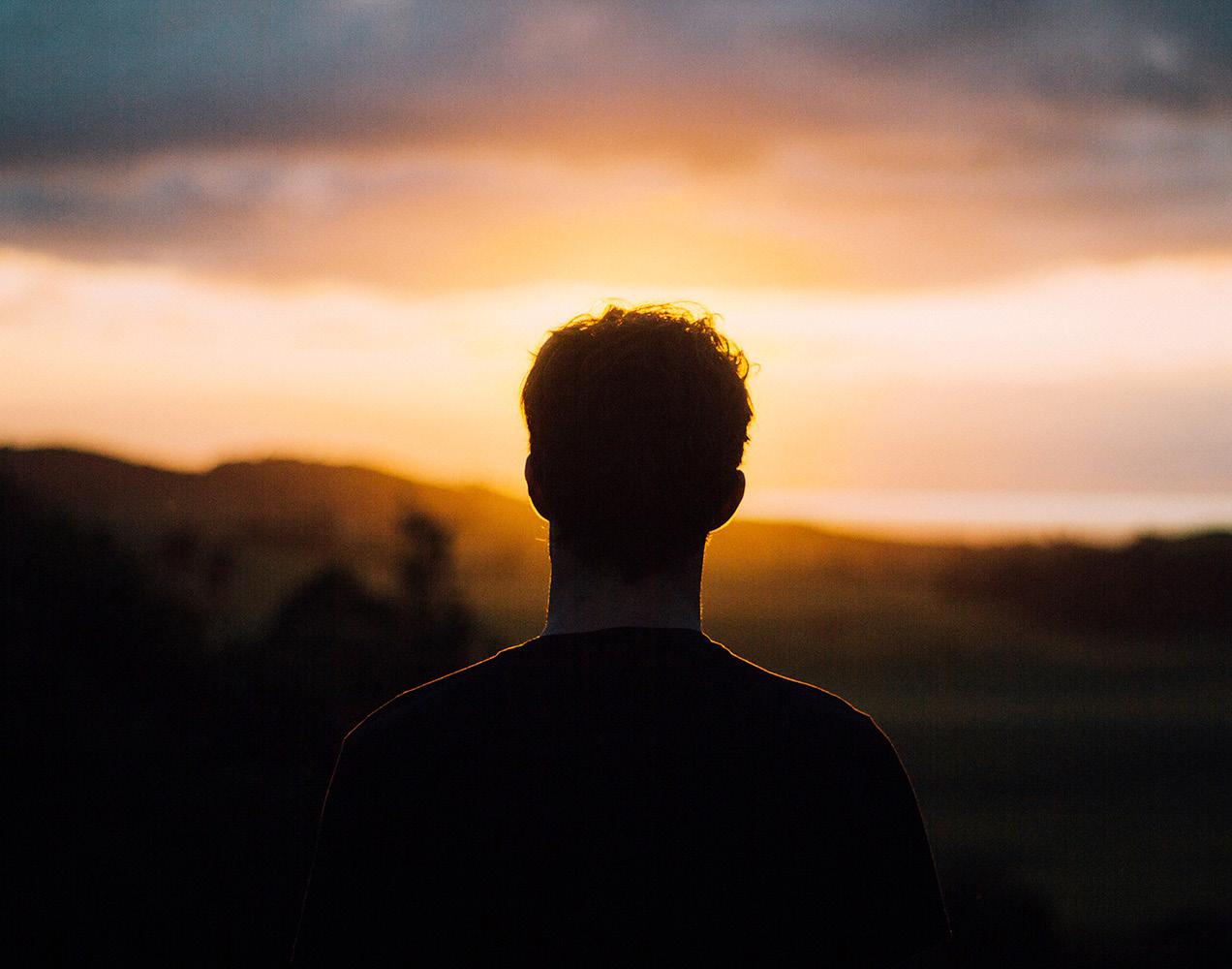
One man told me, “The more I meditated by day, the more I drank at night. At first, I didn’t think anything of it because my parents drank, my brother, drank, my teacher drank too. Taking it for granted, the drinking became invisible. Then someone pointed out that I couldn’t get through an evening without drinking. Slowly, I began to realize that, yes, I was an alcoholic. And my teacher and my practices colluded with my problem.”
To sum up, we may meet a teacher’s shadow, we may meet our own shadow, or we may suffer disillusionment with spiritual beliefs or practices. In any case, our dreams of transcendence and communion fade. We lose faith and fall from grace. We feel forsaken, even by god.
We don’t want to deny the light any more than we want to deny the shadow. Rather, the intention is to learn to hold both, the full reality of our spiritual lives—the dance of darkness and light on the path.
With the fall, some believers turn away from god, becoming bitter disbelievers who feel confused and disoriented with the fellowship of community and the guidance of doctrine. Others retrench against the threat of loss and defend the fortress of belief with louder right-and-wrong thinking. They attempt to ascend again, denying the meaning hidden in the fall. They rationalize their beliefs, excuse their abusive experiences at the hands of others, or trade-in their spiritual props for another set, climbing back toward the heavens of naivete. Still, others grab for the brass ring of a materialistic life.
Spiritual abuse may be covert, such as cultivating fear or shame, or overt: money, power, and sexual shadows in religious teachers may lead to outright coercion or molestation. One clear example can be seen in the international scandal of sexual abuse by Catholic clergy. Although there are clear distinctions to be made between child survivors of abuse and adult survivors, there are many commonalities as well. The child’s innocent projection of greatness, even godliness, onto the priest is analogous to the adult’s projection onto a spiritual teacher. The incapacity to give consent is analogous due to the power dynamic. The demand to keep the secret repeats the pattern. And the consequences for the mind-body of the survivor are the same: PTSD, anxiety, depression, and profound loss of faith.
The epidemic of abuse by teachers knows no denominational boundaries. It’s not rooted in dogma or belief; it emerges from the deep recesses of the human shadow regardless of a leader’s beliefs, even regardless of spiritual commitments. And meeting the shadow on the spiritual path—your own or someone else’s—can be a life-changing event, a turning point from a blind trust of another to a more authentic self-trust, from naivete to maturity.
The intention of adding shadow awareness to our search for awakening is not to negate the profound, meaningful, and even ecstatic gifts of our teachers and communities. We don’t want to deny the light any more than we want to deny the shadow. Rather, the intention is to learn to hold both, the full reality of our spiritual lives—the dance of darkness and light on the path.
A fortunate few find the narrow path through the darkness and undergo an authentic initiation. With spiritual shadow work, we can travel from spiritual innocence through the dark descent toward a new level of consciousness – spiritual maturity. We evolve from dependency on a spiritual parent through meeting the shadow toward spiritual adulthood.

Connie Zweig, Ph.D., a retired psychotherapist and former executive editor at Jeremy P. Tarcher Publishing, is co-author of Meeting the Shadow and Romancing the Shadow and author of the bestseller The Inner Work of Age: Shifting from Role to Soul and a novel, A Moth to the Flame: The Life of the Sufi Poet Rumi. She has been practicing and teaching meditation for more than 50 years.

 By Emil Rem
By Emil Rem
It was an ordinary Sunday. Or at least it started that way. As an accountant with a looming deadline for a financial statement and twenty personal tax returns to complete, my day was meticulously planned out. I woke at the crack of dawn, filled with determination to tackle the tasks that lay ahead and be ahead of schedule.
However, life, as it often does, had a different plan. My wife, waking at a more leisurely 9 am, had a simple request. "Hon, can you drive me to Saskatoon Farm? I have some muffins to pick up." I let out a sigh, masked
my growing panic at the thought of rescheduling my work, and agreed to her request.
Then came a detour for breakfast at Phil's. And a spontaneous trip to the annual Lilac Festival that was taking place on our street. And just as I thought I could return to my work, my son woke up late and needed a ride to the campus of Mount Royal University, where he's a student.
Time, it seemed, was slipping away.

About to scream," Stop wasting my time," I paused. Suddenly, I was transported back to my younger days, bombarded with the echoes of my mother's disapproving voice. "You failed your high school exams. You failed every accounting exam you've taken. You're such a loser. Stop wasting time."
Despite thirty years of physical separation, it felt as though my mum was standing right in front of me, her voice laced with fiery rebuke.
In the midst of the chaos, a realization dawned. Immersed in the happiness my family and life with them has brought me and the love we share, I recalled a quote from one of my favorite childhood books: Antoine de Saint-Exupery's The Little Prince.
"All grown-ups were once children… but only a few of them remember it. It is the time you have wasted on your rose that makes your rose so important. I am who I am, and I have the need to be. The most beautiful things in the world cannot be seen or touched; they are felt with the heart."
That day, amidst unexpected detours and incessant interruptions, I was reminded that what has come to be known as "wasting time" is, in fact, an invaluable gift—one that we should all embrace routinely—even when it seems inopportune. When we "waste time," we:
Connect with the People Around Us - Whether it's a spontaneous breakfast with our partner or a drive across town with our child, these are the moments that deepen our relationships. When we set aside our immediate tasks and engage fully with our loved ones, we create memories that often prove to be more valuable than any material possession or ac-
complishment. Time spent with loved ones is never wasted.
Live in the Moment - In the hustle and bustle of life, we often become slaves to our schedules, losing sight of the present moment. But when we allow ourselves to "waste time," we live in the moment, noticing our surroundings, savoring our experiences, and appreciating simple pleasures. As mindfulness experts point out, this enhances our quality of life.
Invest in Self-Care - Constantly chasing deadlines can lead to burnout and stress. By seemingly "wasting time," we give ourselves permission to slow down and relax, which is crucial for buffering the demands of daily life and maintaining our mental and physical well-being.
Foster Creativity - Great ideas often emerge when our minds are allowed to wander. By stepping away from our immediate tasks and giving ourselves the freedom to simply think or daydream, we can unlock our creative potential.
Gain Perspective - Time spent away from our work allows us to reflect on our lives from a broader perspective. We can reassess our priorities, redefine our goals, and gain valuable insights into what truly matters to us.
As I sat back down at my desk that late afternoon, I felt a profound sense of fulfillment. I was grateful for the reminder that the value of my day should not solely depend on the number of financial statements I prepare or tax returns I complete. It's also about the laughter, shared moments, and memories I create with my loved ones.
Indeed, the most beautiful things in the world are not seen or touched but felt with the heart.
Emil Rem is a creative nonfiction writer, an eccentric accountant, and an advocate for overcoming the odds.
An Ismaili Muslim originally from Tanzania, he has faced—and overcome— daunting circumstances all his life, from being raised in foster care in England to emigrating to Canada as a young adult. He is the author of Heart of New York and Chasing Aphrodite and has more books in the works. His mission in sharing his stories is to instill hope and inspire people to choose action, resilience, hope, and determination to overcome even the tallest of odds, undaunted.
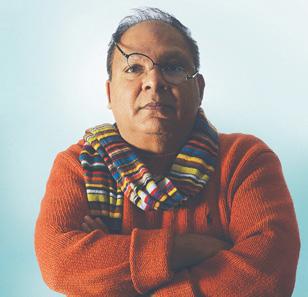



A.W.E. stands for Attention, Wait, Exhale, and Expand, and the method is a five- to fifteen-second, three-step process for "micro-dosing mindfulness."

Discover a clinically proven way to reduce inflammation, stress, loneliness, and burnout while improving overall well-being.
Research has proven that mindfulness improves well-being and reduces stress, anxiety, and pain. But for some, the practice itself feels challenging and inaccessible. That's where the A.W.E. Method comes in. In THE POWER OF AWE, therapist Jake Eagle and chronic pain specialist Michael Amster, MD, share their extraordinary yet simple mindfulness practice that turns ordinary moments into awe-inducing experiences, helping you effortlessly achieve a heightened state of consciousness usually reserved for seasoned practitioners of mindfulness—all within a matter of seconds.
In THE POWER OF AWE, readers will learn:
• Exactly how to enter a state of awe at home – no trips to the Grand Canyon or virtual reality equipment are required.
• The science of awe on a cellular level—exactly how and why this practice works to reduce inflammation in the body.
• What The A.W.E. Method looks like in practice - through a combination of results from their study at the University of California, Berkeley, their own lives, and their work with clients, Eagle and Amster show exactly how the A.W.E. method is significantly improving people's lives and how readers can reap those benefits for themselves.
Jake Eagle, L.P.C., is a psychotherapist, mindfulness instructor, fellow member trainer of the International Association of NeuroLinguistic Programming, and cofounder of Live Conscious. After thirty years in private practice, Jake now works part-time as a meta-therapist, working with people who want to go beyond the bounds of traditional therapy. Together, he and his wife, Hannah, lead life-changing small group retreats at awe-inspiring locations around the world.
Michael Amster, MD. is a physician and faculty member at the Touro School of Medicine. With twenty years of experience as a pain management specialist, he is currently the founding director of the pain management department at Santa Cruz Community Health. He's been a student of meditation for over thirty years, as well as a certified yoga teacher and meditation teacher. He splits his time between clinical work, research on awe, teaching mindfulness, and leading awe-inspiring retreats around the world.
To learn more, go to ThePowerOfAwe.com
Take advantage of our exclusive interview with the authors of Power Of Awe in our October 2023 issue.
"A powerful, practical, science-backed book that shows us how finding awe everywhere, every day, is essential to our health and well-being. In The Power of Awe, the authors generously share their A.W.E. Method, a novel, and refreshing approach to reduce stress, anxiety, and pain by finding awe in the ordinary."
~Judson Brewer, MD, Ph.D., New York Times bestselling author of Unwinding Anxiety.


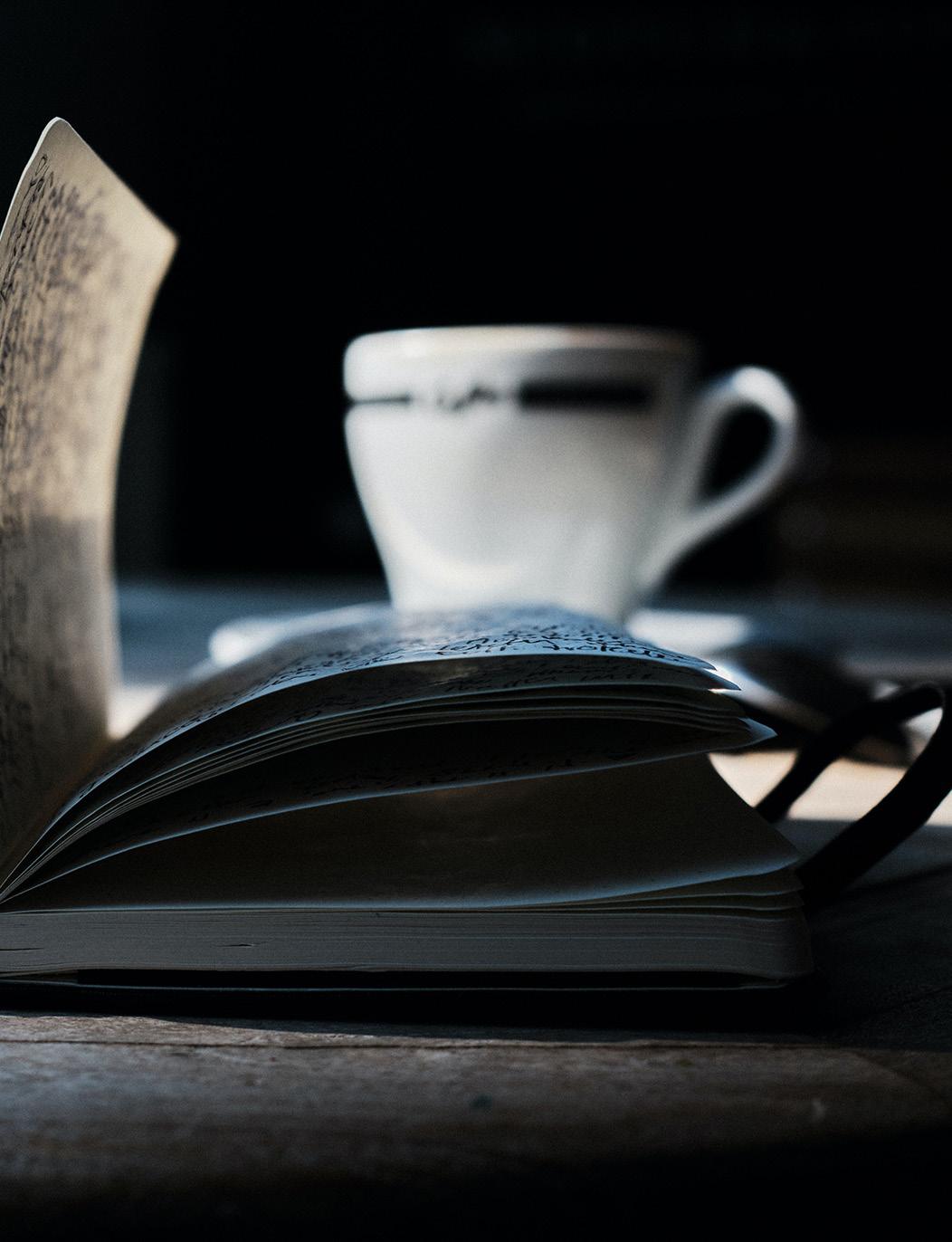

Brewed for which common good, dare you ask? Relax, it's all good; life is about connection, "Marco," "Polo." You can hear the children in the background splashing and yelling. A game of running from the singularity and connecting as a whole while remaining separate, so fascinating.
And here is when we slowly begin our journey as strangers before relationships, brewed like coffee into groupings of larger singularities.
We use the word "relationships" loosely with this word "connection" in all manner of self-derived conveniences. Do relationships actually exist, and if so, have you ever considered their meanings, like collusion and their inclusive consequences? In the long term, it may not be as beneficial as previously assumed. Do any of these power words, agreement, union, blending, unification, and bonding, bring up any emotions as you contemplate how each word has control over your mental and physical state of being? Sounds ever so freeing, de facto.
Uh oh!
The term relationship is dead and gone; it lives in the past. In order to grasp the true potential necessary for any individual to progress and manifest into their (singular) future, please consider this gift. All connections are to be considered as
"partnerships." This is how one can live freely without the boundless obligations conferred in the term, relationship. Defined as a binding way in which two things are connected: affiliation, association, liaison, linked, correlation, tied, coming together, merger, amalgamation, coalition, and grouping. It's the connecting or binding participants into a state-of-beingness, living a mindset bond. How wonderful!
It is said we are designed for experiences. There is no such thing in this earthly universe as positive or negative other than the label we project onto a physical expression. Both were created when thinking decided to place definitions upon every aspect of life and, in so doing, CREATED A PERMANENT SEPARATION that has locked the individual and humanity as a whole into a state of confused misunderstandings. How? Our classification of thoughts, positive, negative, good, and bad, via our survived experiences, is now embedded within us as a living emotional imprint.
Every memory experience has no physical means of support until we provide and bind it with emotion—a forever relationship. If there is no emotional attachment, it is unable to sustain itself. It just disappears into nonsequential, as if it was never there. When memories have no physical presence, they are merely an idea with a non-binding ability.
Acceptance converts as if like magic, an experience into thin air. So, what is this law of attracting? Does it exist? If so, attraction to what? The "I" has nothing to do with another human or the greater good. Does an insular act create a connection only to get what it wants and needs? Cause and effect function at the exact same time and space. These vibrations go unnoticed while one's mindfulness is constantly entertaining itself with all manner of conceived projections founded on previous ideas (needs) and ideals (wants).
Do our goals know, include their consequences?
You are living the dream; what is that? What is this ideal we spend a lifetime pursuing? Is it just a mindset idea that carries with it an endgame of how we have been corralled into false ideals that will cough up all one's human mindset requires? The endgame, when successful, now has all the ingredients necessary to bake our life cake of comfort-everlasting. Buyer beware.
Now that we have joined the endgame parade, one doesn't need to know "who they are." All that is required from you is your talent or expertise to be compensated via an energetic exchange of money, status, and connection. Remember never to ask if physical compensation is enough. So that now and for always, life will remain a "once upon a time" fairytale.
Are we confused, it's a beautiful life.
A transformation lecture brings us a false sense of interpretation of how it is supposedly achieved. Will the grass be greener for all
those who attended the convention if we follow "their" ideas or from a NY number one best seller? Neuroscience states that no two brains are alike. Is that a clue to something bigger than ideas or learnings consumed from a process that confines us to generalizations?
Will humans, in their wildest of ideas, ever have a symbiotic relationship with nature? Masses of humans all across the globe BELIEVE this is possible. What is a belief? It's an idea! All ideas live inside your head! They do not exist in the external world. When it does, it is a personal projection of a perceived assumption from a past idea or experience. If these are the connections that support us, are we living in a false reality that is the very foundation of why the de-evolution of our human species is occurring?
Take art as an example; is it definition, technique, or creativity? An artist spends 20 years designing art about nature. The day arrives while standing in nature, grasps what nature is expressing, and frees her misinformed creative mindset. The eco-phycologist analyses nature and then decides how to fix nature from their university-trained mindset. Art is out; mindset is in. No wonder nature is in trouble. Once defined, all eyes and perceptions have already automatically been given the direction from the intellectual mindset to follow. This is collusion, where the viewer is no longer able to express freely any views. All is lost.
And YES, a partnership with nature is possible; in fact, always existed; we are oblivious to the connection nature has gifted, which is gifting humans.
Art is a heartfelt expression that embraces our whole being.We march into humanity's future on success, defined as growth for the greater good. At the same time, we are forgetting entirely about the consequences affecting all humans, all that comprises and defined as nature and our planet.
For those who no longer want to act as followers, there are questions to be considered. This will help to determine one's position at the starting gate. These are the classics, those questions never to be answered, for now at least. Is it "Who am I" or "What am I" or have we moved to "Why, what am I doing here on this planet" or maybe one is asking," Do I even exist"? The invitation of this moment today is to understand language. Not its human-given definitions, but rather its greater depth, in how it implodes on oneself at the very core of our beingness.
Is one's definition of connection, in reality, a need or an attachment? A delusion that separates one from their individuality?
There is only one connection that every human is required to acknowledge if human evolution is ever to be accomplished or ever to occur, and that path only leads to SELF.
Who or what has written, is writing your storyline?
Phycology can do nothing for mankind because" thinking is the issue, and as we all know, you can't solve a problem using the same process that created it. It's kind of obvious.
Feelings on the other side of the perspective are the world's saviour.
Firstly, let's start with what can easily be termed as feelings opposite; it's "shadows." These are the "emotions" we carry from one's life experiences, often referred to as trauma, worthlessness, shame, guilt, and fears, plus the truckloads of all our past experiences traveling attached with us into our future every day.
All human crises, the planet crises, and natures crises have all been and are still being created by thinking. A human mindset that has no process to gauge consequences before taking action. It's an exact same replica, a process we all fear in the coming future, A THINK TANK KNOWN AS AI.
For the greater good, is an IDEA.
Feelings are how humans connect and express love, care, compassion, and kindness. It's the exact function and capacity within that makes us human and not a robot. Phycology is an explanation think-tank from the head. Art is a heartfelt expression that embraces our whole being.
We march into humanity's future on success, defined as growth for the greater good. At the same time, we are forgetting entirely about the consequences affecting all humans, all that comprises and defined as nature and our planet. It is the criminal act of the century, an immature action that has blanketed out the light into the shadows of nonexistence.
Respect is not a thought. It's a way of being, an action, not an idea; it's a feeling. Until humanity learns to invite and express respect in every aspect of how we are living, what's next? For everyday humans, our GDP appears to be the left-over messes, homelessness, inequality, cruelties, and brutalities already existing, which are also on a continued growth pattern. Viva, their evolution.
Thinking has shown itself as being different from the answer, brewed for the greater good; art will lead the way and awaken us collectively to a path of true joy, wealth, a healthier way of being, and happiness.
 By Polly Wirum
Photo by muratartAdobeStock
By Polly Wirum
Photo by muratartAdobeStock
Every month, and occasionally twice a month, we are gifted with an abundance of moonlight spilling all over our planet. The moon is always steady with her pull and guidance, but there is something special about the transformations that take place when the moon is fully opposite the sun. This blog is all about the mystical ways of the full moon and how it can affect you.
The inspiration for the deep dive into the full moon occurred last month when I received two unexpected calls. One was from a coaching client that was struggling with the pain and responsibilities of caring for her husband at the end of his life. On the full moon she made a call for help.
The other was from a woman who reaches out to me twice a year. She was feeling desperate, with no place to turn. We spoke and made a plan for her to get the mental health care she needed. On the full moon she checked herself into a psychiatric hospital.
Both of these women are undergoing deep changes in their hearts, minds, and lives.
Julie
Julie recognized her emotions and thoughts were operating out of bounds. This wasn't the first time she had to check herself into a hospital for care.
The psych emergency room was particularly busy that night. Some people were detoxing, while others just needed a safe place to stabilize.
Once admitted, they kept men on one side and women on the other side. They didn't have enough rooms or beds. The overflow patients were each assigned a sticky,
brownish vinyl recliner. There was no judgment of others, just a feeling of solidarity in a world they all found magical and challenging at the same time.
In the earliest hours of the morning, Julie had a spiritual moment. She swears a golden ray or halo resting above a partially fragile young man's head. This vision helped her fully exhale and experience a feeling of unconditional love and compassion. She took this as a sign guardian angels are with each of us. Finally, peace and calm flowed with her thoughts.
A month later, Julie has professional and family support in place. She is restructuring her life in a safe, sustainable, and stable way.
Margo
Margo had been caring for her husband without thought or any attention to the moon's cycles. The call to 911 on the full Moon, reminded her of the powerful lunar energy. It also brought her answers and some physical comfort for her husband.
She gratefully received the help needed to provide loving physical and emotional care to her life partner.
Margo was acutely aware of the night sky in the following days and weeks. In the early morning, she would find herself awake, reaching out to God for peace and strength.
Three weeks later, the Moon began waxing and moving out of the shadows. This is when Margo helps her dying husband slip out of his clothes for the last time. She knew bathing and caring for his physical body would not see another day.
Margo and her family are planning a great celebration of her husband's spirit that will unfold under the full moon this fall.
The full moon can help us release low vibrational energy that is rooted deep within. It can happen without even knowing what is being released. Great healing can occur when we surrender to the light of the moon. I have felt the moon relieve me of my burdens more than once.
We can experience shifts in our awareness and have deep selfrealization of our potential and also our energetic blocks in the energy of the full moon.
The full moon can help us release low vibrational energy that is rooted deep within. It can happen without even knowing what is being released. Great healing can occur when we surrender to the light of the moon. I have felt the moon relieve me of my burdens more than once.
Full moon energy can make it easier to connect with the other side. This is a great time to experience psychic and spiritual breakthroughs.
Full moon energy can amplify the erratic flow of unintentional thoughts and behaviors. If you are not grounded, life can feel chaotic. The things that are unstable will come to the surface and call out for attention. This can be in you or the people around you. This is the perfect time to begin restructuring your life or at least release what you have been holding onto.
Years ago, I worked in labor and delivery. We always expected the unexpected on full moons. That's because things open up wide and reveal what has been hidden, even beautiful new babies.
I awoke at 2:00 in the morning. I didn't attempt to return to sleep; instead, I went outside to the backyard. The moon was hidden behind clouds as she shared a glow throughout the sky. I noticed the prayer flags hanging from a tree. They stirred softly in the warm desert air.
Barefoot in my underwear, I sat down with my mala beads and journal. The next two hours unfolded with me connecting with the full Moon's energy, God, my angels, and guides. I felt my heart open with gratitude and received the answers I was looking for.
I was on the desert trail before 5:30. This was in time for the Sunrise. I could feel myself being grounded and able to hold onto the energy shift that occurred. I spent over two hours in the early morning light, only seeing an occasional jackrabbit, wild doves, and a road runner.
I returned home and hydrated myself. It felt like I had undergone a great adventure and energy clearing. A wonderful shift occurred. The anger I had been holding onto lifted and was released. I had a calm feeling of peace that I had been missing the last couple of weeks.
Discover your way of connecting with the moon. Have a journal committed to documenting what is going on in your life each full moon. This allows the natural cycles that occur in the Universe to gently remind us of our personal evolution through the months.
Write down your prayers under the night sky. The full moon shares a beautiful softness that brings extra light and magic to all conversations with God.
Don't be surprised if you are called to follow all the cycles of the moon and how they affect you. Reach out to me and share your stories of glorious awareness and transformation.
Polly Wirum is a psychic, life coach, and writer. Years ago, she experienced a health crisis that led to a complete spiritual and life transformation. When she thought her life was crumbling, the universe was easing her grip on everything, distracting her from the truth. The healing helped her discover the beauty of a joyful and uncomplicated life.
It is here that she connects with wisdom and magic. She shares this with her clients through life's coaching psychic readings and spiritual retreats. I0 discover more, visit Pollywirum.com
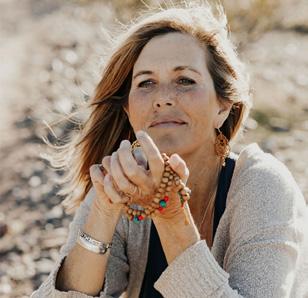
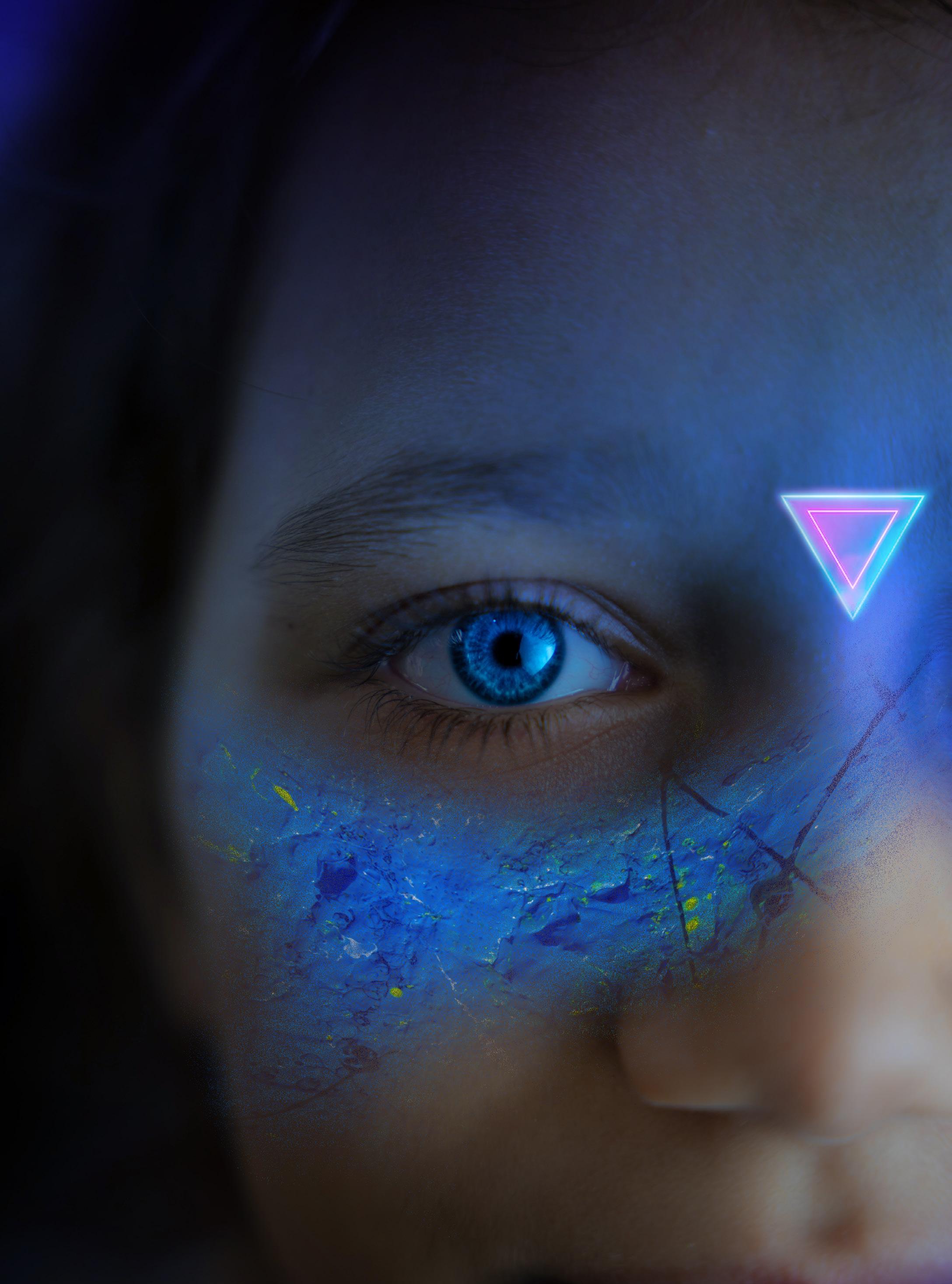
Star children are children who have been sent here from all areas of the universe to help the earth, including all living and non-living things on our planet. They are grouped as Indigo, Crystal, and Rainbow children and possess psychic, spiritual, and other extra-sensory abilities. These children are here to bring peace, topple corrupt systems, and shift dimensional consciousness. They have come here on a group mission or special assignment in rebirth into higher dimensional earth.
The term Indigo Child was coined 17 years ago by Nancy Ann Tappe, a parapsychologist who developed a system for classifying people’s personalities according to the hue of their auras described in her 1982 book, Understanding Your Life Through Colors. According to her, auras have been entering and exiting Earth throughout history. For example, aura colors such as fuchsia and magenta disappeared from the gene pool over 100 years ago, and new colors began making an appearance.
The first wave of psychic children are the Indigo children. Indigo children have been incarnating on the Earth for the last 100 years. After World War II, a significant number were born, and these are the Indigo adults of today. However, in the 1970s and 1980s, a major wave of Indigos was born, and so we have a whole generation of Indigos who are now about to take their place as leaders in the world. Indigos still come in today with outstanding and amazing abilities.
Indigos that started arriving had distinct warrior personalities. They will stand up and fight for what they think is right and what they believe in. They also know when they are being lied to and manipulated and will not comply with any system that may be limiting or dysfunctional. Indigos also have little or no tol-
erance for dishonesty. They are here to show us that the archaic systems in schools, government, parenting, and healthcare are not healthy and must change, or we will continue to fail globally as a civilization. An Indigo person may appear angry, but remember that their purpose is to fight for us, and they are supposed to be this way.
Indigo children have access to clairvoyance and healing abilities and have indigo blue in their auras. They are also able to access what may be termed the fourth and fifth dimensions of consciousness, while most humans have access only to the third and fourth. This higher dimensional access, together with the Indigo soul gifts, means that Indigos are naturally more intelligent, more sensitive, and more clairvoyant. They are also creative and often able to access the left and right brains with ease making them artistically gifted, technologically competent, and adventurous.
To find out if your child is an Indigo, ask yourself these questions: Did your child come into the world acting like they own the world? Does your child have a feeling of deserving to be here? Does your child have difficulty with discipline and authority? Does your child refuse to do certain things they are told to do? Is it hard for your child to be patient? Is your child frustrated by ritual-oriented systems that require little creativity? Does your child see better ways of doing things at home and at school? Does your child refuse to respond to guilt trips? Does your child get bored rather easily with assigned tasks? Does your child display symptoms of ADD or ADHD? Is your child particularly creative? Does your child display intuition? Does your child have strong empathy for others? Is your child ANGRY or frustrated? If the answer is yes to these questions, you have an Indigo child.
The Crystal child is incredibly sensitive, which stems from the ability to feel universal consciousness. You won’t be able to hide anything from these children. You won’t be able to lie to them either, as they will know immediately what the truth is.
The Crystal children began to appear on the planet from about 1990-2023, although a few scouts came earlier. Their main purpose is to take us to the next level in our evolution and reveal to us our inner and higher power. They function as a group consciousness rather than as individuals, and they live by the “Law of One” or global oneness. They are also advocates for love and peace on this planet and have gifts of clairvoyance and healing.
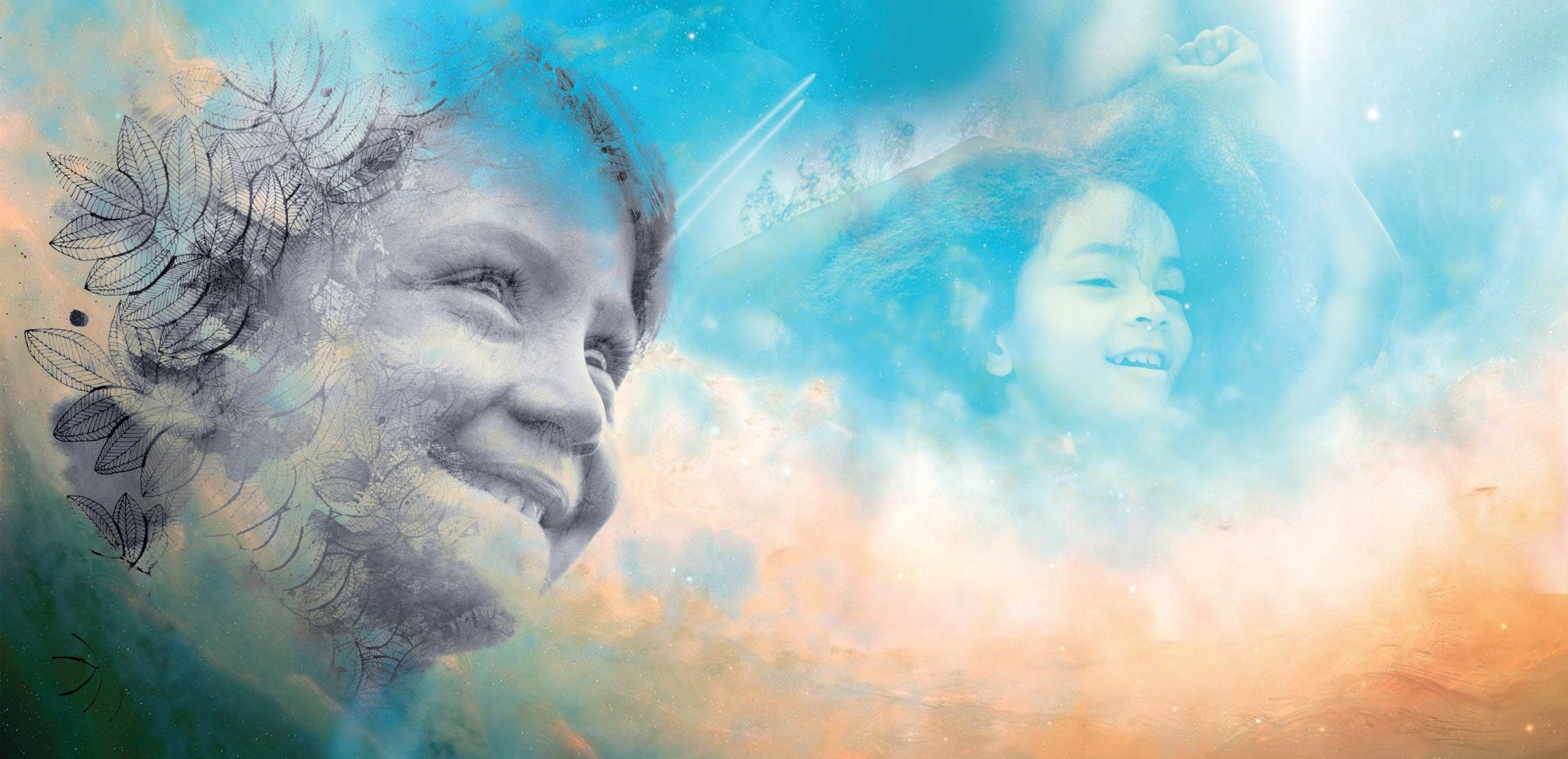
Crystal children’s auras aren’t specifically opalescent but are octarine, which is a color that isn’t in the normal visual range of human eyes, but is the manifest color of high magic and on another color octave entirely. To the untrained eye, it appears to be without color at all; therefore, Crystal, but the extremely high frequency of the energy field is what gives it away.
The Crystal child is incredibly sensitive, which stems from the ability to feel universal consciousness. You won’t be able to hide anything from these children. You won’t be able to lie to them either, as they will know immediately what the truth is. It is important to mention that Crystal children know what is in your thoughts and, even more importantly, what is in your heart. This is another reason why they are so sensitive.
Some characteristics of Crystal children may include: Having large, communicative eyes. They are very affectionate and forgiving. Begin speaking later in life but often uses telepa-
thy or self-invented words or sign language to communicate. Love music and may even sing before talking. They are extremely connected to animals and nature. They are often very interested in rocks, crystals, and stones. They are extremely artistic. They are highly empathic and sensitive. Draw people and animals near them and love attention. Often have a good sense of balance and are fearless when exploring high places. Often see or hear angels and spirit guides. Dislike high-stress environments with many distractions. Dislike loud/sharp sounds. Dislike bright, unnatural lights. Speak about global oneness. Sometimes show healing gifts at young ages. Don’t react well to sugar, caffeine, or unnatural foods/chemicals. Dislike fighting or refusing to keep an argument going very long. Often reflect the emotional energies they gain from their environment. They are easily over-stimulated and need to meditate/be alone often to replenish themselves. Don’t usually have trouble with fear or worry.
The Crystal children are moving into our hearts and upgrading our energy systems. The Crystals are helping us to claim our power and open our hearts, and to anchor ourselves firmly in the new energy grid where we need to live by the concept of oneness. They are teaching us to accept our spiritual gifts as our birthright and to see the creation of miracles as a normal activity. They are teaching us to honor our planet and ourselves and to see the beauty and wonder, and joy of all creation.
The Rainbow Children are the third generation of special children that have come to help humanity evolve. Different from the Indigo and Crystal children, Rainbow children have a few more interesting characteristics. The Rainbow children are generally born in the year 2000 and above. In some cases, there might also be a few scouts that came to earth before 2000. The Rainbow children that are here today were born from early Crystal Scouts that were born in the 1980s and 1990s.
As many people might have experienced, the Rainbow Children bring joy and harmony to their families. Unlike the Indigo and Crystal children, the Rainbow child is born to smile, which is accompanied by huge hearts that are full of forgiveness.
The Rainbow child generally recovers from the state of negative emotion quickly. This is also an important key that they hold, emotional mastery. Rainbow children are psychic and have the ability to read people’s feelings because they can see what is in the heart chakra. This gift is usually revealed as they grow older.
Rainbow Children are psychic. Beyond this, and perhaps more so, they have strong wills and strong personalities. Their gifts do not stop there. They are known to be natural healers and instant manifesters. It is said that whatever they need or desire, they can instantly manifest.
As would be expected, they have a connection to color. In fact, they resonate with the colors around them. They are drawn to color, colorful surroundings, and brightly colored clothes. Their energy is expressed in other ways, too, as they are high-energy children. Their enthusiasm is demonstrated in their creativity. The Rainbow Children are thought to be the builders of the New World, using Divine will.
Characteristics of Rainbow children
include: Parents are crystal adults. Do not choose dysfunctional families. They are all about service. May have big eyes like the crystal children, but they are totally trusting. Entirely fearless of everybody. Bringing in the healing rainbow energy previously brought through Reiki, QiGong, Pranic healing, and other hands-on healing. Have very strong wills and personalities. Be very high energy. Be very attuned to color and color vibrations around them. Have passionate creativity. Love bright clothing and colorful environments. Bubble over with enthusiasm for everything in life. Expect instant manifestation of whatever they think/need. Have healing abilities. Have telepathy.
As the other Crystal children grow older, they will be the peace-loving parents who birth the new Rainbow children. The Rainbows being born right now are the scouts, and the large influx of Rainbows will occur during the years 2010 through 2030.
The purpose of the Rainbow Children is to complete the final stages of the foundation that the Indigo and Crystal Children have made. The three children, Indigo, Crystal, and Rainbow, each have a specific task. The Indigo Children are to break down the paradigm of traditional thinking. Then the Crystal children will build their foundation on the broken paradigm. Finally, the Rainbow Children are here to build on to what the Indigo and Crystal Children began.
In the end, there are many different types of lightworkers incarnating on our planet on a group mission. Your child may not fit into these specific categories and may still be a lightworker. The mission of lightworkers is to teach us to be a light to ourselves and to others. Star children are here to build and spread the light for all of humanity. This is why they are here at this critical time in humanity’s evolution to help our planet, including all living and non-living things on it.
Nikki Pattillo graduated from Stephen F. Austin State University in Texas and began her clinical and molecular biologist career. As a child, Nikki was psychic, conversing regularly with her angels and guides, and it wasn't until she was in her 30s that she accepted her gift. She is now an international author with Ozark Mountain Publishing. She authored Children of the Stars: Advice for Parents and Star Children, A Spiritual Evolution, A Day in Spirit: A Spiritual Calendar for Teens, and A Golden Compass She has been featured on BRAVO and The History Channel and writes numerous magazine and newspaper articles to help raise awareness and consciousness on environmental and spiritual issues.
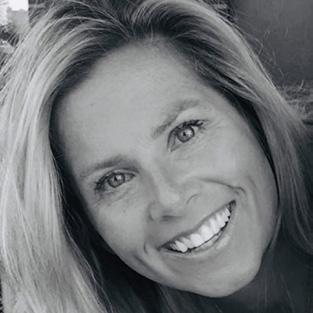
Richard is revered for his multidisciplinary modalities, blending academic acumen with research and transformational acuity - embodying the role of a healer, intuitive engineer, and energetics specialist.
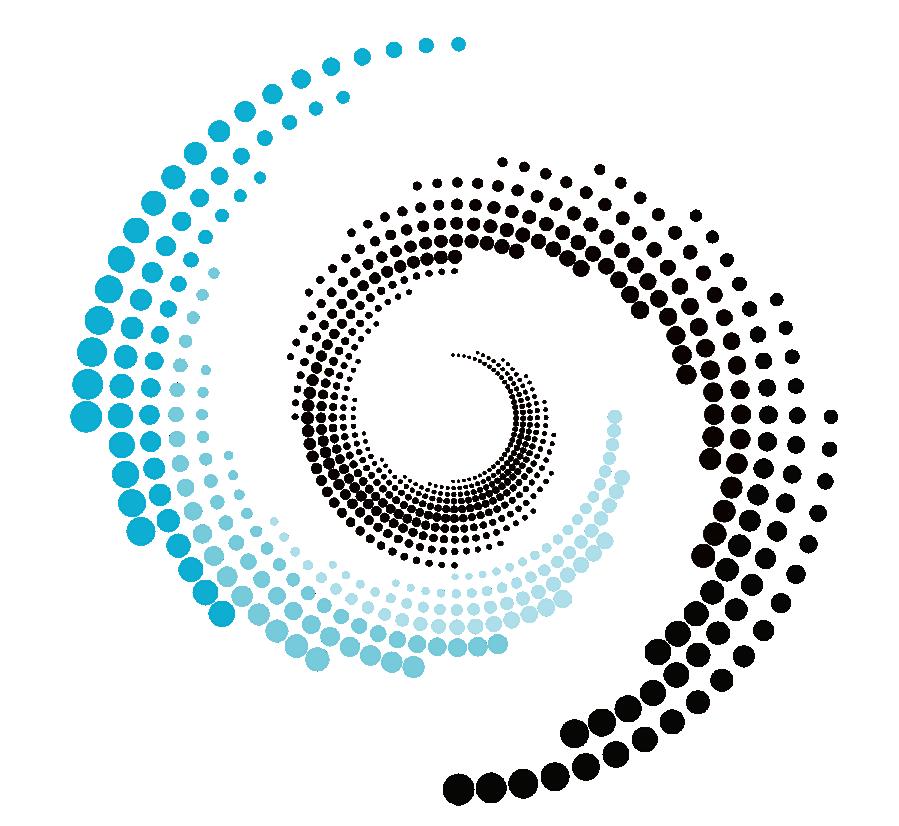
Richard has spent three decades transforming and elevating the lives of a client list that includes television personalities, entre preneurs, athletes, and actors. As a renowned author,inventor, and frequent featured guest across European TV networks, Richard is regarded as a leader in alternative energetics.
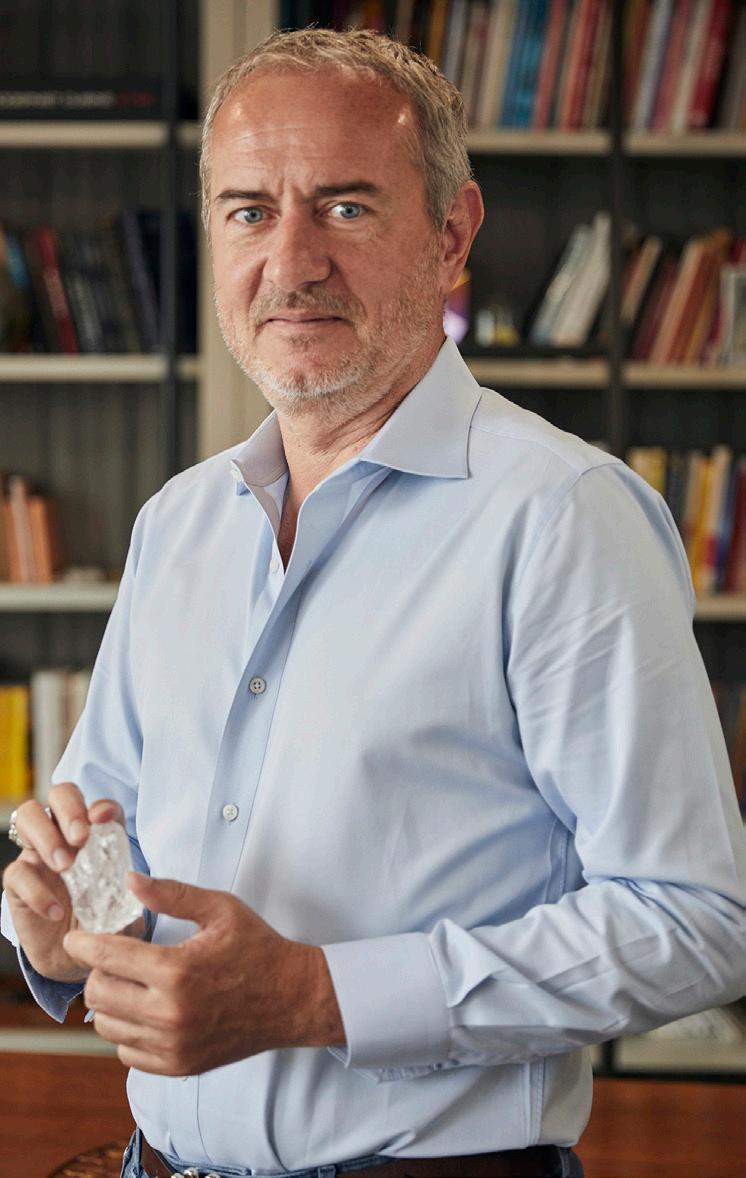

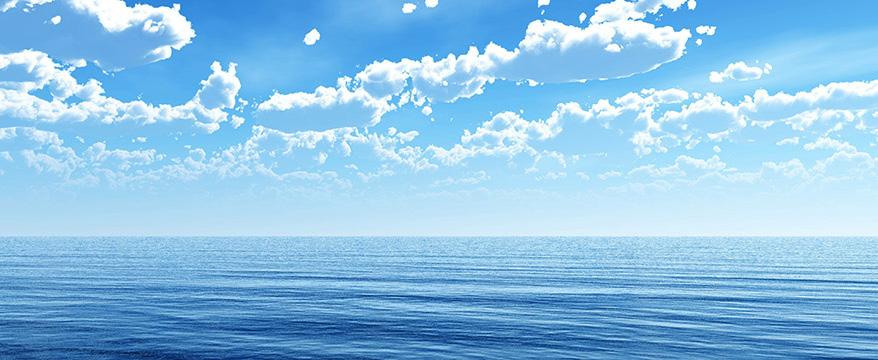
Richard trained in both Eastern and Western methodologies, Richard has gathered a unique library and toolbox of ancient energy modalities (Taoism, Tibetan studies, Qigong) and modern-day neuroscientific techniques (hypnosis, NLP/ neuro-linguistic programming).
Richard offers new perspectives, insights, and teachings from his travels around the world, and exchanges knowledge with thought leaders in alternative practices and disciplines, including Tibetan, Taoist, and Shaman Native American masters, among others.
thought process plays an important role and influence on metaphysical energy.
~Richard Garnier

any of us strive to be our highest selves, yet this world gets in the way. We are constantly bombarded by questions, tasks, chores, and daily demands, which clog up our nervous system and increase our anxiety. We start moving throughout the day in a hurry, without intention, trying to stay ahead or at least not fall behind. In doing so, we lose ourselves; we lose our essence. We lose our desire to be who we know we are inside.
So the question becomes, how do we come back to love? Not just love for another, but love for ourselves, love for the community, and love for this planet? The answer is simple but not easy; the answer is to slow down. There are many ways to do this, yet all involve intention and appreciating the simple miracles that are abundant around us.
“Breath is the bridge which connects life to consciousness, which unites your body to your thoughts”
~Thích Nhất HạnhAs we move throughout the day, our breath may become shallow and quick. We are not using the full capacity of our lungs nor bringing the breath all the way into our belly. When we intentionally bring our mind to our breath, we almost immediately deepen it without effort. In deepening the breath, we may release stress, decrease our blood pressure and heart rate, and help to manage symptoms of Post Traumatic Stress Disorder.
If anytime you notice any stress, pause and take 5 deep, slow breaths. You may notice your shoulders relax; your heart opens,
Myour jaw releases, and your mind begins to settle so you can be your true self. This will clear the energy that threatens to take you off track from who you want to be.
“When your world moves too fast, and you lose yourself in the chaos, introduce yourself to each color of the sunset. Reacquaint yourself with the earth beneath your feet. Thank the air that surrounds you with every breath you take. Find yourself in the appreciation of life.”
~Christy Ann MartineMeditation is a form of mindfulness and can impact every part of your life, both while you are meditating and when you are walking around the world. For most of us, we are constantly ruminating about what happened before and worrying about what may happen in the future. We are not living in the true present, which is the only place the life unfolds. It has been shown that the practice of meditation changes brain chemistry, slows down thoughts, decreases heart rate and blood pressure, improves concentration, and works to reduce anxiety and stress.
Although for many, the term meditation connotes sitting quietly in a crossed-legged position with your eyes closed, there are actually many ways to bring meditation into your life. For the next week, try sitting on your porch with a cup of coffee and simply observing the nature around you or really feeling the water touch your skin as you shower, pausing for a moment to observe and reflect on that feeling. Meditation does not need to be complicated or a form of self-discipline; it is the act of clearing the mind so that you can hear your heart speak. Find your path and notice what opens up for you.
The quality of our life is within our power. We can choose to take the easy way out and stay in the repeated cycles or choose to live consciously. Choose to breathe, eat properly, drink cleansing water, and be present at the moment.Hydrate
“The sage who wants to change the world must look towards the water. When water is uncontaminated, men’s hearts are upright. When water is pure, the people’s hearts are at ease.”
- TzuWe are constantly running on caffeine and adrenaline. Many forget the importance of water. Water not only quenches our thirst, but removes toxins from our body, aids in digestion and circulation, and many other bodily functions. When we do not drink enough water, we may suffer from muscle cramps, irritability, exhaustion, and the inability of our bodies to act at peak performance.
If you find you struggle to drink water, remind yourself of the purity of water as it cleanses your system, both physically and spiritually. Try placing a cup of water by your bed and drinking it first thing in the morning to cleanse your system from your night’s sleep. Or, if the taste of water is too mundane, you can place lemon or apple cider vinegar and lime in a bottle. Once you begin drinking more water, your body will not only thank you but will begin to crave more, and you’ll find it easy to hydrate throughout the day.
Nourish
“Your body adapts to what you eat. Your mind adapts to what you consume. Your soul adapts to what you love. What you feed yourself today is who you become tomorrow.” ~
James ClearThere is a link between our spiritual self and our human body. As we nourish our soul, we must also nourish our body. This also takes intention. In the fast-paced world, we live in, it is easy to grab a quick snack that will elevate our blood sugar and keep us moving. By eating poorly, we may suffer from brain fog, weight gain, hormonal imbalances, and a myriad of physical diseases. These issues create toxicity within us and do not provide the nutrients necessary to keep us a clear channel for love.
Instead, care for your body as you would care for another. Contemplate what would best serve your health each day and challenge yourself to eat a diet full of colors and dense with nutrients.
To be a clear channel, we must intentionally clear the toxins out of our life. There is so much freedom and joy when inner peace rules our hearts. This world, if we allow it, drives us to the point of self-abandonment. Yet, this life is a treasure. The work is to remember the joy we can feel simply by being. The above exercises should remind you of what you can accomplish when you live your life with intention.
The quality of our life is within our power. We can choose to take the easy way out and stay in the repeated cycles or choose to live consciously. Choose to breathe, eat properly, drink cleansing water, and be present at the moment.
The choice is yours. You are a miracle. You are worthy. You are divine.
Susie Schroadter, once a practicing attorney and mediator, has has turned her focus to creating Sage, a safe sanctuary to allow others to heal.
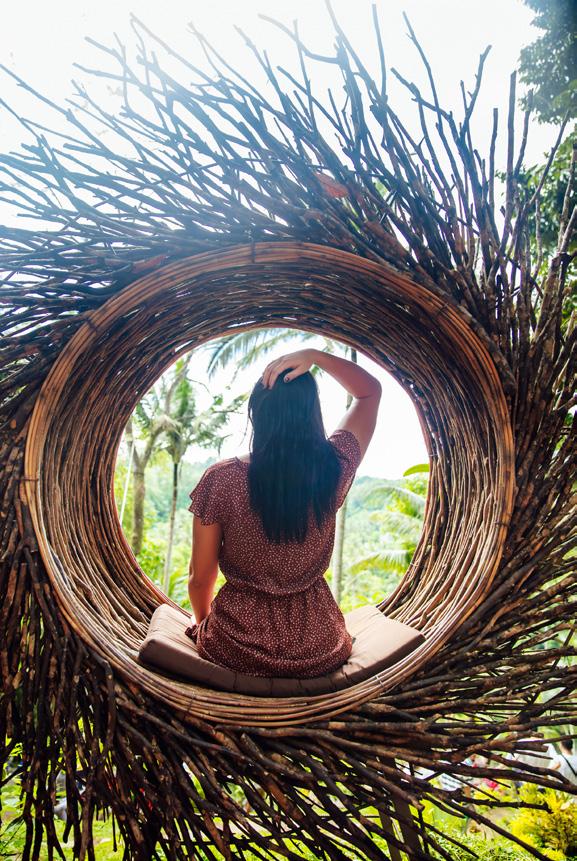
She offers consulting and strategy for those going into mediation or dealing with life altering events so that they may be empowered and advocate for themselves. Once those events have occurred, she also offers different modalities for healing such as life and spiritual guidance and energy work. www.sanctuaryforpeace.co


During a meditation session last month, my Guide Group, the "GG," channeled that it's a good idea to continually take our temperature when it comes to how we're doing with our personal evolution.
Doing so made sense for me and my journey, and I spent some time in meditation and thinking about where I'm at and where I intend to be. It was quite an exercise, and I found that I'd become a bit unfocused. And so, this month, I will share with you some of the things the "GG" has channeled that will help us all stay focused and move forward, especially me.
These are the top three things that the "GG" continually channels about…
· Be present,
· Live in the moment, and…
· Watch what we think and say.
We've all heard these phrases over and over again; maybe we've heard them so much that we start to wonder if they are really powerful expressions or just some clichéd New Age slogans.
A cliché is a phrase that was originally used because it was so striking in its meaning, and a cliché is a phrase that ends up being well-used because everyone who hears it immediately understands its meaning. Knowing this, I would not mind in the least if these three phrases, which contain important wisdom, become part of our everyday lexicon. I'm sure the "GG" wants me to focus on them more.
So, Cliché or not, being present, living in the moment, and watching what we think and say is the heart and soul of our ability to live in the here and now. And to live in the here and now, according to the GG, is a crucial part of our Spiritual growth, both individually and collectively.
As we incorporate the above actions more
and more into our daily lives, we are, in fact, practicing awareness. We can't be present, be in the moment, and watch what we're thinking and saying without being aware of exactly what we're doing, and if we're aware of what we're doing at any given moment, we will accelerate our progress.
If we adopt these possibly cliché-ic sayings as part of our personal Spiritual philosophy and add them to our daily routines, I believe that we can and will move forward more quickly and with less drama and pain. How so? Because we will quickly find ourselves spotting our windows of opportunity and crossing things off our Spiritual "To Do" list much more expeditiously.
We will also naturally boost the amount of positive energy we create as we also diminish the amount of negative energy we churn out into the world.
Practicing Mindfulness is a great way to stay in the moment, be present, and really focus on what we're doing. When I was in college, I took a class called Meditation East and West. In that class, we studied the great Vietnamese Buddhist monk, teacher, and peace activist Thích Nhất Hạnh,. was a pioneer in the development of Western Buddhism and Western meditation, and one of the things he brought to us is the practice of mindfulness.
In Buddhist meditation practices, mindfulness, which is also translated as awareness, is considered to be of great importance on the path to enlightenment. Establishing mindfulness in our day-today lives basically means maintaining a calm awareness of one's body, feelings, thoughts, and perceptions. In other words, being present in the moment and paying attention to our senses, i.e., paying attention to touch, sight, smell, sound, and taste, and how we feel at any given moment.
Meditation is a great way to practice mindfulness, as is deep breathing, which, of course, we can do while we're meditating. Listening to music can be an exercise in mindfulness if we focus in on the sound and vibration of each note, the feelings that the music brings up within us, and other sensations that are happening right now as we listen.
I'm sure you can come up with lots of ways to practice mindfulness in your daily routine—Most of mine now revolve around cleaning and yard work, and I'm now so good at it that I jump out of my skin when my husband says something to me while I'm sweeping the floor or pulling weeds in the garden.
I'm a great believer in practicing mindfulness, and the "GG" asking me to take my temperature made me realize that I haven't been practicing this important skill as much as I should. And when it comes to our personal evolution and ways to move it forward, here are a couple more ideas from the "GG" for your consideration.
Smile! We all know that smiling creates endorphins in our bodies and makes us feel happy. So when we smile at someone, we are not only focusing our attention and awareness on them, but we're also doing something to elevate our own mood, as well. Here are some smiling exercises that we can all practice every day:
1. Smile with your eyes as well as your mouth, and you'll really feel the joy.
2. Smile when you wake up in the morning, and you'll set a tone of appreciation and awareness that will last all day long.
3. Smile, and be mindful of how it makes you feel.
4. Smile, and be mindful of the reaction of the person or persons you just smiled at.
Smiling is an exercise that will help us focus, become more aware of our feelings, and increase our vibrational levels all at the same time.
Practice Random Acts of Kindness. In my book, Raising our Vibrations for the New Age, my Guide Gilbert channeled the following advice:
Practice Random Acts of Kindness. Doing so will create an immense outpouring of positive energy into the atmosphere. During a random act of kindness, no one is thinking about the past or the future; they are having an exchange that is firmly in the present and has their attention focused on the present. This is a great thing because so many have a hard time living in the moment, living in the present. With an act of kindness, you are a lighthouse emanating positive energy—you create a positive field around the person you are in contact with. This positive energy continues to emanate around you and positively affects others that you come into contact with, creating a domino effect. So, random acts of kindness—seeing things that need to be done to help people, to help animals, to help the planet, and then acting on what you perceive, well, that's a dynamic way to increase vibrational levels
What can I add to Gilbert's words, except that this is another thing that packs a double vibrational punch— it helps us stay in the moment while allowing us to raise our vibrations.
Dear Readers, the evolution of our souls is why we're here. It's why we agreed to have the experiences we've had and will have, even though some are unpleasant. It's easy to get off-track dealing with day-to-day stuff, and I'm glad I took the "GG's" advice to take my temperature. I wish you great continued success on your own personal journey. Namaste.
Sherri Cortland has been communicating with her Guide Group, the “GG,” since 1987 via automatic writing. Much of the information she has received is included in her four books, which were originally published by Ozark Mountain Publishing and are currently available on her website and on Amazon.
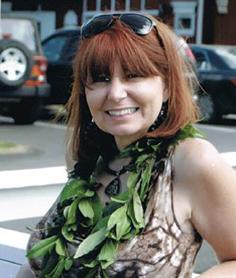
On Sherri’s website, you will find several free classes and meditations, along with more articles and workshops on video.
https://www.facebook.com/SherriCortlandAuthor
www.Sherri-Cortland.com

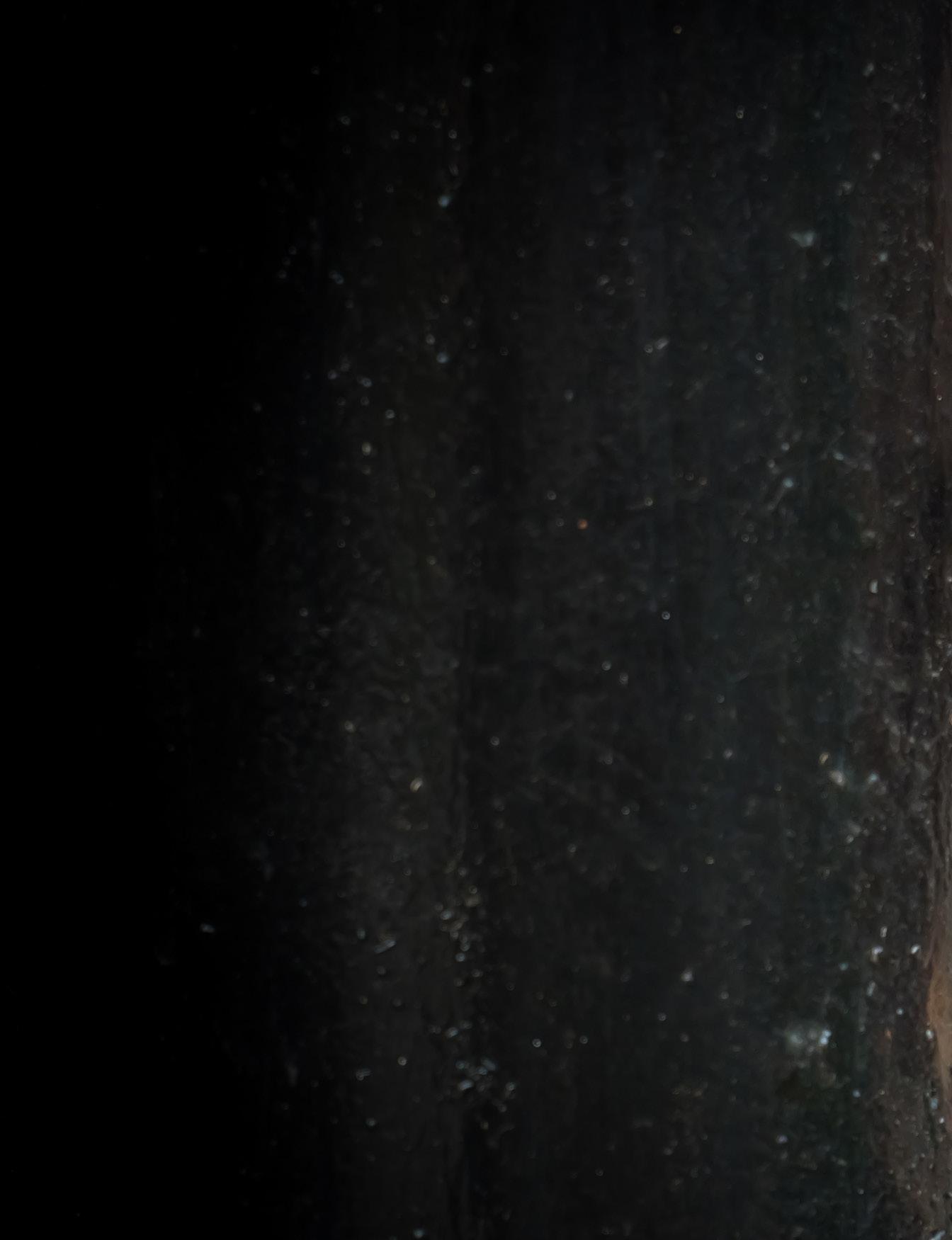 Photo by By pornpunStockPhoto
Photo by By pornpunStockPhoto
Animals don't belong in cages They deserve to be free
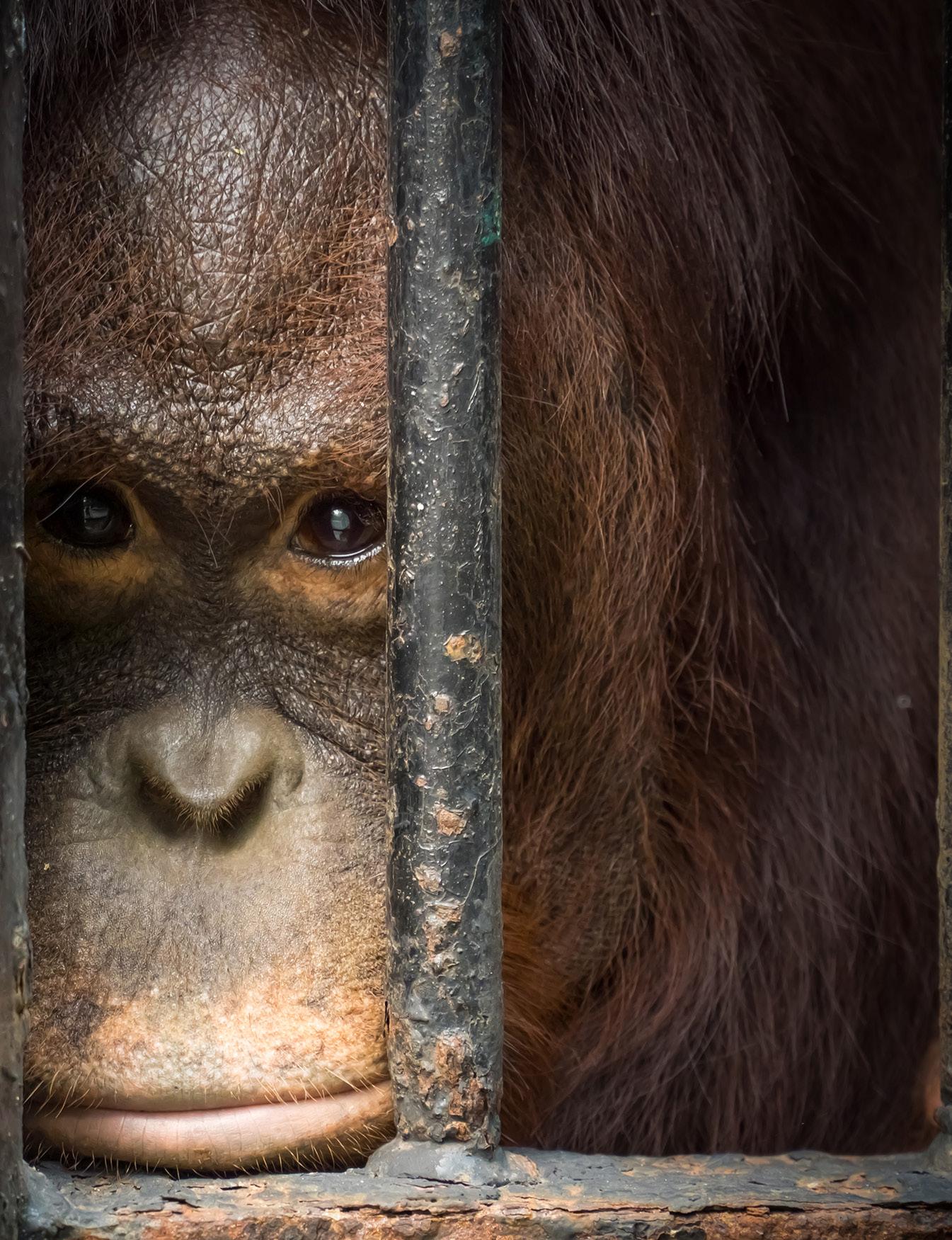
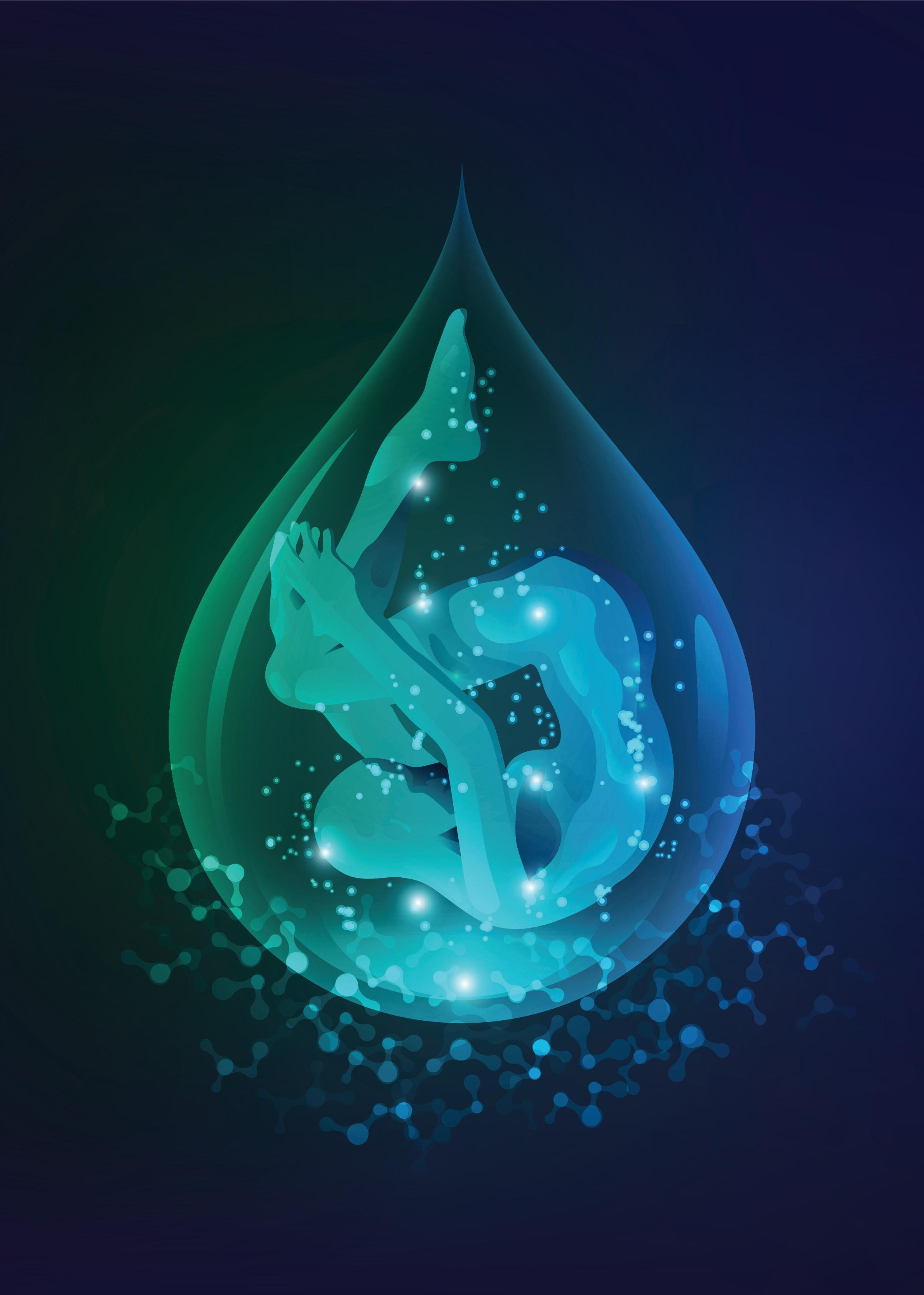
FROM SCIENCE, THEN, IF IT MUST BE LET SO, MAN LEARNS THE PHILOSOPHIC TRUTH THAT THERE IS NO MATERIAL UNIVERSE; ITS WARP AND WOOF IS MAYA, ILLUSION. ITS MIRAGES OF REALITY ALL BREAK DOWN UNDER ANALYSIS. ~Yogananda
Throughout the centuries, mystics of all religions have effectively utilized very similar metaphors to convey the idea that the physical world around us is not the real world, and Yogananda was no different. Their goal in doing this is to try to detach us from our ‘over-attachment’ to the triumphs and tragedies that we experience on a daily basis.
These metaphors compare physical reality to a dream, a stage play, and, starting in the twentieth century, a film (via Yogananda).
I have tried to pick up the same thread in my recent books, using an updated metaphor that might seem like a departure from what the mystics of yore have said but really isn’t.
This is the metaphor of the world being like an interactive multiplayer video game, a computer simulation. Yogananda himself upgraded the metaphors of his predecessors by incorporating references to the latest twentieth-century technologies to make them appropriate and accessible for modern men and women. In this book, I’d like to do the same thing in the twenty-first century.
The World Is a Dream When we dream; we think that the dream world is the real world. Think about the recent dreams you have had. Have you had a dream that involved less-than-ideal circumstances and wake up breathing a sigh of relief, thinking, ‘Wow, I’m glad that was just a dream!’?
The dream metaphor is one that has been used for thousands of years. Yogananda himself used it to describe not only the illusory nature of the world but also the doors of entry into and out of this incarnation. ‘Birth and death are doors through which you pass from one dream to another.’
Many sects of Buddhism consider the dream metaphor central to their philosophical positioning. When a woman asked the erstwhile prince Siddhartha, shortly after his enlightenment, what he was, he used a term drawn from his native language, Pali:‘Buddha’. Though this is often translated today as ‘enlightened,’ the literal meaning of the word is ‘awakened,’ based on the Sanskrit root word ‘budh’, which means ‘to be awake’ or ‘to become aware.’
Common sense tells us that if someone can ‘awaken’, then they (and the rest of us) must be asleep. The metaphor of dreams has been a staple of the Buddhist worldview since the very beginning of the religion, including the Tibetan practice of dream yoga, one of the six yogas of Naropa.
Even the Quran hints at this idea that the physical world is only a distraction, a pastime, an amusement, and in various translations, a kind of game: ‘This life of the world is but a pastime and a game. The home of the Hereafter—that is Life, if they but knew.’
Over the years, many have used the metaphor of the stage play, including the Vedas, describing the world as the Lila, or the play of the gods, and Shakespeare, in his famous line the world’s a stage and the men and women merely players. In the twentieth century, our advanced understanding of light and motion made it possible to tell stories in a new, engrossing, realistic way: the art of motion pictures.
An illusion is defined as something that looks real but is not. The ideas of light and vision, of what we can and cannot see, are intrinsically linked to the concept of the illusion, particularly a carefully crafted illusion (maya) that is put on for us to lose ourselves in.

Yogananda himself used this updated ‘modern’ metaphor of the physical world being like a motion picture. Unfortunately, this metaphor wasn’t available during Shakespeare’s era or in the time of the Vedas, or they might have used it too!
The metaphor came to Yogananda through a rather disturbing and interesting vision. In 1915, shortly after being ordained ‘Swami Yogananda’ by his guru, he had a peculiar but
That was a bloody year in Europe, with the Great War that had erupted the previous year still going strong. The scale of suffering caused by that war had never been seen before, partly because our technological capacity for destruction had reached new levels with the advent of machine guns and automated artillery that could gun down many men in a short period of time.
In Yogananda’s engrossing vision, he was in the middle of a naval battle when his ship was blown up, and he jumped into the sea to save himself. He was then struck by a bullet in his chest, and it seemed to him that he was in the process of dying. Suddenly, he found himself back in India, meditating in the middle of a room in Calcutta, in hysterical tears after his vision of the near-death experience. He wondered: was he dead or alive?
A dazzling play of light filled the whole horizon. A soft rumbling vibration formed itself into words:
‘What has life or death to do with Light? In the image of My light I have made you. The relativities of life and death belong to the cosmic dream. Behold your dreamless being! Awake, my child, awake!’
Later, he entered a cinema to see newsreels of World War I and, upon seeing the horrific devastation, asked, ‘Lord … why dost Thou permit such suffering?’ The answer not only gave him a new way of looking at the world but also a new understanding of the concept of Maya, which he had read about but now intuitively understood by seeing the actual European battlefields and the many dead:
‘Look intently!’ A gentle voice spoke to my inner consciousness. ‘You will see that these scenes now being enacted in France are nothing but a play of chiaroscuro. They are the cosmic motion picture, as real and as unreal as the theater newsreel you have just seen, a play within a play.’
The voice in Yogananda’s vision went on to tell him: ‘Creation is light and shadow both, else no picture is possible.’ The voice went on to make the point that, in a motion picture, pain and tragedy seem real, but that a man or woman no more dies than an actor who portrays death in a movie scene is actually dead. Ceaseless joy, Yogananda writes, is not the state of this world.
This idea of the world being light is also the explanation Yogananda gives for the many miracles that he describes in his book. If the world is insubstantial and made of light, any
miracle can be projected onto the screen of reality, and the script can be changed by someone who has mastered the knowledge of Maya. This is how the masters can do things that seem incomprehensible to those of us who are readily caught up in the illusion:
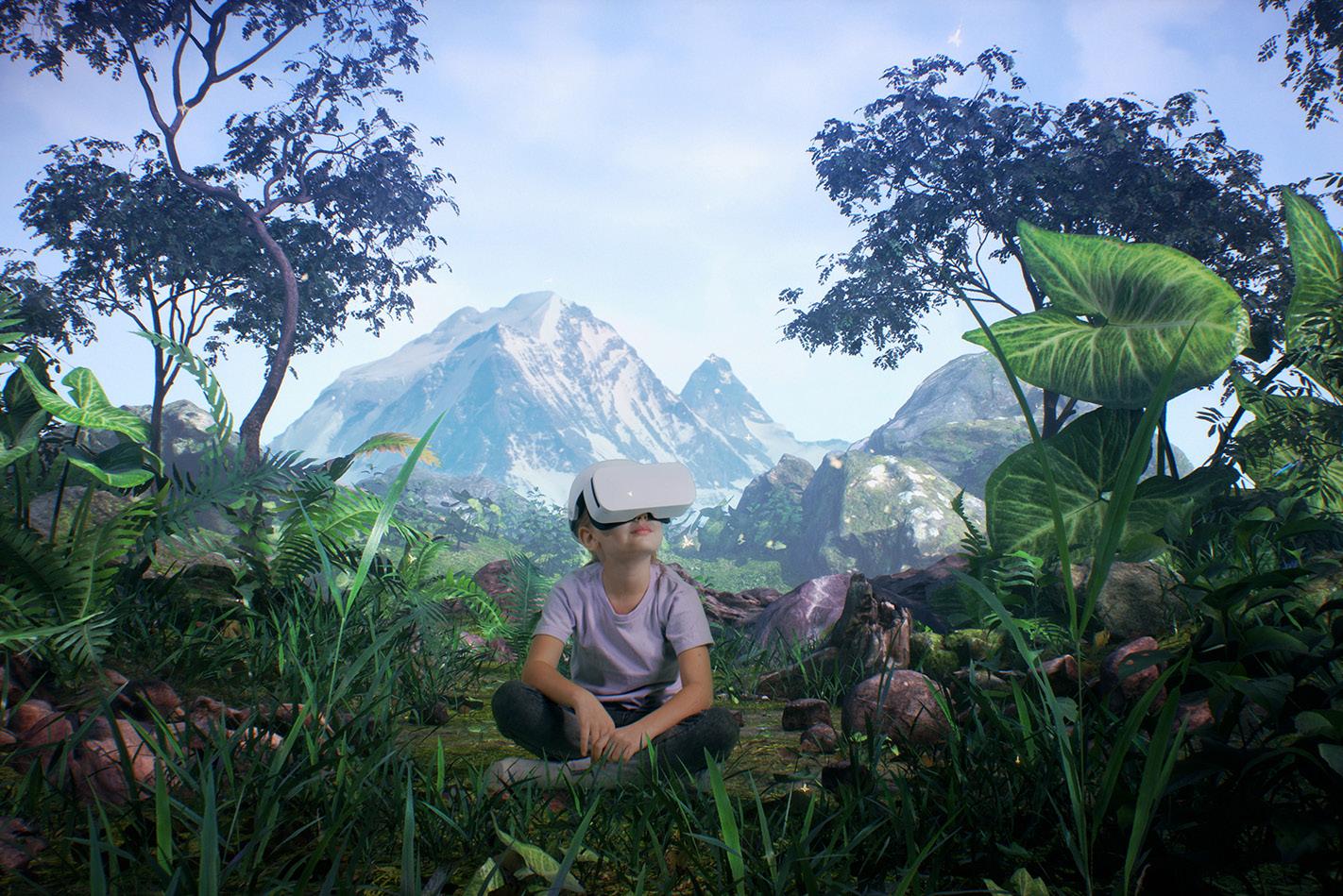
Motion picture art can portray any miracle. From the impressive visual standpoint, no marvel is barred to trick photography. A man’s transparent astral body can be seen rising from his gross physical form; he can walk on water, resurrect the dead, reverse the natural sequence of developments, and play havoc with time and space. Assembling the light images as he pleases, the photographer achieves optical wonders, which a true master produces with actual light rays.
Yogananda goes further and explains how the master’s powers of will and visualization can project onto reality any phenomenon, raising questions about what constitutes a miracle if everything we see is an illusion.
Through a master's divine knowledge of light phenomena, he can instantly project into perceptible manifestation the ubiquitous light atoms. The actual form of the projection, whether it be a tree, a medicine, or a human body, is in conformance with a yogi's powers of will and of visualization.
Changing perspective can help us deal with the most difficult situations in life.
The dream, the stage play, and the motion picture are useful metaphors, but none of them can serve as the ultimate metaphor for the nature of reality because they lack one element that the masters tell us we have: the element of free will, the agency to change the script!
I believe that if Yogananda or the Rishis, or even Shakespeare were alive today, they would use a more up-to-date metaphor while preserving the basic underlying concept of the world as Maya. I can imagine what they might say, struggling with previous metaphors:

The world is like a dream, but also like a motion picture, but also like a play, but one that is interactive, where the players, though they each come in with a script, have some agency to choose their actions and affect the outcome and re-write the script, and they can even become aware that they are in the middle of a play or dream or movie.
The metaphor that makes the most sense today is that of an interactive video game. In role-playing video games, like World of Warcraft or Fortnite, or Roblox, we as players exist independently outside of the game. However, we descend or enter into the video game to play a specific character with whom we identify, and then we are able to only perceive the world through the eyes of that character, which is coincidentally called an avatar. The word 'avatar' comes from an old Sanskrit root that means 'to descend.'
In the same way that video games today are much more sophisticated than the video games of the 1980s, like Pac-Man and Space Invaders (classic games that I played as a kid), the ultimate video games will be able to convince us that we are in 'reality' when in fact we are in an
illusory world. Everything that happens in this world would be, as Buddha suggests, 'reflections on a very clear mirror, devoid of in existence.'
The interactive, multiplayer video game can be thought of as the latest, most accurate, and most useful metaphor for the nature of our reality. This offers a better perspective on several issues: not just why there is suffering and why it's important but also why we shouldn't take it too seriously. It also provides explanations for how the magic and miracles Yogananda described in his autobiography can be explained while satisfying the modern scientific need to respect the rules of the physical world.
In a video game, anything is possible; characters can float up, some can regenerate arms and legs, come back to life, and show up in multiple places at once, and objects can be rendered in front of our eyes out of nothingness.
Keep this metaphor in mind as you face challenges and obstacles in the material world, which is inevitable.
Changing perspective can help us deal with the most difficult situations in life. Think how the metaphor of the motion picture, and the realization that everything that is physical is actually made of light, changed Yogananda's view of the world and suffering the world. Similarly, adopting the metaphor of the video game, consisting of a player (the real you) and a character (in the game) can change your perspective: 'One's values are profoundly changed when he is finally convinced that creation is only a vast motion picture, and that not in it, but beyond it, lies his own reality.'
And the next time anyone asks you about the nature of reality, ask them if they have ever played a video game!
Rizwan Virk is a successful entrepreneur, a video game pioneer, a venture capitalist, and the founder of the startup accelerator Play Labs @ MIT. A graduate of MIT and \Stanford, he is currently a faculty associate at Arizona State University.
He is also the author of Zen Entrepreneurship, Startup Myths, Models: What You Won't Learn in Business School, Treasure Hunt: Follow Your Inner Clues to Find True Success, and The Simulation Hypothesis: An MIT Computer Scientist Shows Why AI, Quantum Physics and Eastern Mystics Agree We Are in a Video Game.
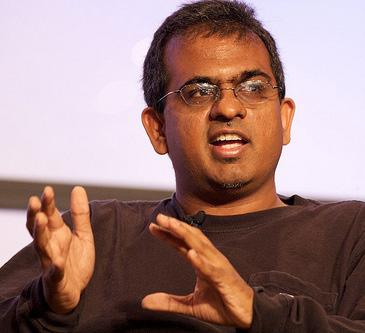
For anyone who has loved a pet more than people.

 Photo by Borna Bevanda
Photo by Borna Bevanda

As their plane made its descent over the Greek Islands, Harry and Amy stared out of the window at the turquoise sea below and the small, whitewashed houses scattered across the arid landscape.
The plane's tires hit the runway with a gentle bump, and the engines roared as the captain brought the jet to a stop just before it reached the end of the precariously short runway.
Harry and Amy had flown for almost four hours from London, squeezed like sardines in an aluminum tube, and they couldn't wait a minute longer to get off the plane.

"Why is everyone taking so long?" asked Harry impatiently as the woman in front of them tried to retrieve her belongings from the overhead lockers.
Eventually, they reached the door of the plane, and as they stood at the top of the steps, the warm air hit them. It was a dry heat, the kind that makes you smile and let out a sigh of contentment, the kind that doesn't make you sweaty and irritable.
Turquoise sea, whitewashed houses, and this gentle, white heat. Their friends had told them that they would love Mykonos, and now they were here.
Several miles away, on a building site outside Mykonos Town, a small tabby kitten climbed across the rubble and rubbish. The kitten didn't know that it was the only survivor of a litter born just seven weeks earlier. Its mother was born on this wasteland and had survived by foraging for scraps amongst the rubbish dumped on the site and by visiting the dustbins at the back of a
hotel just a hundred meters away. But the wasteland had become a building site. Diggers had moved in a few weeks before and had started to clear away the rubbish that had accumulated on the site over many years. Eventually, apartments would be built on it. What was once a sanctuary for feral cats was now a warzone.
The small tabby kitten had been weaned, but it wasn't ready to be separated from its mother. And it didn't know that its siblings were dead. Alone, hungry, and unable to see properly, it now had the infection that had been the downfall of the rest of the litter. One eye was already closed, lids glued painfully together. The other was congested and only partially open. The kitten hadn't ever ventured beyond the wasteland, but its instincts drove it toward the big white building on the horizon. And so it mustered the little strength left in its small, emaciated body to traverse the rocks and mounds of rubbish that had been its home, desperate to find refuge in a foreign land.
Back at Mykonos airport, Harry had gone to collect their car rental whilst Amy waited for their luggage. The sun felt good on her skin.
Shortly afterward, Harry and Amy arrived at their hotel. They completed formalities at the hotel reception and downed a glass of complimentary sparkling wine before being shown to their whitewashed room. Harry opened the French doors onto their terrace, and they stepped outside to take in the view. Sunburnt, arid terrain stretched out for a few hundred meters in front of them, and then the land dropped away to a crystal clear sea in the distance. A warm breeze ruffled their hair.
Based on the true story of two sick kittens, Harry was rescued in Mykonos because he couldn't leave them for dead, even though he never cared for cats and was hugely allergic to them.Mykonos & Athena
Harry sat down on the bed and got out his laptop.
He was already working his way through his inbox, positioned facing the sun so he could see the screen and catch some rays at the same time. Harry loved the sun and tanned easily.
Less than thirty meters away, the tabby kitten had reached the edge of the wasteland. It was tired and dehydrated. All that now stood between the kitten and the hotel was a small access road that went up the hill along the side of the building.
The kitten could just about see Harry on the terrace, and instinct compelled it to cross the road and climb the rocks to reach him. Local children had played on the wasteland before the trucks and diggers moved in. Sometimes they fed the kittens or picked them up and held them.
This kitten didn't know exactly who or what the children were. Their body language was not familiar. Maybe they were some kind of big, strange cat? The experience of being handled by the children had, however, gone some way to social-
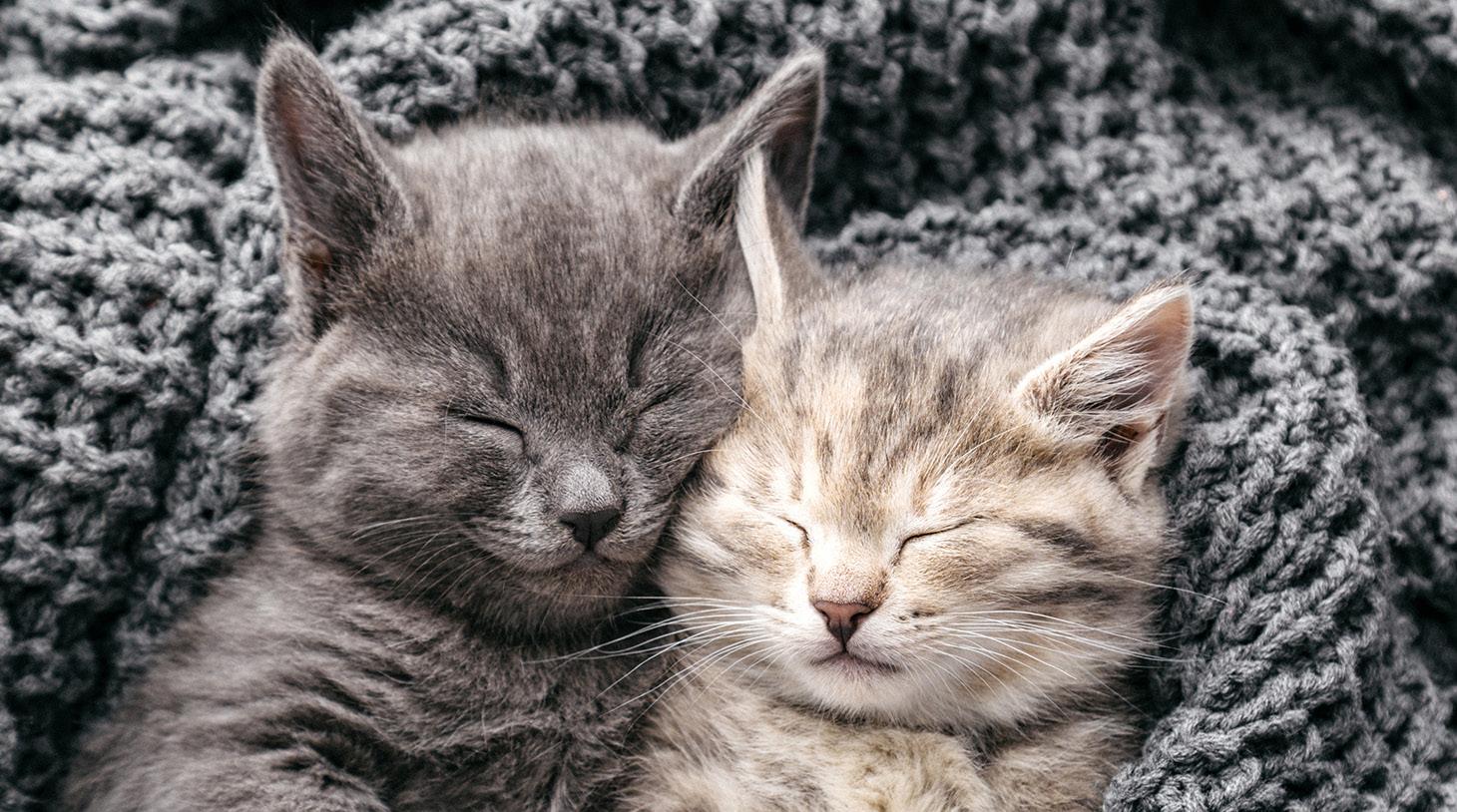
ising the kitten. As the sun beat down relentlessly on its small, frail body, Harry, this very big cat, or whatever it was, was this kitten's only hope.
Harry was riffling through his inbox to make sure that there was nothing else that needed urgent attention. He'd turned his out-of-office on, and he told himself that people really shouldn't expect him to get back to them as quickly as he would normally do. He told himself that he needed to learn how to 'switch off.' He was going to have a proper holiday.
At that moment, Harry noticed something moving across the terrace. It was a bundle of fur not much bigger than his fist. It stopped and peered up at him.
Harry stood up. "Amy!" he shouted. "Look at this!" "What?" she replied. "Out here!" he shouted. "There's something you need to see."
Amy came out onto the terrace. They both stared down at the kitten, and the kitten stared back up at them, just able to see through its one eye that was barely open.
Amy came out onto the terrace. They both stared down at the kitten, and the kitten stared back up at them, just able to see through its one eye that was barely open.

"I don't know," said Harry. "He just appeared." "How do you know it's a he?" asked Amy.
"He, she. Whatever it is, it's not well," replied Harry.
They crouched down over the kitten. "Look at his eyes," said Amy. "The left ones all gunged up."
"I'm going to get a wet towel," said Harry. "We can clean his eyes."
Harry went to the bathroom and came back with a small moist towel. He then put the kitten on the bed and held it whilst he gently wiped its eyes. The kitten didn't flinch. "Make sure you wash your hands after touching it," said Amy. "You know how allergic you are to cats. And they harbor all kinds of diseases. You don't want to catch something."
"Why don't you fill that ashtray with some water?" Harry gestured as he carefully removed the gunge from the kitten's eyes.
The kitten's instincts had been vindicated as it opened both its eyes for the first time in several days. It was dazzled by the strength of the sunlight. It opened its mouth and tried to make a noise, but no sound came out of its larynx.
"He can't meow," said Harry. "He probably needs water."
Amy placed the ashtray on the floor. The kitten sniffed the water for a moment and then started to drink, its small tongue lapping up the cool
liquid.
There was a sudden buzzing noise from the room bell, which startled the kitten. It jumped back a few feet onto the terrace and crouched nervously.
"Room service!" a male voice cried from outside.
"Coming!" Harry shouted back. "Do you want to let him in?" he asked Amy, pointing at the door, "I'll make sure this chap doesn't disappear."
"Sure," said Amy. She opened the door and let the waiter into the room.
"Mr. and Mrs. Parkman, welcome to Hotel Helias Ambassador!" exclaimed the waiter in a heavy Greek accent. He was carrying a large tray and marched with this through the bedroom and onto the terrace.
The waiter then noticed the kitten cowering on the floor.
"I'll put your lunch on the table here," he said, placing the tray on the table, "and I'll get housekeeping to remove the cat for you."
"Thank you," said Amy. "That would be great."
"The kitten's fine here," Harry interjected. "Housekeeping is not required. We like the kitten."
Amy scowled at Harry, and the waiter looked confused. Harry signed the room service bill, and the waiter shouted, 'Enjoy your lunch' as he closed the bedroom door behind him.
Harry looked at the kitten and looked at the fish brochette. "Maybe we can flake a piece of that fish and see if he'll eat it?" suggested Harry.
"Flake sounds very cordon bleu," joked Amy as she put fish on a side plate and mashed it with a fork.
Harry rinsed the hand towel and held the kitten gently whilst he gave its eyes another wipe. The kitten did not resist. It was starting to feel a little better, thanks to the water it had drunk. It wanted to meow its approval, but all that could be heard was the exhalation of air. Amy handed Harry the small plate of fish. "That's amazing," she said. "His eyes are open."
"Cool, isn't it?" said Harry. He knelt down and put the small plate of fish under the table by the kitten. The kitten put its nose close to the fish and took a first, tentative mouthful. It went down easily, and it started to eat more quickly. "He was hungry," observed Harry.
"Well, he seems a lot better now," replied Amy, glancing down at her watch. "It's not even three o'clock. Let's have our lunch and get down to the beach. Charlotte says they have a fantastic DJ and an awesome sunset party."
"That sounds great," replied Harry unconvincingly. He was crouched down, stroking the kitten whilst it finished the fish.
Amy reappeared on the terrace in a yellow bikini. Harry glanced up at her and then took a second look. Somehow he'd forgotten how stunning she was. Amy had never been a huge fan of the gym, but she had been determined to be a 'beach fit' for Mykonos, and she was gratified that the time spent at the gym had paid off. "Come on, Harry," said Amy. "I'll be ready in a minute," he replied. Harry then picked up the kitten and put it on the bed inside. The kitten curled up and closed its eyes.
"Not on the bed, Harry!" protested Amy. "You don't know what terrible diseases it might be harboring."
"We're not going to catch anything from it," replied Harry.
"Do you think we should take it to a vet? Did you see how it was trying to meow before? It's in really bad shape."
"A vet?" replied an incredulous
Amy. "I thought you didn't like cats. You're super allergic to cats, aren't you?"
"I am," confirmed Harry. "Actually, I can already feel my eyes itching. But we can't just do nothing."
"Of course, we can," she snapped. "We've fed it and cleaned it up. He looks much better. Look. He'll be fine."
"He can't speak," replied Harry.
"He'll be here when we come back.
He'll be waiting for us to give him more food. That's what cats do," explained Amy. "You can always take him to a vet tomorrow if they even have a vet on the island if you're that worried," she continued.
At that moment, the kitten sneezed, leaving a trail of mucous on the linen and hanging from its nose.
"He really is in bad shape," said Harry.
"Oh, my God. We'll have to get the sheets changed!" exclaimed Amy. "It's nothing," replied Harry, wiping the sheet clean with a towel.
Harry saves the kittens and, in so doing, embarks on a journey that saves himself—a heart-warming adventure for anyone who has loved a pet more than people.
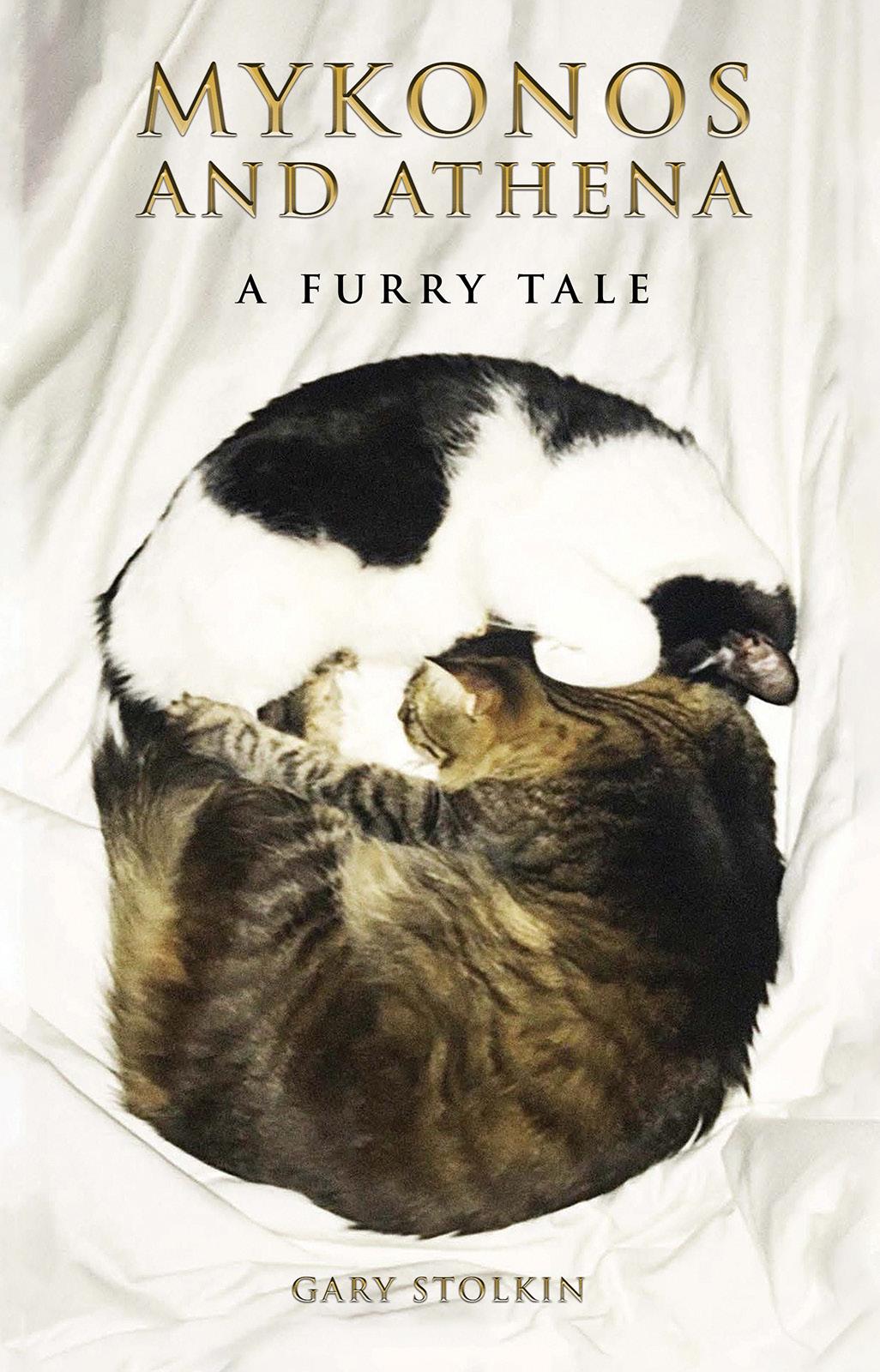
Gary Stolkin is a British entrepreneur and novelist. Raised in Essex and educated at Oxford, Gary founded the world's leading recruitment firm for the creative industries, has written for Fast Company and the Guardian, and is a five-time speaker at the Cannes International Festival of Creativity. In 2018, Gary decided to make better use of the interminable hours he was spending on airplanes to write his debut novel, Mykonos & Athena – A Furry Tale. He lives in Chelsea, south-west London, with Mykonos and Athena.
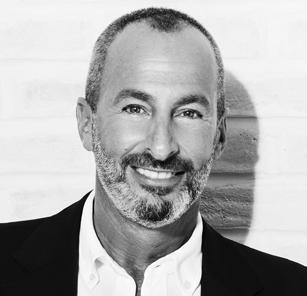

Conserving water has become a major concern with residential and commercial sites alike. From indoor application to landscape and irrigation outdoors, water conservation has been a goal for many builders and homeowners—and a lot of natural turfgrass is being wrongfully accused of excessive water usage.
Although synthetic turf is a rising trend for its environmental benefits, it is quite possible to grow natural grass while still conserving plenty of water. Many irrigation techniques have been made available through modern technology for using less water on plants, even during droughts.
Discover a few simple tips for saving water on lawns and how to get the most out of your water and save money on your water bill.
1. Refrain From Overwatering
One of the ultimate ways to save a ton of water is to simply stop overwatering your lawn. This is a common mistake many homeowners make as it’s incredibly easy to water too frequently or for too long. After all, the amount of time spent watering your lawn depends on many factors that differ for each household. For example, irrigation systems deliver different amounts of water, and various soil profiles have different water-holding capacities.
There’s also the misconception that more water is better, while too much water can drown or damage your lawn and encourage disease outbreaks. Many overwater their lawns out of habit by following a regular schedule without taking any weather into consideration. The majority of turfgrass only needs about 1 inch of water per week, including rainfall. If the weather forecast states it’ll be raining later in the week, or if it’s already rained, go ahead and turn those irrigation systems off.
A great way to save water is to audit your irrigation system. This will provide homeowners with information on how much water each zone of a lawn receives from each irrigation head so that adjustments like moving a sprinkler head or shortening the amount of time irrigation systems run can be made.
To perform an irrigation audit, use a few measuring cups or beakers and place them around the lawn to see how much water is being delivered to each area within a set amount of time.
3. Install Drought Tolerant Turfgrass
Selecting the proper turfgrass for your climate is essential for conserving water. Lawns tolerant of heat and drought will be less likely to require more irrigation during these warm, dry periods.
Depending on the type of grass, it may be possible to even let the lawn naturally go dormant during extreme dry spells to avoid overwatering. EMPIRE® Zoysia, for example, is a type of zoysia grass that will turn brown during periods of drought faster than a St. Augustine lawn will, but when EMPIRE turns brown, it’s entering a state of dormancy as a defense mechanism to conserve nutrients. When regular irrigation resumes, EMPIRE will leave its dormancy state and return to its lush, green color. On the other hand, when St. Augustine turns brown, it’s dying.
Drought-tolerant lawns are incredibly resilient and will bounce back as soon as cooler temperatures and regular irrigation return.
Drought Resistance vs. Drought Tolerance
“Drought tolerant” and “drought resistant” are terms used to describe different characteristics of turfgrass in relation to their ability to withstand periods of limited water availability, such as during drought conditions. While these terms are sometimes used interchangeably, they have slight differences in their meanings.
• Drought Tolerant: Drought tolerant turfgrass refers to grass species or varieties that can withstand or tolerate drought conditions without showing signs of stress or damage.
Drought-tolerant grasses can survive with reduced water availability by going into a state of dormancy or slowing down their growth during periods of drought and then recovering when water becomes available again.
• Drought Resistant: Drought-resistant turfgrass, on the other hand, refers to grass species or varieties that are resistant to drought stress. Instead of simply tolerating periods of drought, drought-resistant turfgrasses have genetic traits that allow them to use water more efficiently, such as reduced water loss through transpiration or more effective water uptake through their root systems. In turn, this keeps them from entering stages of drought stress.
It’s important to note that even drought-tolerant or drought-resistant turfgrasses still require some water to thrive, and proper lawn management practices, including appropriate irrigation, soil preparation, and maintenance, are still important for promoting healthy turfgrass growth—even during drought conditions. Here are a few turfgrass varieties that work well in drought conditions:
1. Bahia
2. Celebration Bermudagrass
3. Latitude 36 Bermudagrass
4. NorthBridge Bermudagrass
5. TifTuf Bermudagrass
6. Tahoma 31 Bermudagrass
7. Common Buffalo
8. EMPIRE Zoysia
9. Geo Zoysia
10. CitraZoy Zoysia
11. Innovation Zoysia
12. CitraBlue St. Augustine
13. Palmetto St. Augustine
14. Common Centipede
15. Seashore Paspalum
4. Follow Proper Lawn Care Practices
The best way to conserve water is to always maintain a healthy lawn. Most lawns require only 1 inch of water per week, either from irrigation or from rainfall. Deep, infrequent watering will encourage healthy growth as well as assist in avoiding water wastage. Avoid irrigating when the Sun is at its peak, but instead, water in the early morning hours. Always watch for stress in your yard and reduce irrigation as needed if overwatering becomes an issue.
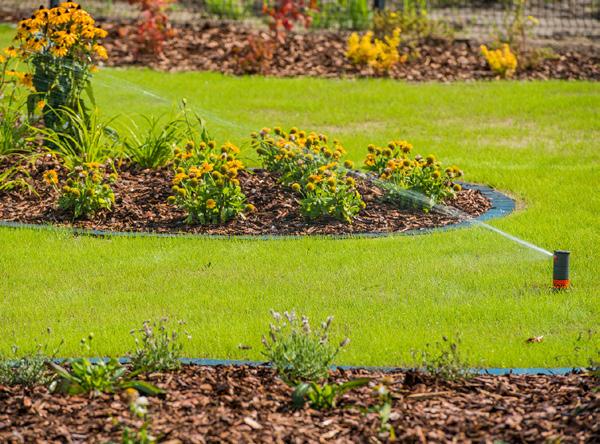

In the spring, it’s important to water more frequently but with less volume, as this will establish more roots after cold winter tem-
peratures and before transitioning to the hottest time of the year.
On the other hand, water less frequently and increase the volume a little bit to build deeper roots. Deeper roots going into the fall season encourage the turfgrass to have a better cold tolerance and hold more nutrients.
Water the lawn less as temperatures begin to drop. If the grass is watered too much, it could lead to disease during this time. Lawns generally only need about 1 inch of water weekly, including rainfall. It’s best to water a little less than this during the fall months, though.
Fall is one of the most opportune times of the year for fungus to start appearing. This becomes even more likely if lawns are overwatered or covered with fall leaves on the ground that create areas of shade.
Regardless of disease outbreaks, it’s best to water your lawn to prevent drought stress while the grass is actively growing.
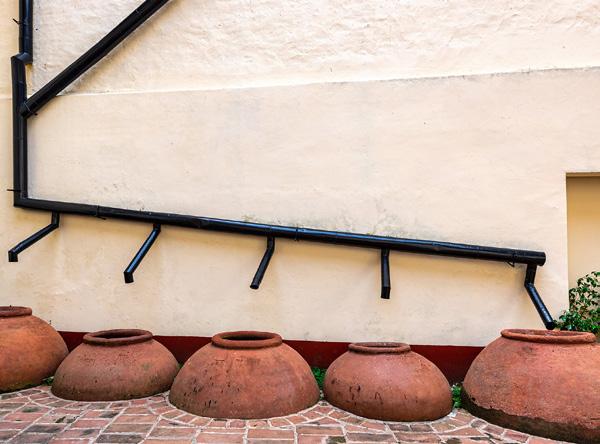
Lawns are living organisms that require water but don’t need nearly as much during the winter as they do during other times of the year. However, lawns in areas that experience dry winters should be watered enough so that the soil receives nourishment and keeps grass blades from drying out.
5. Irrigate in the Early Morning
Water the lawn in the early mornings—not evenings—as this reduces the chances of disease outbreaks. Fungus tends to grow in areas that are warm, dark, and moist, so when the lawn is watered in the evening, there isn’t a lot of sunlight to keep disease at bay.
It’s important to provide turfgrass with the water it needs. It’s good to follow a regular schedule to keep the lawn hydrated without forgetting, but watering the lawn when it doesn’t need additional irrigation is a waste of water and money. Lawns should only need ds.
1 inch of water per week. Perform an irrigation audit to determine how much water your lawn nee
A regular watering schedule also decreases the chances of chinch bug outbreaks. There is evidence to suggest that irregular lawn irrigation schedules may contribute to chinch bug outbreaks, although it is not the sole factor.
Chinch bugs are small insects that can infest lawns and cause damage by feeding on grass blades and stems, which can result in yellowing, thinning, and wilting of the turfgrass. Chinch bugs thrive in dry, stressed lawns, and their populations can increase rapidly under favorable conditions.
7. Adjust the Irrigation System
Making a habit of regularly checking the irrigation system to ensure proper functioning will save the lawn from being overwatered as well as add additional charges to the water bill. Things to check for include:
Leaks
Broken Irrigation Heads
Misaligned Irrigation Heads
Proper Spacing
Placement
Operation pressure
8. Use Modern Technology
The result of incorrect irrigation techniques often causes concern about water usage in lawns. Overwatering lawns is a common issue that not only wastes our natural resources but also leads to unhealthy turfgrass. Fortunately, numerous modern devices are available for homeowners to monitor their lawn’s moisture intake and set appropriate irrigation schedules.
Among the many tools to consider installing are rain-shut-off devices and smart irrigation systems. These simple yet effective devices will detect moisture in the soil and prevent your irrigation system from overwatering your lawn. Choosing a smart irrigation system over traditional water practices will save you time, money, and an abundance of water.
9. Level the Lawn
Leveling the lawn so there aren’t any pockets of standing water or puddles that accumu-
late in lower-lying areas is easy and reduces the amount of water you need to use when irrigating the lawn. Areas in the yard that might have an incline likely don’t absorb as much water as they should, while the lower areas probably receive too much water.
Puddles of standing water not only drown the lawn, but also open opportunities for disease outbreaks, which is just additional stress on a waterlogged lawn. Standing water also tends to serve as a breeding ground for mosquitoes.
Leveling the lawn can be as simple as buying extra soil to level out pockets of lower-lying areas. Regular aeration is also crucial for improving drainage and reducing water runoff.
10. Collect Rainwater
Using a rain barrel to collect rainwater is an excellent method for conserving water for lawns and putting it to good use. Simply collect the rainwater from your house gutters and pump the water out when you’re ready to irrigate your yard. Depending on the type of irrigation system you have, you may even be able to connect your rain barrel to the system for easy irrigation.
11. Apply Mulch
Mulching your turfgrass in the spring or fall is incredibly effective for conserving water. The simple mulch application will protect the plants from drying up and prolong the soil’s moisture level. Additionally, the lawn’s soil will soak the irrigation and rainwater more efficiently.
12. Leave Grass Clippings on the Lawn
Like mulching, leaving grass clippings on your lawn will encourage moisture retention in the soil. Furthermore, grass clippings act as a compost that provides beneficial nutrients as they decompose into the ground. Be sure to follow a proper mowing schedule to avoid stressing your lawn and smothering it with too many grass clippings.
Water usage should be fine in turfgrass if proper irrigation methods are used. Following these simple techniques, you can conserve water while maintaining a healthy, vibrant lawn.
• Mixing certain foods and drinks with prescription drugs can affect the way the medication is absorbed in your body.
• Timing and the size of your meals can also have an impact on the bioavailability of the drug.
• Pay attention to alcohol and dairy consumption, grapefruit, and foods high in tyramine if you're using certain medications, as they can cause side effects.
While many believe taking medication is a simple solution to achieve better health, the truth is a bit more complicated.

When taking certain medications, you need to pay attention to your diet, as some foods and drinks can significantly impact how the medication works in your body. Certain ingredients can either reduce the effectiveness of your drug or lead to serious side effects.
To help you avoid these dangerous interactions, Benjamin Bowers, founder of Satia. com, a fully plant-based meal replacement company, talks about the food/drink and medication combinations you should steer clear of in order to avoid certain health risks.
Acetaminophen and Alcohol
Alcohol and painkillers can be a recipe for disaster. Mixing alcohol with acetaminophen can put your liver in serious danger.
Acetaminophen is the main compound of a popular hangover cure - Paracetamol and Tylenol. Even though alcohol is generally heavy for your liver, adding these pills to the mix will make the job for your liver much more difficult. So, avoid mixing alcohol with acetaminophen, as it can increase the risk of liver toxicity.
If you're on certain antibiotics, such as Tetracycline and Fluoroquinolone antibiotics, used to treat a wide variety of infections, you should avoid dairy products.
Mixing dairy with these antibiotics can ruin their healing power. Dairy products can interfere with antibiotics' absorption in your bloodstream, leaving you vulnerable to infections and putting your health at risk.
Under specific circumstances, the delicious grapefruit juice can become a risky concoction. This seemingly innocent citrus drink can wreak havoc when combined with certain medications, including calcium channel blockers and statins.
Why can grapefruit juice affect your meds? Because of the CYP3A4 enzymes, which are responsible for metabolizing many drugs.

Grapefruit juice has been shown to interfere with the activity of CYP3A4 enzymes, which are responsible for metabolizing many drugs. This interference can lead to increased or decreased bioavailability of drugs, meaning that the drug builds up in your body, which can cause serious health problems. Luckily, grapefruit is the only citrus affecting these meds, so you don't have to avoid lemonade and other citrus drinks.
MAOIs (Monoamine oxidase inhibitors)and Charcuterie Boards
Indulging on a charcuterie board with a glass of wine might seem appealing and relaxing, but it may set your health back immensely if you're on MAOIs.
These antidepressants require special care when it comes to your diet, as certain foods high in tyramine, such as old cheeses and wine, can cause a dangerous spike in blood pressure.
Never Take Antipsychotics on an Empty Stomach
To reap the full benefits of your antipsychotics, make sure you eat up to 500 calories with them. Five hundred calories is a lot, so a small meal or a snack won't be enough.
Experts warn that taking ziprasidone (Geodon) without a proper meal could seriously impact its absorption, reducing its effectiveness.
Never Take Hypothyroidism Medication on a Full Stomach
If you're taking medication for hypothyroidism, make sure to take your pill first thing in the morning and wait for at least 30 to 60 minutes before starting your breakfast.
Taking your hypothyroidism medication on an empty stomach, and even before your morning cup of coffee, helps ensure that your body absorbs the correct dosage and that the medication is effective. Setting your alarm a little earlier than when you actually plan on starting your day can be very efficient if you're taking this type of medication.
Grapefruit juice has been shown to interfere with the activity of CYP3A4 enzymes, which are responsible for metabolizing many drugs.Photo by By YevheniiaAdobeStock
 By Isabella Rolz
By Isabella Rolz
The highest mountain range in Guatemala is known for its uniquely cold and humid temperatures. La Sierra de los Cuchumatanes is unlike the rest of the country — a difficult region to farm. But it’s also one of the most biodiverse spots in the region, and where llamas, who thrive in a cold climate, can be found.
More than two decades ago, the residents of Todo Santos, a small town in Chiabal, Huehuetenango, came up with the idea of importing llamas from Chile. The cool temperatures of their village were closer to the Andean Mountain Range in South America rather than the rest of Guatemala. In Latin America,
llamas are found in Bolivia, Peru, Ecuador and Chile — they need low temperatures to survive.
The residents brought 32 llamas from Chile to use as a means of transportation, to produce wool and sell their meat. The animals were distributed among different families of Todo Santos; to use however they saw fit. Marcos Cruz, 46, and his family received four of the llamas. A long-time animal lover, Cruz could not bear the thought of using the animals for any of these purposes — each struck him as exploitation. As a practitioner of the Mayan culture, Mam, “protecting and caring for animals is a priority for me and my family,” he explains in Spanish.
Cruz learned how to care for the llamas instead, and since he had experience with other animals, such as sheep and horses, he realized what kind of maintenance they required to survive. “It was a challenge at first because coming from another country, for example, the grass they ate was not the same we have here, and we did not know when they were sick and how to react to their illnesses,” says Cruz.

Along with his family, he came up with an innovative idea: show tourists who visited Huehuetenango that llamas can live safely and unharmed in this area of Guatemala. It took several years for Cruz to transform his ranch into a tourist site where visitors can observe and learn about these animals. “Now, we show both locals and foreigners how we care for them, what they eat, how they are treated daily and most importantly, we let them interact with them. After all, they are animals only found in this part of the country, making their visit unique,” he says. Cruz and his family currently have 13 adult llamas and three newborns. “We are proud to know how to reproduce and not misuse them. The other families that received the llamas abused and mistreated them, and this was miserable to witness,” Cruz says.
Huehuetenango is a region that, due to its cultural richness and Mayan legacy, is seen as significant by the Guatemalan Institute of Tourism, especially the way residents protect the environment, including the animals who live in its ecosystem. “Within our framework, our number one project is to promote sustainable tourism in Huehuetenango,” and this has everything to do with climate change, says Edy Chicas, Delegate of Huehuetenango for the Guatemalan Institute of Tourism.
Chicas works with the villagers, a very close-knit community, on a wide range of environmental issues, including dealing with waste, climate change and sustainable tourism. So far this year, the Guatemalan Institute of Tourism has given approximately fifteen talks per village, each lasting around five hours. “Our goal is to make sure that this tourist culture, composed of both the visitor and the person who receives the tourist, interacts with one another in the best possible way. By this, I mean that both parties are aware of the importance of keeping the tourist sites impeccable, so that their beauty is shown and its environment is maintained in excellent condition,” says Chicas.
Photo by Chris ZhFFor example, there are programs aimed at forest governance. Some villagers have been reportedly cutting off the tree’s bark, which is damaging not only to the tree, but the entire ecosystem. Through the training, villagers learn how essential it is to prevent this kind of damage, as well as other types of illegal logging, through sustainable forest management. “This is a way to reduce climate change through the preservation of forests,” says Chicas.
Another example is one project used by the Cruz family to keep the village free from garbage. The characteristics that make plastic a durable material for humans also make it a danger to animals when left uncollected. “In some cases, we see farm animals try to eat the plastic,” says Cruz. “We visit the sites and do cleanup days where we bring rakes, brooms and garbage bags to clean the areas and teach villagers the importance of keeping these places intact,” says Chicas.
They villagers in turn teach tourists how to do their part to minimize their impact on the ecosystem. Community members make signs that say, “No littering, please. Leave it with your belongings.” During these campaigns, villagers collect large amounts of solid waste, separate them and transport the waste to a treatment plant for final disposal. According to residents, the quantity of abandoned garbage has since decreased.
Maintaining the farm is of paramount importance to Cruz and his family, and Chicas sees this as powerful. “Because tourists find it wonderful and desire to come back, we want to replicate this in all the tourist communities of Huehuetenango.” Chicas
adds that for him, sustainable tourism creates what he refers to as responsible tourism, where a link is established between the visitor and the receiver, and where both are conscious of protecting the environment.
Cruz and his son have also learned to use different social media platforms such as Instagram, Facebook and Tik Tok to launch the Llamas de los Cuchumatanes Project, which shows how they give care to the llamas, and how they work to protect their surrounding environment.
“We like to show how this is a community initiative and a family project. We also want our audience to know that the llamas are well-maintained and that we keep the farm clean,” Cruz says. He also explains that he wishes to encourage other families in his community which own llamas to care for them similarly, and avoid misusing them.
“The llamas are one of the main attractions of the La Sierra de los Cuchumatanes,” says Chicas. The Cruz family has been able to make the most of hosting these animals without abusing them. “The goal is to replicate their tourism strategy with other families from the village.”
“We are humble people with scarce resources who come from a tough socio-economic background. However, this does not stop us from protecting our land, animals and culture,” says Cruz. “We are family people and we like to interact as a community. For us it’s like having a child, a family member.”
She is passionate about writing stories on social issues, gender, poverty, and Central America.

